




Hello,
We are so excited to share issue 9 of Rarity Life magazine with you, the first of four we have planned for 2024. Rarity Life is your magazine, created to share the voices, experiences and knowledge of those affected by, or interested in, rare disease, disability and cancer. By telling our stories we can celebrate and share our differences, and crucially, we can be heard.
When my son, Eddie, was diagnosed with a rare disease it felt overwhelming at first, and although we talked to our loved ones, we didn’t feel ready or able to share our experiences within our wider community. In early 2016 we took part in the ‘Rare Project’ with Same but Different, and sharing the beautiful photographs alongside our written account provided us with a way to talk about what we were going through. As a team we are passionate about helping our community to share their stories in a way that truly reflects their lived experiences, and we are honoured to be trusted with such an important task.
Thank you for taking the time to read our magazine, please share far and wide. As always we welcome your thoughts and ideas for future publications, we love hearing from you.
Same but Different
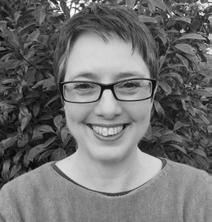
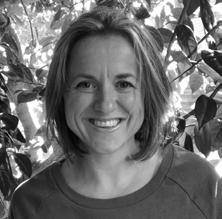
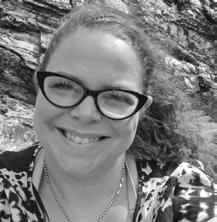
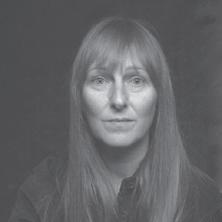
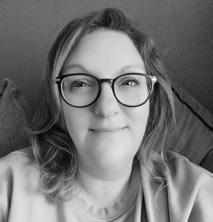

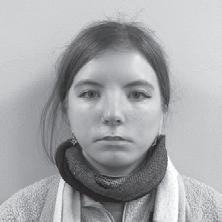
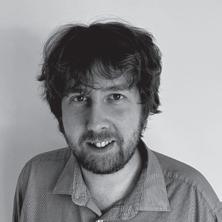
Jump into Spring with our style feature modelled by Katja. A time to celebrate the new season and embrace the longer days. Katja has Moebius syndrome, which causes facial paralysis, but she has not let it hold her back. Find out more in the ‘My Life’ feature.

Dress: Brown Textured Midi Shirt Dress
£45.00
Sizes 6 to 18
View online
All photographs by Ceridwen Hughes
Make up by Cathryn Rawlinson Bridal Makeup, @madeupbycathryn
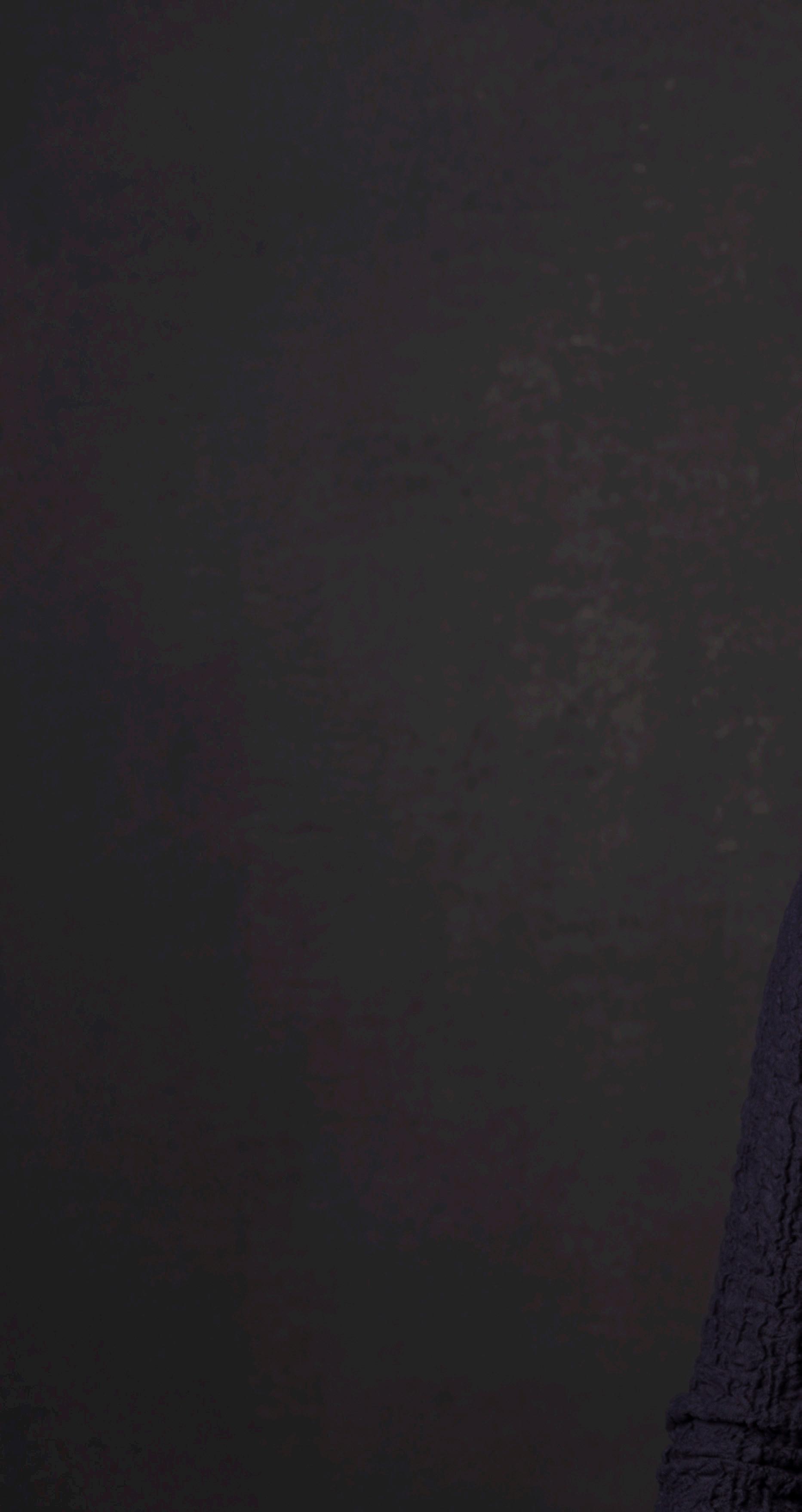

www.samebutdifferentcic.org.uk
Waistcoat:
Pink Button Up Longline Waistcoat
£45.00
Sizes 6 to 18
View online
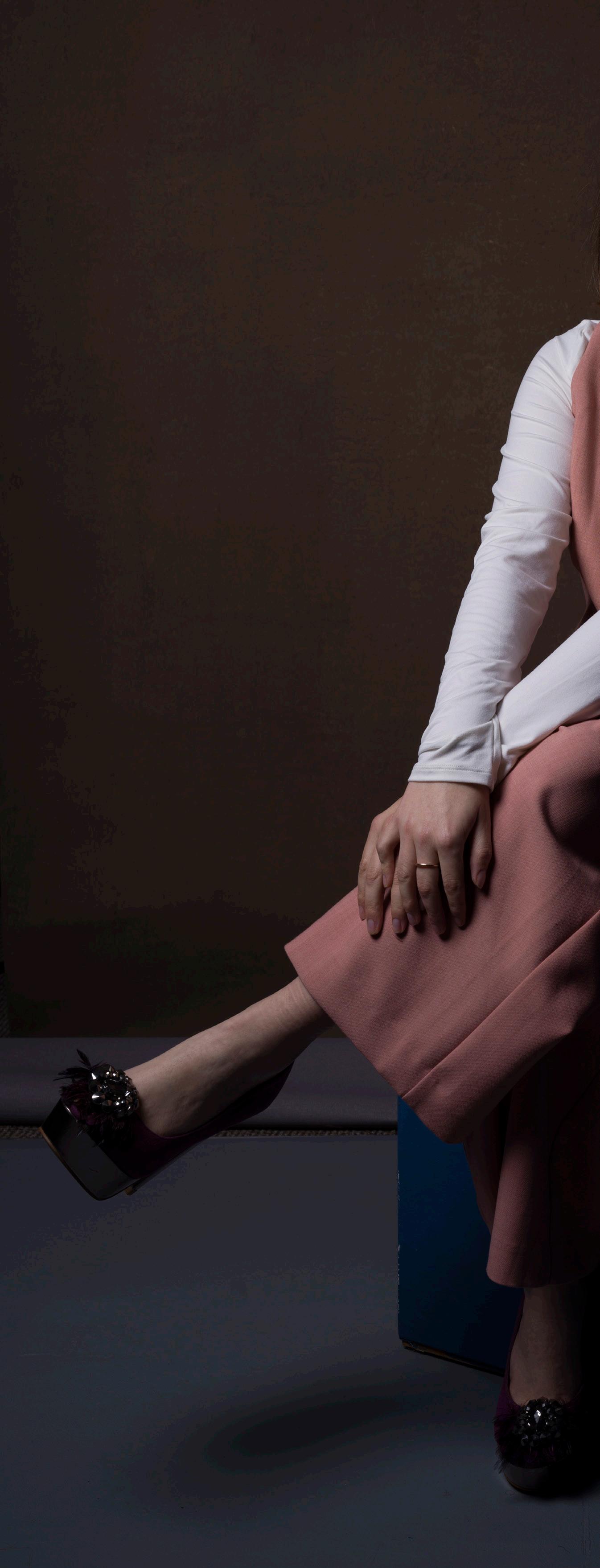
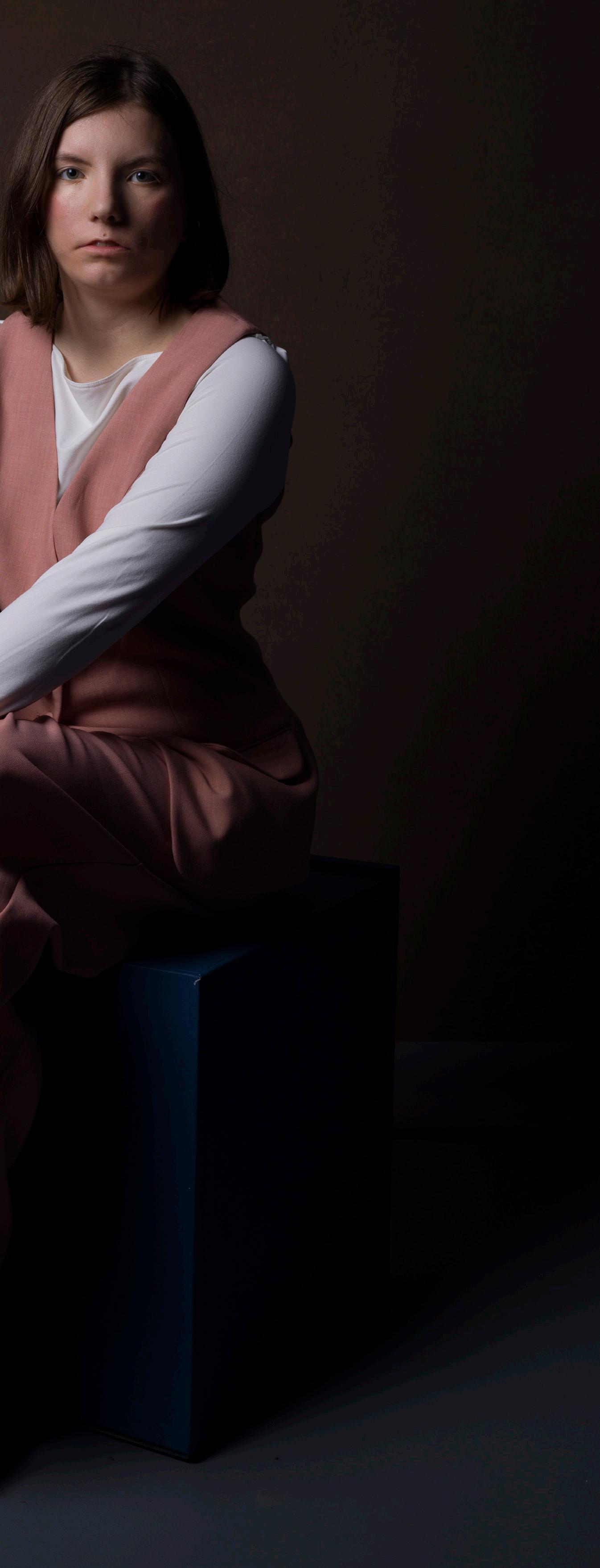
T-shirt: Long-sleeved jersey top £9.99
Sizes XL to XXL
Trousers:
Pink Pleated Wide Leg Trousers £40.00
Sizes 6 to 18


“Finding people who accept you can be hard, but it is possible, and you will always be deserving of the kind of respect and understanding that you give other people, no matter what you look like.”
Jeans: Baggy Regular Jeans £37.99
Sizes 4 to 24
Jacket: Single-breasted twill blazer £32.99
Sizes XS to XXL

I have found that, typically, it’s seen as cool to be different unless you are the wrong kind of different: the inconvenient kind that confuses and thus makes people uncomfortable. Growing up as a child with a type of facial paralysis called Moebius, I always felt like I was too much for a lot of people but could never really grasp why I felt that way. I knew I wasn’t the typical definition of ‘normal’ because my facial muscles were weaker than the average child’s, but I felt so normal that it deeply frustrated me when people treated me like a thing that needed to be fixed.
I found secondary school to be a nightmarish experience, despite how lucky I was to not experience bullying from classmates. I was assigned TA’s in every class, although I knew I was capable of independent working, I felt over-coddled and distrusted to perform on the same level as other teenagers. Sheets would be printed for me in bigger writing without my having requested this as I was perfectly capable of reading the regular sizing. My TA would mix dough in food tech for me despite me insisting I could do it myself. I was constantly being pestered to wear my glasses, which I refused
to wear because surely if I had two forms of braces (retainers and a back brace for scoliosis) I shouldn’t have to wear glasses as well?! I was very angry and bitter as a teenager even though I tried not to show it.
I didn’t know how to explain how I felt without sounding ungrateful but I felt like a pity project and have always disliked being pitied as, personally, I associated this with people believing there is something about me they need to show remorse for.
Between the ages of fourteen to eighteen I found myself caught in a continuous vicious cycle; I hated my face, I felt angry I couldn’t look ‘normal’ like everyone else I knew, I felt guilty because I ultimately knew I was living a privileged life despite all this, and guilt fed right back into self-hatred. I began to feel like my life would always be defined by how I looked and how other people felt about it. The other problem, which I’m sure other people with facial paralysis will recognise, was the constant disconnect between what I believed myself to look like and the way I looked. When you see everyone in your environment use their faces in a certain way, for instance, to smile, it makes an irrational yet powerful part of your brain assume that you, too, look that way. I would always picture myself smiling when I felt happy and would find it jarring when, snapping me out of this reassuring reverie, people would ask me questions like ‘what’s
wrong?’ and ‘why are you making that face?’ Whenever someone jolted me out of this comforting image I’d created for myself I would feel very upset and defensive. Disabled people are not represented enough in popular culture; this idea that we are not ‘normal’ feeds on people not having any basis on which to form an understanding of this kind of diversity. We are made to feel so alien when we are just people, and people are far more different from each other than most of us would like to admit.
My way of seeing myself really began to change at nineteen when I had spinal fusion surgery for my scoliosis. Ironically, there was no big before and after in my life after this surgery. Instead, I began to realise that while my face did not work how I wanted it to, the rest of my body did, and that I was immensely lucky to be able to use most of it in the way I wanted. I began to go running, swimming and cycling and began to feel much happier. Recovery from spinal fusion was horrible and not something I would ever want to endure again, but it did boost my confidence and sense of self-worth in a truly incredible way.


After completing my undergraduate degree in History at the University of East Anglia (UEA) at twenty-one, I landed an internship working for UEA on a community project. Most of my university friends had left, so I found myself in a house shared with three strangers whom I met and connected with so quickly, in the span of a mere year, that I will never believe how lucky I was to meet them. This year in Norwich solidified my belief in myself; my employers were inspiring, enthusiastic and genuinely liked me. My social life was fulfilling and exciting. My body had really started to feel like mine. These experiences gave me a new sort of courage I hadn’t had before. All these people had accepted me so easily that it made me believe that was the way things should be instead of the way things could be if I tried hard enough.
After my internship I ventured on to Edinburgh, having been accepted into an MSc programme in Intellectual History at the university there. The people I met served to strengthen my newfound belief in myself. I started learning to play the violin, joined and sang in the university choir, completed a 10k race with two of my friends and worked in a little independent café where the staff became my Edinburgh family. The people I have been lucky enough to share my life with so far, especially in recent years, have made me realise that kindness and understanding are fundamentally important, and that there are so many more people in the world
Headband: Velvet Twist Knot Headband Elastic £4.59
View online
Jacket: Faux Leather Girlfriend Biker Jacket £69.00
Sizes 6 to 24
View online
Hat (page 13): UltraKey Women Felt Hat, £19.99
View online
who will show you kindness and understanding than those who will withhold them from you.
I know I say this having been very lucky with my life circumstances: I grew up in a middle-class city, went to a good school and university, and may have just happened to meet good people by chance. That being said, I want to reassure anyone reading this that you do not have to prove yourself human to people who refuse to see you as anything other than alien. You are yourself, and you have the power to know yourself better than anyone else. Finding people who accept you can be hard, but it is possible, and you will always be deserving of the kind of respect and understanding that you give other people, no matter what you look like.
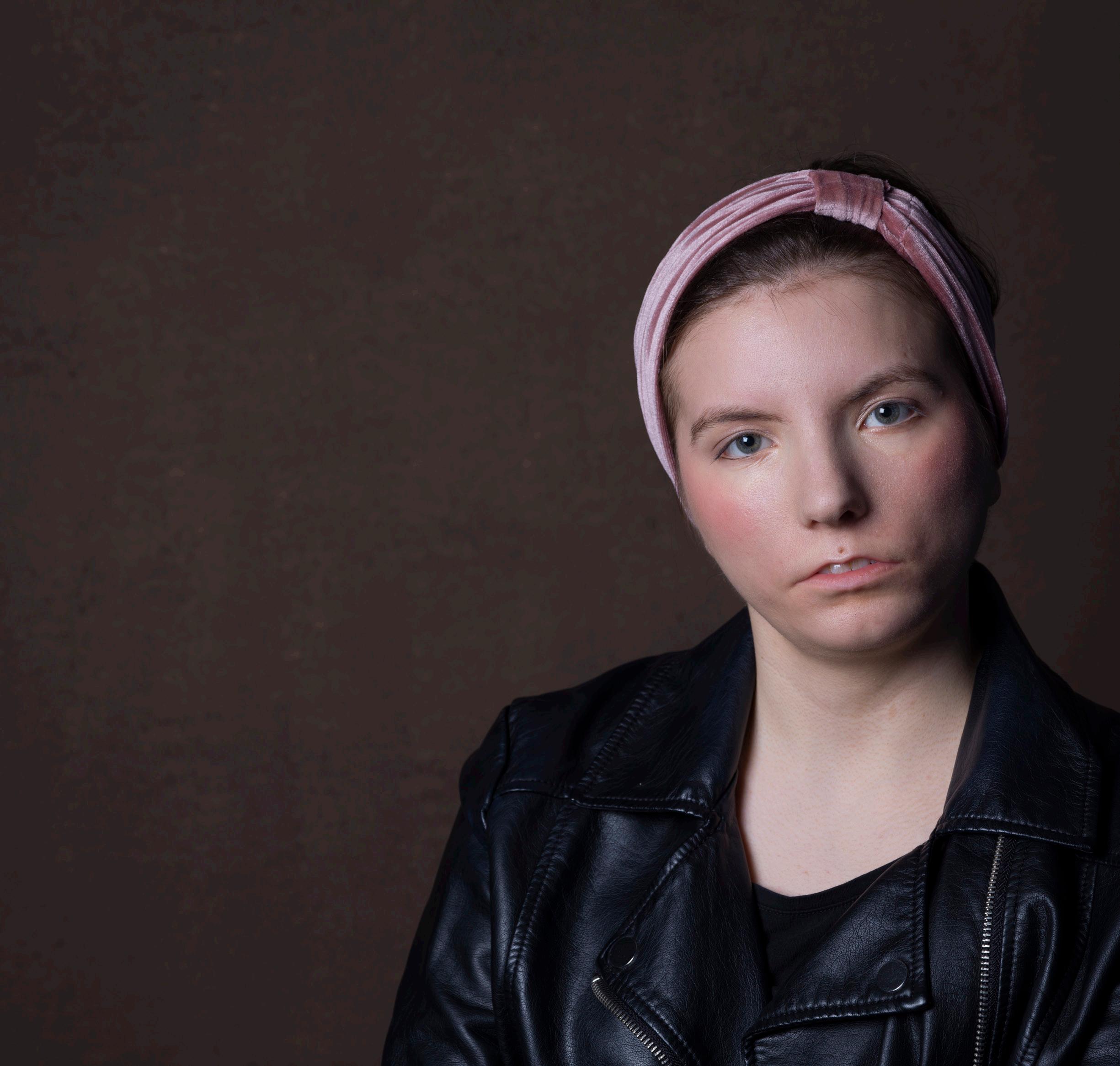

Moebius syndrome is an extremely rare neurological disorder which is present at birth. The exact incidence is unknown. It is characterised by weakening or paralysis of the muscles in the face which control expression and lateral eye movements. People born with Moebius syndrome are unable to smile or frown, blink their eyes, or suck, although sometimes only one side is affected. Predominantly the sixth and seventh cranial nerves are involved but other nerves may also be affected. The sixth and seventh cranial nerves are pairs of nerves (one on each side of the face) which send messages from the brain and are responsible for certain facial movements and sensory functions. With Moebius syndrome, these nerves are either absent or underdeveloped, resulting normally in bilateral facial paralysis, although sometimes only one side is affected.
For more information visit:
Facial Palsy UK
Moebius Syndrome Foundation
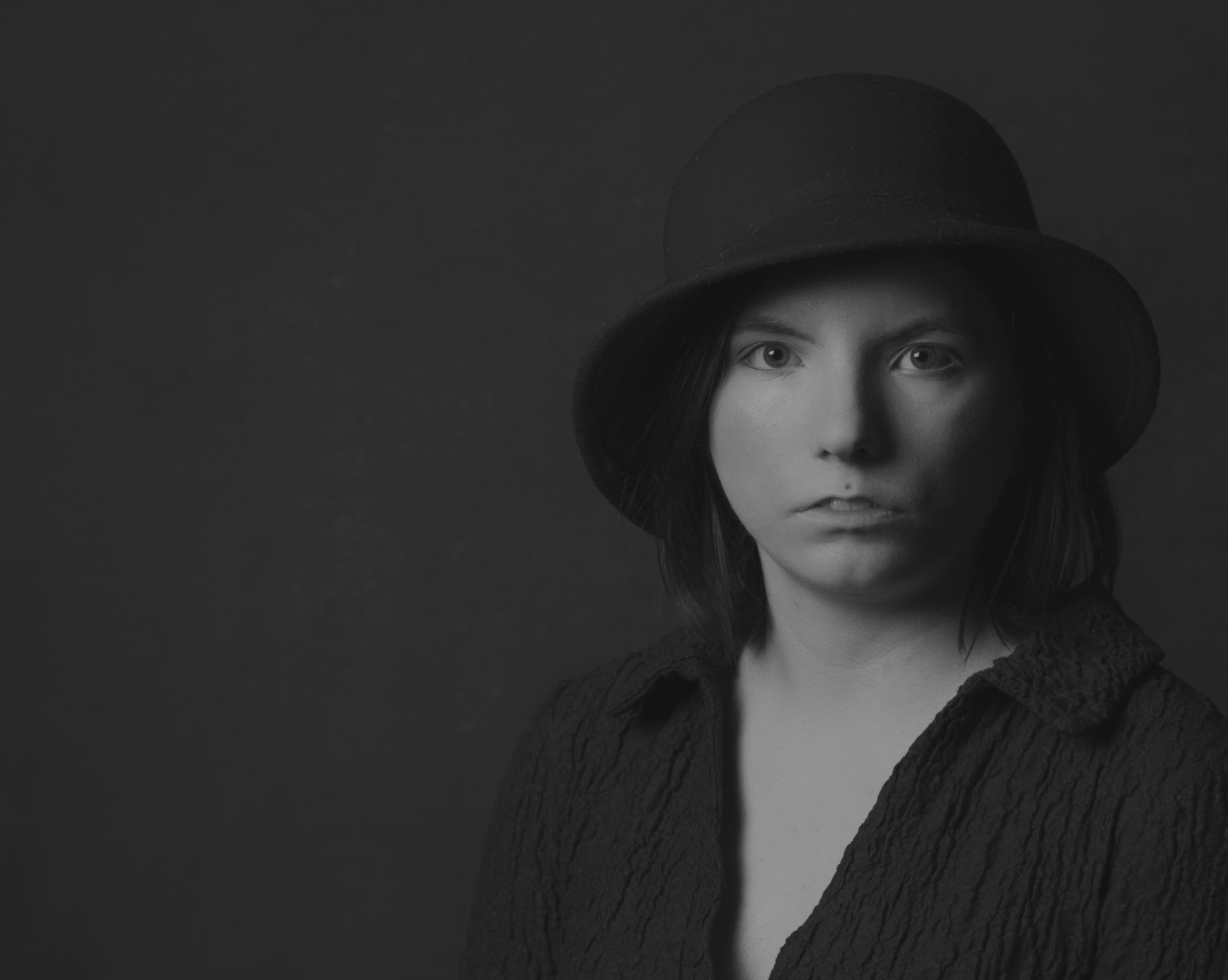




We first met Percy when he was 2 years old. Diagnosed at 7 weeks with PraderWilli Syndrome the family have adapted to living life with Percy, and accomodating his daily needs. He originally came along to the studio with his mum Susan and dad where they spoke about the worries for the future.
“Percy is a very sociable little boy who loves attention. His two brothers are so
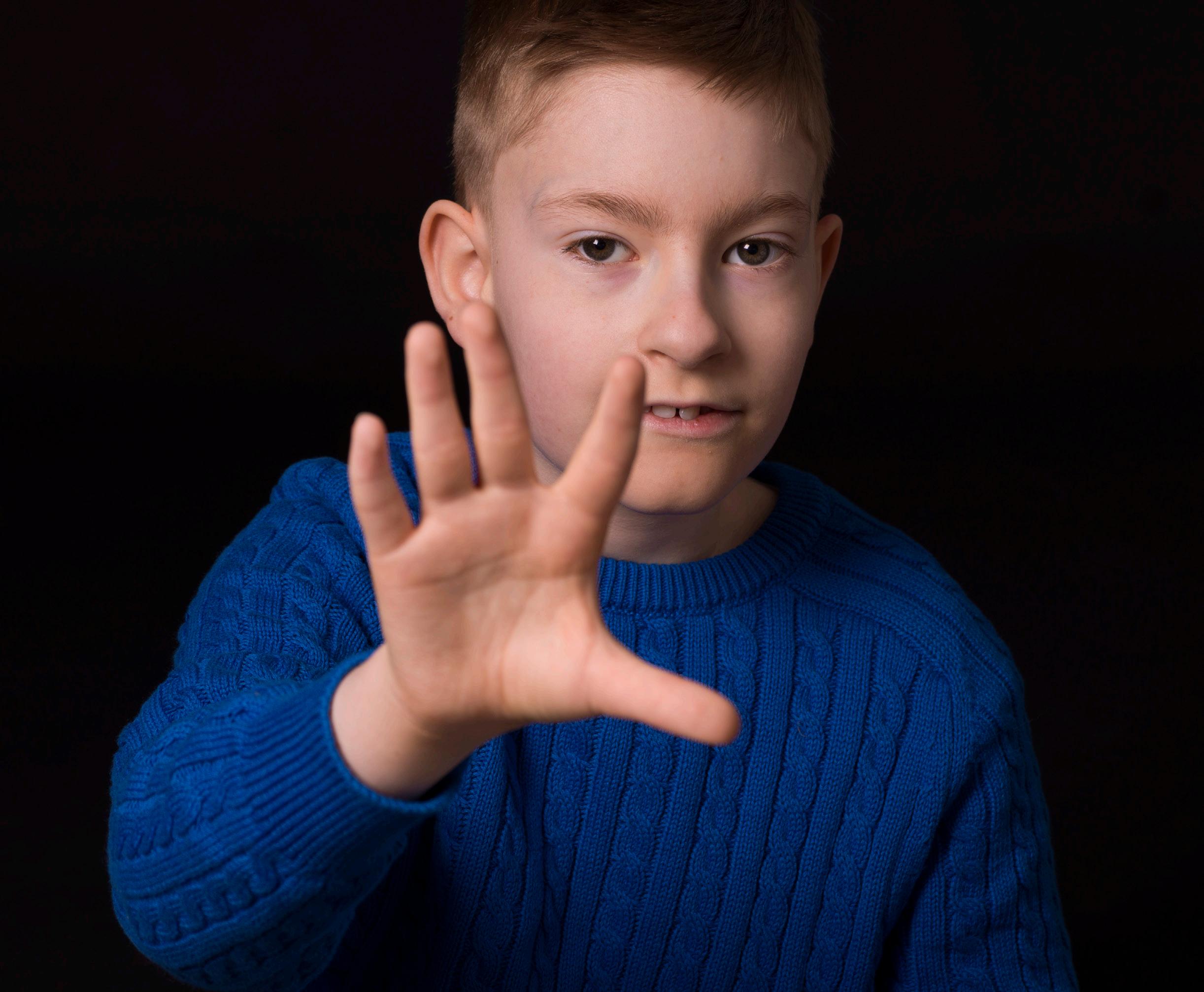
close to him and he loves to spend time playing with them. His bubbly personality and bright smiles really make sure he captures the hearts of anyone he meets. To be told that there is nothing we can do to stop it is the hardest part. Percy has Prader-Willi syndrome and when we were given
his diagnosis, we were devastated but in some strange way a bit relieved as his diagnosis could have been so much worse. Prader-Willi is a rare genetic condition that, amongst other issues, causes the person who has it to have a constant desire to eat. They are driven by a permanent
www.samebutdifferentcic.org.uk
and all-consuming feeling of hunger and can easily lead to dangerous weight gain. People with this syndrome also can have restricted growth and low muscle tone.”
Today age 10 Percy is thriving with the love and
support of his family. We spoke to mum Susan about how he is getting on, and Percy happily came along to the studio for a catch up. Like many 10-year-olds he is sports mad and loves football, in particular Wrexham F.C. and Harry Kane, although he will watch any sports. For him having a lock on the kitchen is just a normal part of everyday life, it is no different to just locking the door as you leave home. “When we first put the lock on it took us getting used to it, but as time has gone on it gets locked all the time now. If it isn’t locked, Percy does tell you and will remind us to make sure it’s locked. There have been times in the night when Percy has got up to go to the kitchen for food. He doesn’t feel happy about it and does feel upset. Having the kitchen locked he says makes him feel happy and less anxious.”
Currently, food control is working for Percy and with help from a dietician, he is at an ideal weight. “I don’t monitor his calories as closely as I used to. At the moment he is on around 1000 calories per day. We use a certain size plate and a certain size bowl every day so we can judge
portion sizes more easily. We stick to the same foods for breakfast and lunch and then we eat similar meals in the evening, just sort of alternating. We all eat the same. By sticking to the same breakfasts and lunches any changes in his weight I know if it’s from the evening meals or if he’s been snacking, and it’s just easier to control.”
During school, if something is happening such as a birthday where there will be cake, Susan sends in a treat such as a sugar-free jelly that he can enjoy. “I always have something in place. Just so that he’s got something a little special. Sometimes I let him have the school treat, I don’t want him to feel left out. The school inform me of the calories that are in it usually, and I can adapt his diet at home. He does notice if the other children have cake, but he is ok with it if he has a treat such as jelly as he doesn’t have them often. He also goes trickor-treating at Halloween. The sweets get put away, and he’ll just get one every so often, a little treat. He is not completely removed from doing that.”

As he is growing up Percy does know he is different with food. “He’s not started being really hungry yet, I think that’s probably going to come a bit further in the future. To be honest, we’ve been quite lucky that it hasn’t sort of ramped up like that. He’s definitely got more interest in food. So he’s got a keen eye on what you’re doing in the kitchen or if I’m shopping. If he gets on YouTube, he loves watching videos about food.”
The family are very aware and considerate of Percy. It hasn’t changed since he was little. Nothing more has been needed

to be put in place and food safety has become second nature to them in the home.
His older brothers have also adapted to his needs. “They’ve not got a problem with having food, and there’s lots for them in the kitchen. We just make sure they don’t leave food lying around, and that they don’t take food to their room.
It’s not a big change that they’ve suddenly had to do because they’ve grown up with this.”
After his diagnosis at just 7 weeks old, the family contacted the Prada-Willi Syndrome Association. It was invaluable having the support where questions could be answered. The family have raised funds for the charity and plan on doing more in the future. Alongside the charity, they found support from online groups such as Facebook forums and peer support groups which have been invaluable.
Holidays are still tricky at times and the family do not use food as rewards, or give it as a gift at Easter for example. There have been difficulties in the past where he has been gifted an Easter egg from a well meaning person and Susan has had to explain his condition. This is where awareness is so important.
“When I do speak to people, they can be quite dismissive and say ‘Oh, yeah my son’s always hungry.’ So, it is difficult to explain to people that it’s not just hunger, they don’t understand the effects it has. Especially with Percy looking so healthy.”


Percy attends numerous hospital appointments every few months. “He goes in to have his checkups about every four months. He gets to see the endocrinologist and we see the dietitian. We keep in contact with them and have regular phone calls just to make sure he’s keeping on track. Scoliosis is very common in people with Prader-Willi, around 70% of people get it to some degree so he’s checked regularly along with bone age and density as he could develop weaker bones due to lacking vitamins as his diet is restricted. His bloods are taken every 4 months to
check his thyroid, cholesterol levels and to check for vitamin deficiency.”
“Currently, he has a growth hormone injection that helps with the muscles, which also means he can eat slightly more as well. He will be on these until he is 18 but they are looking at having people on it for longer. At the moment there are some trials ongoing for certain drugs to help with PraderWilli but we will have to wait and see what that brings in the future.”
The future is still a worry for Susan and the family. “I still don’t think he’d be able
to live independently. He’s going to have to have things in place like supported living. It makes me sad as he’s very capable in all areas it’s just that one thing of not having control of the hunger in the future that could hold him back. I still worry about what’s to come. This hunger thing can start at different ages, so, it’s waiting for it to happen. We have no idea how strong that feeling will be, it’s always a worry.”
One thing is for sure, Percy inspires his family and the love they have for him is abundantly apparent. “My oldest son did sports at college. He is a sporting coach and personal trainer. That’s all because of wanting to help Percy and keep him fit and healthy. That’s what he chose to do afterwards. Percy loves to join him when he is doing exercise.”
“As a family, we live in hope that one day they find a way to control appetite and this constant hunger can be alleviated. We hope that by sharing our story through the Rare Project more people will be aware of conditions like Prader-Willi and that they will not judge someone because they look or act differently.”
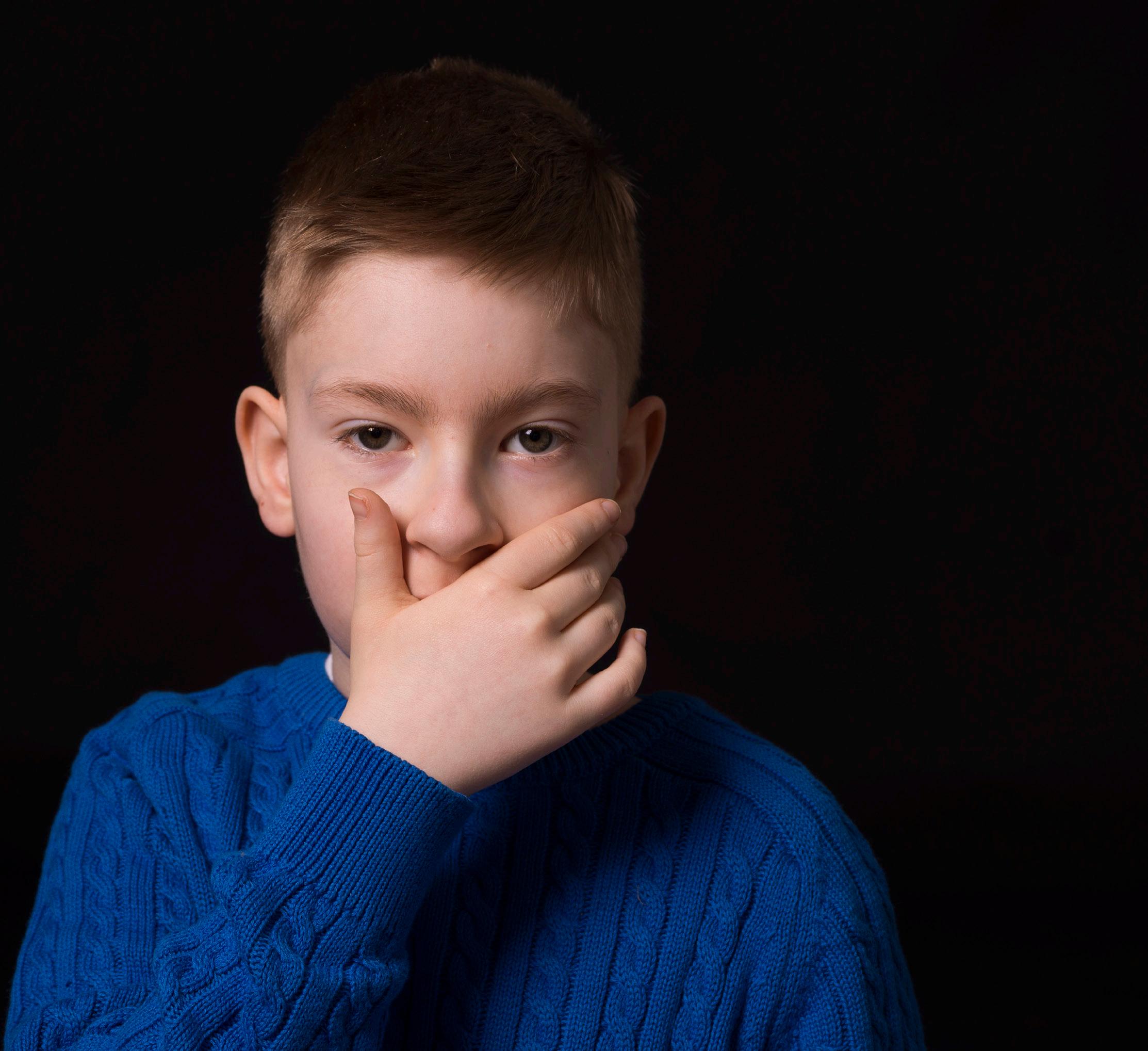

About Prader-Willi Syndrome
Prader-Willi syndrome (PWS) is a rare, complex genetic disorder that affects both males and females from birth and throughout their lives. It causes low muscle tone with consequent motor developmental delays, a mild to moderate learning difficulty, incomplete sexual development, and emotional and social immaturity, which can lead to challenging behaviours. During childhood, an overwhelming and insatiable chronic appetite usually develops which, without rigorous food management and exercise regimes, leads to food seeking, stealing and life-threatening obesity.




Registered Charity No: 1155846
About
PWSA UK is a small charity providing lifelong support to all those affected by PraderWilli syndrome (PWS). PWS is a rare genetic condition causing an overwhelming and uncontrollable drive to eat that can be life-limiting, as well as learning and physical disabilities. We provide a dedicated helpline a comprehensive information hub, a regional network of peer support groups with a varied programme of community events, training for professionals working with those with PWS, and support for vital research. Our aim is to help our amazing community overcome the challenges and live life to the full with PWS.
There currently is no cure for Prader-Willi Syndrome. Visit pwsa.co.uk PWSA.CO.UK
c/o Metcalf’s Commercial
Decorators, 3 Deer Park Road, Moulton Park, Northampton
PWSA UK About Prader-Willi


Taming our conversation was like trying to train the interwoven branches found in one of Luke’s drawings. Two creatives chatting together is perhaps not the best start to an article. However, as we are both parents with a child who has a disability it is often hard to squeeze all those thoughts and shared experiences into just one conversation.
Luke Adam Hawker is an artist who connects with his audience on so many levels. Through his books, his beautifully curated Instagram feed that features short films and glimpses of life behind the scenes, and most of all through his art. His most recent book ‘The Last Tree – a seed of hope’ asks the viewer to ‘imagine a world without trees. A world that is in many ways like our world, but where magnificent canopies, tree climbing and leaves rustling in the breeze are now only distant memories.’
I can’t help but wonder if this description is also a
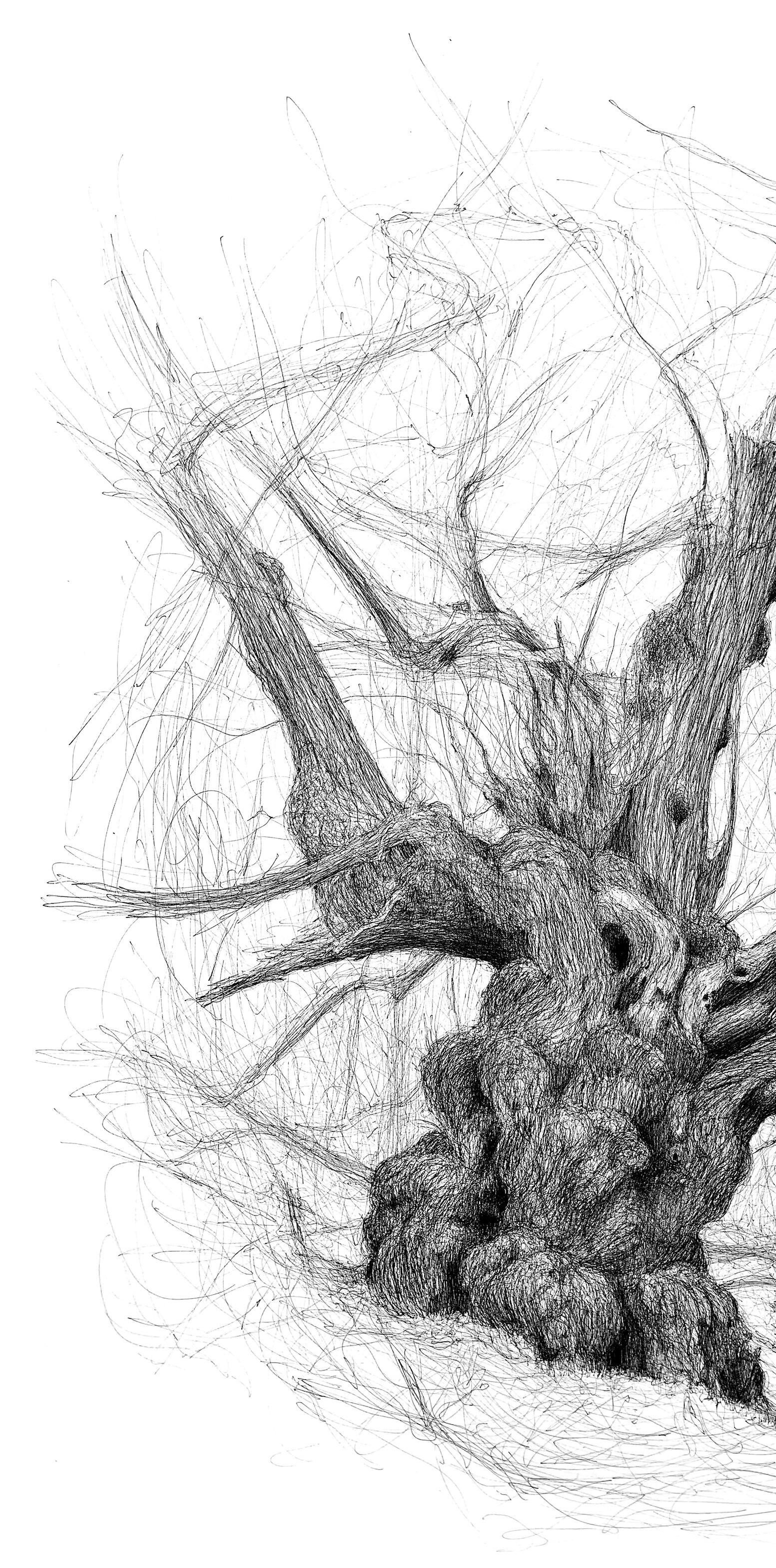

recognition of the fragility of life experienced after the birth of his son and finding out that he is now a parent to a child with a disability. The overwhelming love he feels for his son and, as with any parent, the inability to imagine a life without him.
Luke and Lizzie’s first introduction to the, sometimes difficult, journey to parenthood started just after their 20-week scan. “After the scan, we went to Scotland for our first break for a while, in a campervan. We had just found this perfect camp spot and we got a phone call saying there were concerns. The scan showed a 1 in 30 chance of Down Syndrome. We were just shellshocked. We packed up and drove 9 ½ hours back for more tests.”
“We then had a week long wait for those results to come through so I did what I always do when I have something difficult to cope with, I dig! I dig and I dig and it helps me cope.”
“I remember the exact place I was standing when the call came through. They said the results had come back negative and the chances of Down syndrome were tiny. I just collapsed, physically collapsed to the floor and shed tears of joy and relief.”
Luke explained that this experience gave him the realization, for the first time, just how much this person ‘who wasn’t even existing outside in the world meant to me’.
Harry’s birth was extremely traumatic and required ventouse delivery (where suction cups are placed on the baby’s head so the delivery can be assisted). “It felt like such a violent act and when he was delivered his head was just so distorted. He didn’t scream and was barely breathing. At that moment, it was so strange that all I could think of was that scene in 101 Dalmatians where they are rubbing the puppy back to life. I think it was just the shock and my coping mechanism. Everyone was asking me if I was ok. It was all such a shock.”
From day one, Lizzie felt that something wasn’t quite right. “I should have understood the power of a mother’s intuition, but I just didn’t. It took me a bit of time and so I really did not help initially.”
Without a clear diagnosis as to why Harry was not meeting his milestones, he was offered full genome testing through the 100,000 genome project. It took over a year to get the results and then they were told that something had been discovered and were given a date for a week later to discuss the findings.
“I was in bits waiting for that week to pass. I kept busy digging yet more holes, just trying to keep occupied. We went to the appointment and the consultant said he had something called Klinefelter syndrome. We were just handed a leaflet and that was it. We were given no real information and felt like the consultant knew very little about it himself.”
“We had to do our own research and just wanted to know as much as possible about it. It turns out it is not rare at all as 1 in 600 men could have it, but many never know as it can be extremely mild - or severe, as is the case with Harry. From what we know of the condition though it does not explain many of Harry’s difficulties so we are still searching really.”
Harry has had on-going health difficulties, especially in the last year where he has had pneumonia four times. “This last time
he has been incredibly poorly, so much so we thought we might be losing him at one point. We were so close to him needing to be intubated. No parent wants to hear that their child can’t get enough oxygen to breathe. It was unbelievably hard. I felt like I had to be strong but afterwards, I just felt numb. Every parent is obsessed to a small degree with their child’s health, but I have really struggled and it became overwhelming.”
Luke was open about the dread he feels about future conversations with Harry about what his diagnosis might mean to him. However, they are trying to live each day at a time. In addition to the bouts of pneumonia, Harry has suspected mild cerebral palsy, is non-verbal at the moment and has mobility issues but despite all his difficulties, he is a happy child who loves to communicate through Makaton and shares the love of the outdoors with his parents.


“I wouldn’t change anything about him. It’s mad, I want him to overcome these hurdles, but I wouldn’t want to change his qualities. He is such an empathetic child who is joyful. As a parent, I experience his struggles but it has given us so much too. There are so many life lessons I would not have had without going through this experience. We don’t know what the future holds and thinking about things like how he will cope in future and those difficult conversations to come keep me awake at night but for now he loves life.”

For a while it was difficult for Luke to cope with the anxiety that has come from the traumatic birth, the undiagnosed condition and his son’s ongoing health challenges. Recognising that it was affecting his life, at some points he has not even
been able to draw, he has started seeing a therapist. “There’s no quick fix, I wasn’t even interested in drawing, despite using it as a coping mechanism. I didn’t want to talk to Lizzie about it all because then it brings the darkness into our everyday lives. Speaking to a therapist will hopefully help cope with the next book too.”
He explained how he used to be much more content with the simple observation of admiring something and capturing that sense of place drawing it. However, his experiences with Harry have meant he wants to achieve that deeper narrative through his art.

“For me, drawing has been an important coping mechanism. Although a coping mechanism implies that it’s just about keeping you above water, I think it’s more positive than that. Once you put pen to paper you can, somehow, put all those emotions through that creative process and something comes out the other end. It makes everything so much more meaningful. Meaningful for you and that in turn connects with more people.”
Thoughts have turned to his next book and Harry will be central to that story, one of love and a book that I am sure will have a deep connection with its audience.


Between 1-400 to 1-650 males are born with Klinefelter syndrome. Only 25% will receive a diagnosis at some point in their lifetime, and 75% will die never knowing. One of the most common physical traits is small testicles, usually the size of pistachios. The bodies of those with Klinefelter syndrome often produce little to no testosterone, which can delay puberty, cause chronic tiredness, brain fog, a lack of motivation, and low libido. Most men with XXY are sterile and can’t father their biological children. However, many men do not let that stop them from starting a family of their own. Common alternatives to starting a family include donor sperm with IUI or IVF, adoption, and micro-tese surgery.
The NIH further states that, “Klinefelter syndrome (47,XXY or KS), is a chromosomal condition which results from the presence of an extra X chromosome in cells.” The presence of the extra X chromosomes may affect a broad range of conditions characterized by challenges including, but not limited to, social skills, behavioral issues, infertility, hormone production, low muscle tone, problems with coordination, speech delays, learning disabilities and limited problem solving skills (executive functioning), gynecomastia, osteoporosis, anxiety and depression.
For more information visit:
Living with XXY
Luke Adam Hawker started his career as a designer before transitioning to become a full-time artist in 2015. Luke has a passion for drawing on location and is fascinated by the world around him, using art as a means to connect with places and people.
In 2021, Luke published his first book titled ‘Together’ and it quickly became a Sunday Times Best Seller. ‘Together’ is a graphic novel that offers a philosophical exploration of the events that took place in 2020. ‘Together’ has been well-received worldwide, selling over 130,000 copies to date and has been translated into twelve languages.
Following the success of his first book, Luke published his second book in 2023 called ‘The Last Tree’. This heartwarming fable highlights the power of nature in a world without trees. ‘The Last Tree; A Seed of Hope’ is set to be translated into twelve languages so far, further expanding Luke’s reach and influence.
For more information visit:
Luke’s website
Luke’s Instagram


Michael and Mom Talk Cancer
There is so much to love about this podcast series, but the standout feature for me is the love, warmth and positivity that both Michael and his Mom, Ashlee Cramer, exude. The first podcast aired in August 2021, and the most recent episode, number 35, was shared on the 5th February 2024.
In July 2020 Michael, who was 19 years old at the time, was diagnosed with Leukaemia. This was in the middle of the global pandemic, which added another layer of shock and complexity to the situation. Until that point, Michael had been a healthy, athletic and outdoorsy teenager who was very rarely ill. In sharing their journey, from their own and other shared perspectives, they hope to not only reflect on ‘how this tragedy changed their lives for the better but also gave them the courage to motivate and inspire others.’
Over the years the podcast has featured some great guests, and Michael and his Mom have shared their journey with real honesty and compassion. I also really enjoyed the fact that you can hear the podcast, and their confidence and skill as hosts really grow, and develop over the episodes. Even if cancer has not touched your life, there are so many important themes in this series that I’d absolutely recommend a listen.
Hope is Coming: A True Story of Grief and Gratitude by Louise Blyth, published by Yellow Kite books.
“How can you lose the love of your life, but gain the greatest love you can ever know?”
When I began reading this book I was immediately drawn into the warm and engaging way in which the author, Louise, writes about her blossoming love story with the ‘boy in the red tie’ who would go on to become her husband and the father of their two young boys. Within the first few chapters, George is diagnosed with bowel cancer, starting the journey, which will within just one short year lead to his death, and to Louise becoming a widow at the age of 33.
Unexpectedly however, whilst this book does deal with the shattering grief that comes with such a devastating diagnosis, cancer journey and finally the loss of a much loved husband and father, it simultaneously narrates their journey to discovering and embracing faith, and God, in the final weeks of George’s life. Although it wasn’t perhaps the book I was expecting to read when I picked it up, it is an honest and moving account of how Louise ‘found hope, peace and a relationship with Jesus in the midst of unimaginable grief and loss.’
I have to be honest and say that although I’d not necessarily have chosen to read a book about faith, I’m so glad I did. This beautiful book kept me utterly engrossed throughout, and really, if a book keeps you interested and engaged, makes you think, learn something new and even challenge your own beliefs and views then it is a good book, and well worth a read!
Available from all good booksellers

All the Light We Cannot See – a Netflix original drama series, directed by Shawn Levy and based on the book by Anthony Doerr.
Arguably this review could have been a review of both the book and the Netflix series, but as they do in fact differ quite a lot we will stick to the series!
It is often said that films based on books will not be as good and are even best avoided if you really loved the book in question. Certainly, many of the reviews for All the Light We Cannot See are clear in their damming critique that this adaptation, of what might be one of the most widely acclaimed books of the past decade, is very poorly done indeed.
All the Light We Cannot See takes place during World War II in the stunning French coastal town of Saint-Malo.
The main characters are Marie-Laure LeBlanc, a blind French girl who takes refuge in her great-uncle’s house in Saint-Malo after Paris is invaded by Nazi Germany, and Werner Pfennig, an incredibly bright German boy who is taken from the orphanage where he lives


and conscripted into a military school because of his skills in radio technology. The book is over 500 pages long, and tells their individual stories separately until their lives collide together in the ruins of Saint-Malo. Inevitably perhaps, the four-part series changes the ending of the book, as well as other changes that are made throughout, often to the huge detriment of the story itself. But, if the series is considered as aiming to tell a different story then it is possible still to enjoy it, and I certainly found it both very watchable and moving in parts. This is in large part due to the strong performances from most of the cast, and most notably from Aria Mia Loberti who plays the role of MarieLaure. Quite incredibly Loberti, who is legally blind due to a severe form of the rare genetic condition achromatopsia, has never acted before. Louis Hoffmann, a more well-established actor, also adds a beautiful depth to the character of Werner which goes some way towards trying to address the complexities captured so brilliantly in the book of asking us, the reader or viewer, to feel empathy for a young Nazi soldier.
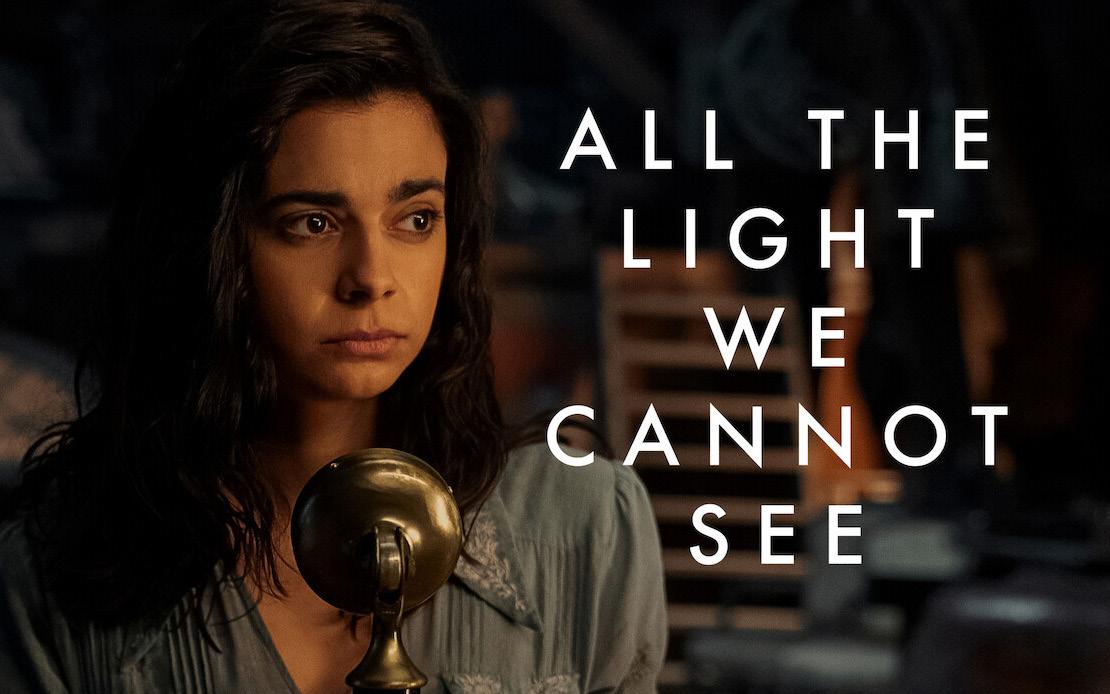

ECRD is the largest, patient-led, rare disease policy-shaping event in Europe.


JOIN US ONLINE OR IN BRUSSELS to shape the future of European rare disease policies and achieve a brighter future for the rare disease community.








Contributed by Sarah Land, Co-Founder & Charity Manager of Peeps, the only UK hypoxic-ischaemic encephalopathy (HIE) support charity.
Have you heard of H.I.E.? Hypoxic-Ischaemic Encephalopathy to give it it’s full title. Don’t worry if you hadn’t – it wasn’t something I was aware of until we had our daughter, Heidi, in 2015. H.I.E. is a lack of oxygen and
blood flow to the brain, and unbeknown to me before and during my pregnancy, it can happen to babies around the time of birth. It can also happen in older children too, and from what I can gather, there’s even less awareness around that than in babies.
I’m far from an expert in H.I.E., but I would like to share some of our journey, what we have learned over the years (mainly from other parents who have been on the path before us), and how we turned our challenging times in to something positive.
My pregnancy was uneventful; some morning (and afternoon!) sickness, a couple of extra scans for fibroids that didn’t cause any problems, and general
excitement and amazement at the idea of bringing a new life in to the world. As firsttime parents to be, Steve and I attended all the antenatal classes, read all the books and watched all the ‘One Born Every Minute’ episodes. We were ready (or as ready as we thought we could be!).
We did a labour ward tour when I was 36 weeks pregnant, and when they talked about neonatal care, I naïvely thought we wouldn’t be needing it as we were heading towards full term. Little did I know what was in store! It’s one of the many things I look back and cringe over, like the number of times I answered the question if we knew what we were having with “I don’t mind, as long as they’re happy and healthy” Heidi was far from both for quite some time.
I was induced at 40+11 and Heidi arrived at 11pm on Mother’s Day. For half an hour everything seemed to be perfect. Unfortunately, and we didn’t know the full extent of what happened at the time, it’s only through subsequent investigations that we had a diagnosis, Heidi had a Sudden Unexpected Postnatal Collapse (SUPC) while she was skin to skin. She went without oxygen and had to be resuscitated. Our world changed beyond all recognition in less than an hour.
Heidi had to be transferred to a higher-level neonatal unit for cooling therapy (the only real treatment for babies who have experienced a severe H.I.E. event), where they bring the core body temperature down to minimise further
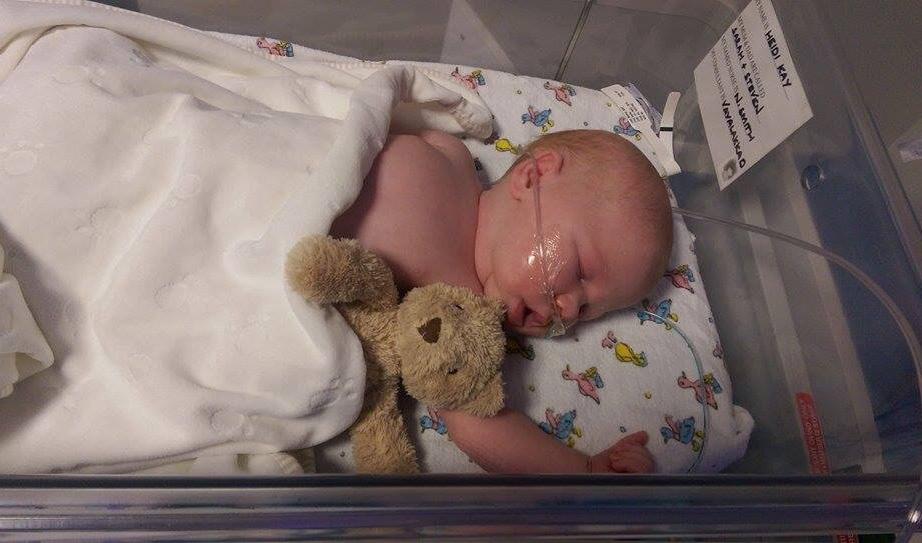
injury, and we went to be with her as soon as we could.
I remember we were given a leaflet about H.I.E. but I couldn’t take it in – on one page it said that H.I.E. might cause mild hearing loss, on another page it said that some babies don’t survive.

I didn’t understand what was happening, or what our future might look like. I hoped for hearing loss, and I couldn’t bear to think of the other possibilities. This is a common feeling among so many H.I.E. families –you’ll hear us talk about the ‘wait and see’. There’s no crystal ball, babies respond differently, outcomes vary massively, and there’s no clear pathway to follow. It makes a difficult situation even harder, and so often we don’t know what we’re waiting for!
Our wait and see began with an 8 week stay in hospital before Heidi was stable enough to come home. She needed oxygen, had to have frequent suction from her mouth and nose, was on medication for seizures, and was fully tube fed. I didn’t know how to look after a baby let alone one with such high medical needs. It was time to learn, and to learn fast.
When we did get home, away from the safe feeling of the hospital bubble, we started to try and come
to terms with what had happened. Steve and I were a tag-team, taking it in turns, in 2 hours blocks. One of us would be with Heidi, and the other would try and get some sleep. This was 24/7 and felt relentless. I’m sure most people who have a baby, even if plain sailing, find it overwhelming to get in to a routine at first, but it was amplified for us, like it is for so many other H.I.E. families. The lack of sleep and constant worry was brutal!
Against the advice of healthcare professionals, I turned to Google. I wanted to know more – had this happened to anyone else (it felt like we must be the only ones in the world)?
What treatments were available to help? How could I encourage Heidi to start feeding and come off the nasogastric (NG) tube? Would she be able to walk when older? Would she be able to talk? Would she go

to school, get married, have children…my mind raced and I was fast forwarding to the future that we knew nothing about.
Thankfully I found a private Facebook support group, The HIE Network Forum, set up by parents for those who had had H.I.E. events.
It was my lifeline. Finding others who completely ‘got it,’ who understood what we were going through, offering support and guidance, made a world of difference.
Of course, our family and friends were well meaning, but no one (include me and Steve) really knew what to say or do.
We also found that healthcare professionals, outside of the neonatal unit, didn’t know much about H.I.E., often asking if Heidi was premature, and for us to explain what happened. That was hard. Each time we spoke about
it I got upset, re-living and always questioning if I could have done anything differently (which I also now know is common among H.I.E. parents – we blame ourselves).
At 10 months old there was talk of surgery for Heidi. She suffered badly with reflux, and we were given the option of an OGD (Oesophago-Gastric Dissociation) to address it, and a gastrostomy for her permanent feeding tube. Long story short, the anaesthetist wasn’t happy with how Heidi was presenting before surgery, and we ended up in a 4-week hospital admission to assess her needs. The decision from that was to have a tracheostomy, initially to make future surgery safe. It was an absolute game changer for us. Everything settled, she came off oxygen, her reflux stopped, and just before her first birthday

we saw the first signs of a smile. None of this had been predicted, but as so many of us know, kids like Heidi write their own rules!
As we found our way, and Heidi continued to improve, I couldn’t help but think what would have happened if I hadn’t found the online forum. What about the families who don’t use social media, or have access to the internet, or English as their first language. Where were they getting support from? That’s where the idea for a dedicated charity came from. We thought there must already be something out there, but couldn’t find anything, so with lovely support and a generous measure of good luck, we registered Peeps with the Charity Commission.
We wanted it to feel friendly, and not simply be “The H.I.E. Charity”, and chose Peeps as it’s a nickname Heidi was given when in hospital at just a few weeks old. A little nod

to the girl behind it all. The charity started in 2018 and since then has continued to grow. Reaching more families, offering support. We also set up the H.I.E. Awareness Day (4th April) to help spread the word and get the message out there. Not everyone is able to speak up, for various reasons, and we want to help ensure all voices are heard.
Just a few of the things I’ve learned along the way:
• H.I.E. doesn’t discriminate – it can happen to anyone at any time, and as of yet, there’s no way of predicting it.
• H.I.E. isn’t talked about antenatally, with the majority of families only hearing about it when it happens to them. We want to change that.
• H.I.E. can affect people in different ways and at different times, and that’s ok.
• There isn’t always the correlation between outcomes and impact.
• H.I.E. events can be traumatic, and that doesn’t end when you get home.
• Finding support and a community that understands can help reduce the feelings of isolation.
In the early days I felt angry and upset, very much a “why did this happen to us” (not that I wished it had happened to anyone else of course), but with Peeps we’re finding a way to create a positive outcome from a difficult experience.
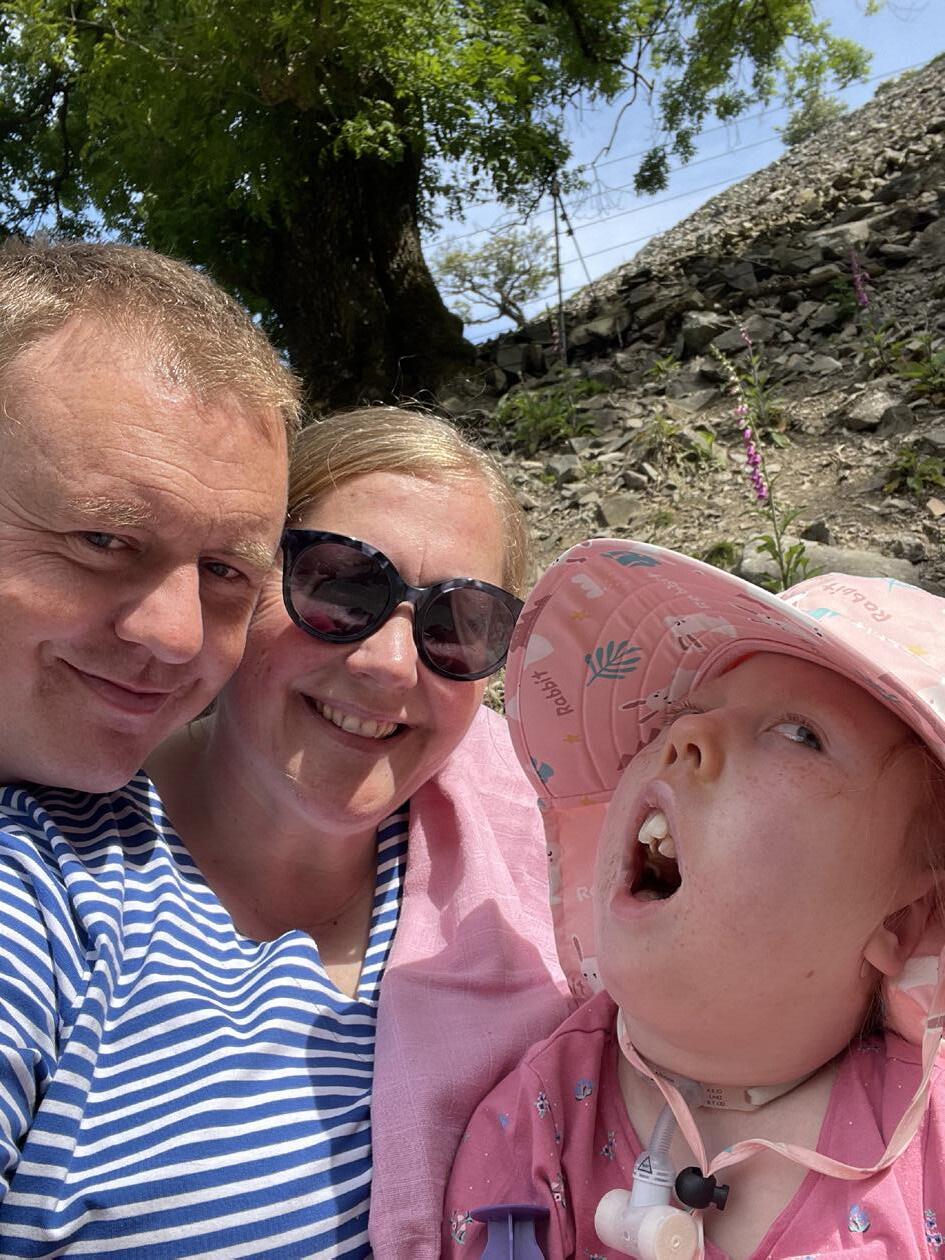
Heidi is now nearly 9. She is classed as medically complex (the list is lengthy – cerebral palsy, epilepsy, dystonia, non-mobile, hearing and vision impaired to name a few!). More importantly though she is happy and loved. She goes to school, has a sassy sense of humour (non-verbal definitely doesn’t mean nothing to say!), and brings so much to our world.
We have found a way to be ok, even though it doesn’t look anything like the life I imagined when I found out I was pregnant. Hopefully through Peeps, we can help others find their way to be ok too.
Find out more about Peeps:
View here
Photograph supplied by Sarah Land
Becoming a parent to a child with a rare condition means you might have to learn a whole new language too – that of abbreviations, acronyms, medical words, organisations and professionals whose job you’ve never come across before.
At Same but Different we know what that’s like…and it can be daunting.
So we’ve tried to put together a list of things you may (or may not) come across with some references for further reading, in the hope it makes life just that little bit easier.
Please note that in each Local Authority and region, services may differ in names and have slightly different roles. Unfortunately we can’t add them all. But please don’t hesitate to get in touch if you’re looking for a specific organisation, service or team (or if we’ve missed something).
Please also note that there may be more than one, or different meanings, for the abbreviations, so it’s always best to check with the person using them.
Just one of our RAREresources
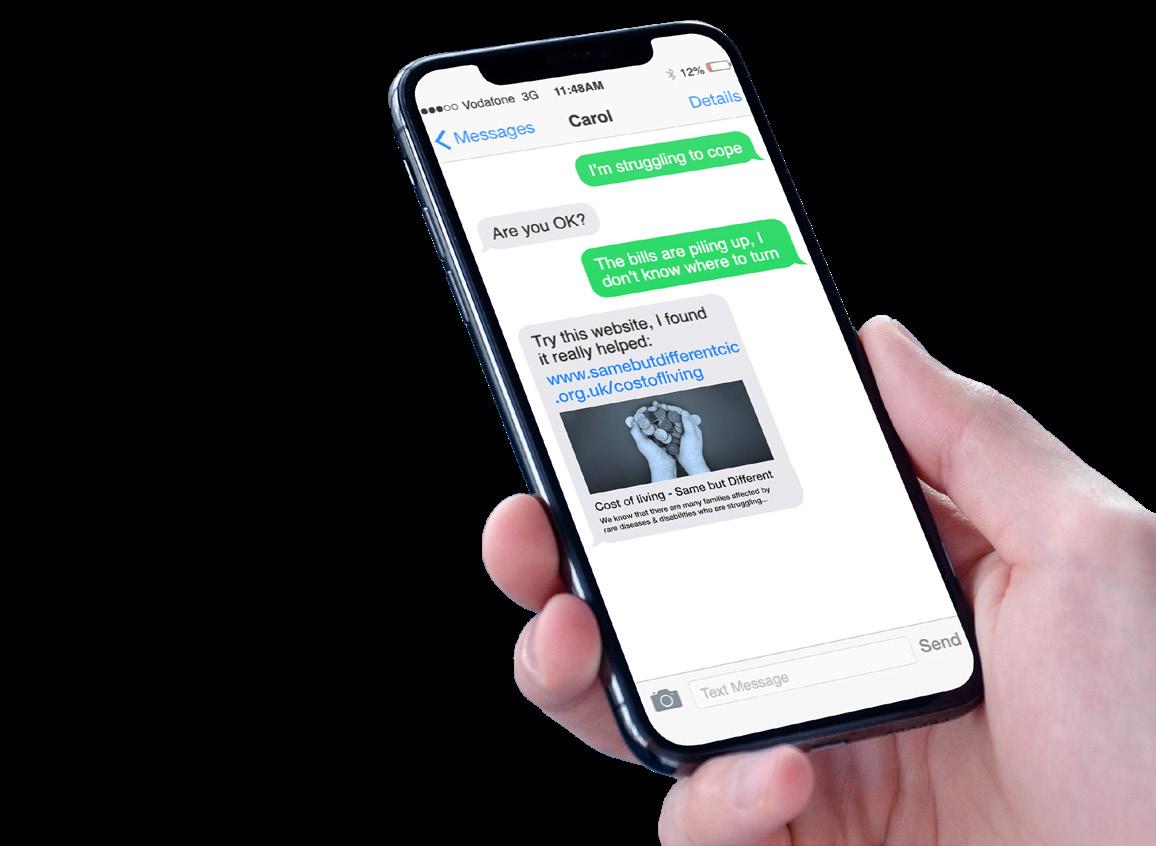

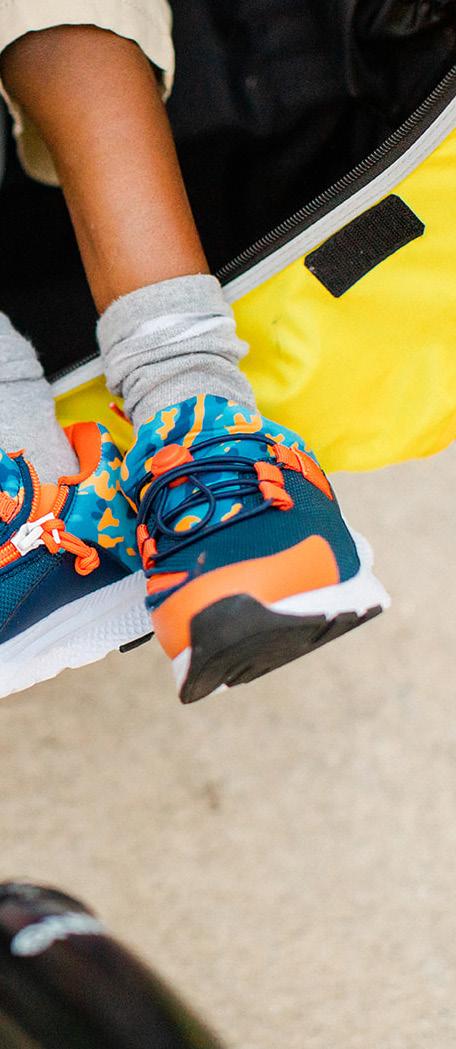
There are several reasons why a child might need to wear adaptive shoes, from the ability to put them on more easily to accommodating an AFO (Ankle Foot Orthosis). It can be hard to find shoes which are both a little more affordable and also look good. So we’ve included some of our favourite finds below.
Friendly Shoes UK was founded by lifelong friends Nancy and Jessica after their professional and personal experiences led them to realise just how hard it was to ‘find accessible footwear that people actually want to wear.’
The shoes they sell through their online shop are all designed by an occupational therapist in the USA. Not only do they look fabulous, but they are all easy to put on and take off as they feature wide zip openings, which also helps promote independence. They are wide-fit, lightweight and accommodate AFOs thanks to the removable memory foam insoles. Last but not least they are cushioned and supportive, with a stamped inner label for people with heightened sensory needs.
Friendly Shoes come in a range of colours and patterns, and the kids’ range runs from a size K10K5, please note that although we’ve focussed on the children’s styles there are some great adult shoes too.
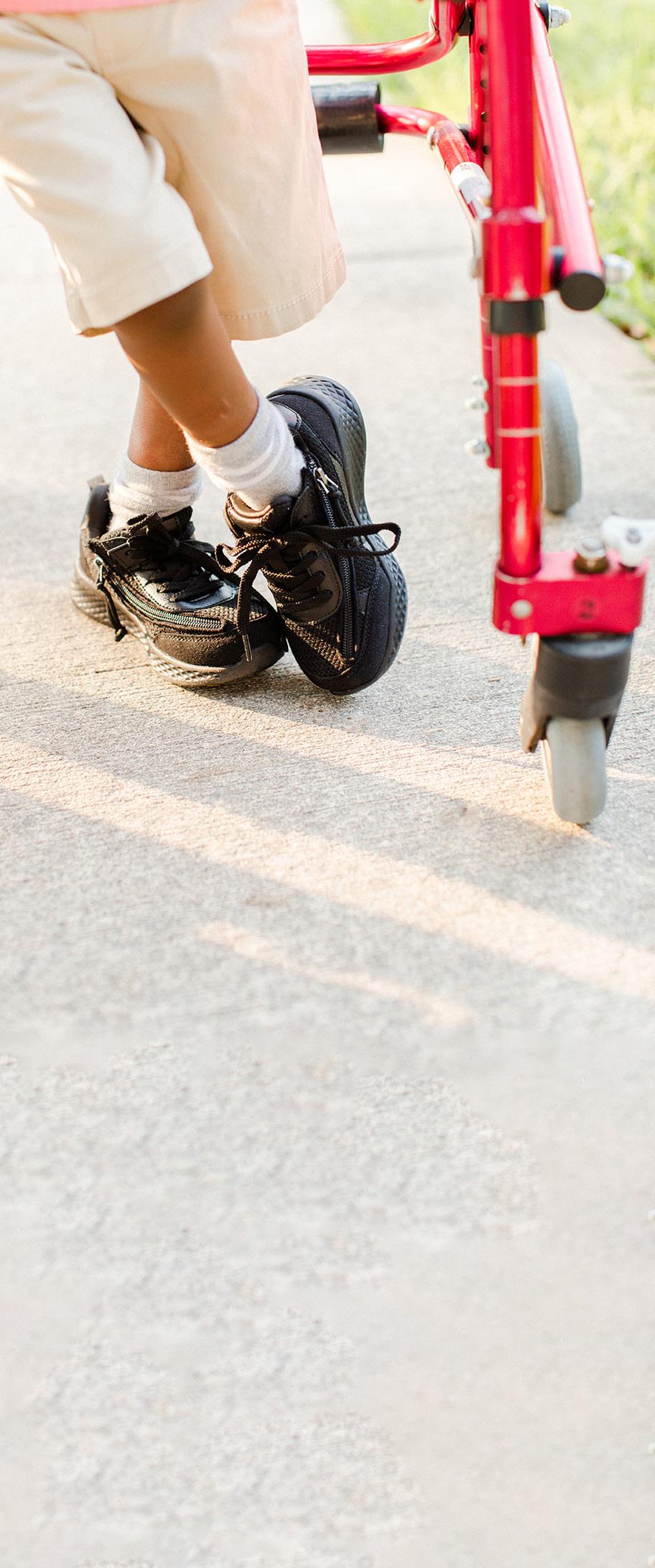
The lovely team at Friendly Shoes are offering Rarity Life readers a special 10% discount – use the code RARITYFRIENDLY at the checkout!
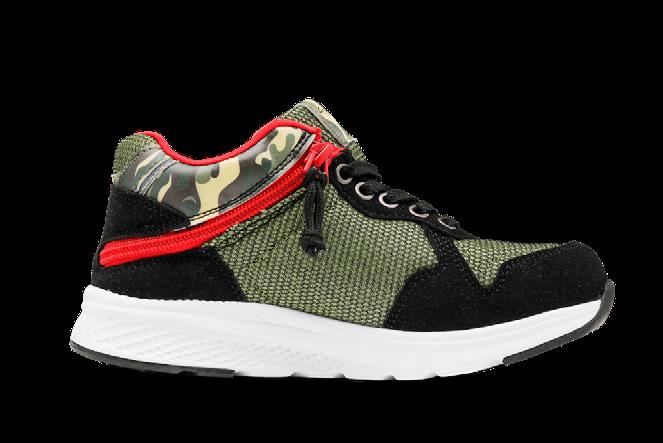
Billy shoes are sold by the US company BILLY Footwear, the shoes feature zips along the side of the shoes and around the toe, which allows the upper part of each shoe to open out fully. Whilst you can buy them directly from their website it’s possibly easier to visit their UK Stockist’s website to choose from the shoes they carry as these have already been imported, avoiding any unexpected charges!
Although we’ve featured the M&S adaptive clothing range before, we couldn’t miss including them here – their range of adaptive Kids’ Freshfeet™ Zip High Tops now comes in a gorgeous bright red too!
Whilst not specifically designed to be adaptive these shoes meet much of the criteria that are often needed and are a bit of a favourite, especially with older or more fashion conscious kids.
Visit Nike’s website
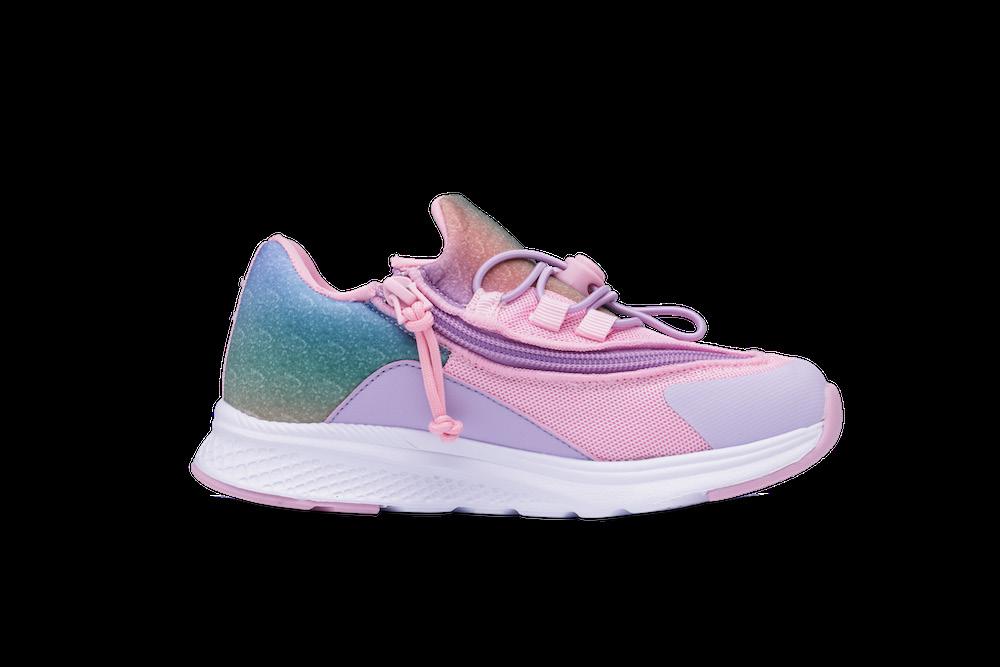
Mountain Warehouse
Mountain Warehouse feature a range of boots and shoes on their website as being adaptive footwear, and whilst they might not all be suitable for use with AFO’s there are some great styles in there that are worth checking out.
Visit Mountain Warehouse’s website
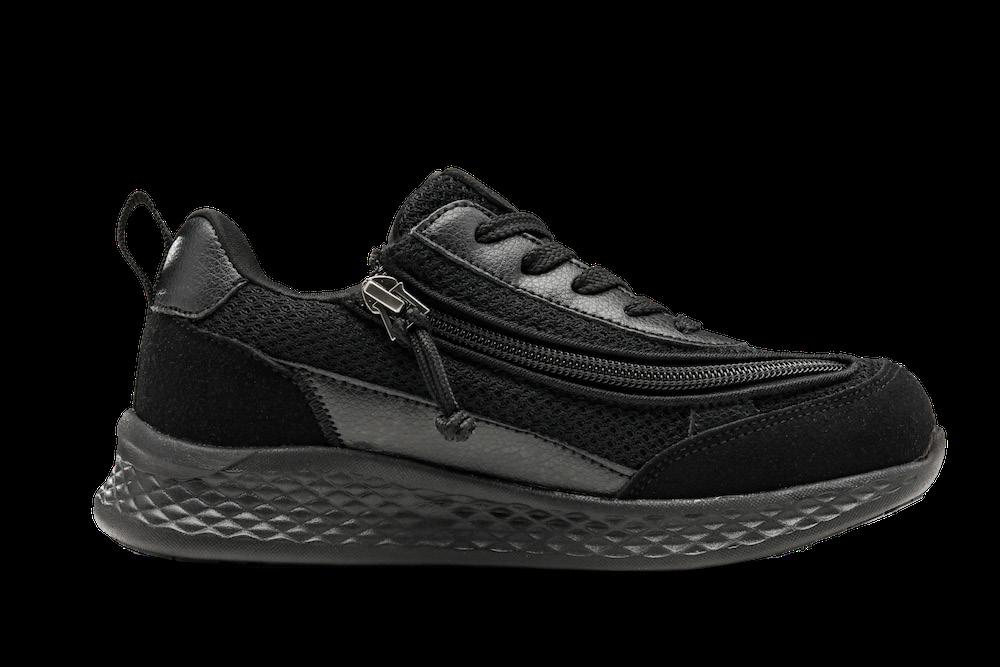
The lovely team at Friendly Shoes are offering Rarity Life readers a special 10% discount – use the code RARITYFRIENDLY at the checkout! DON’T FORGET

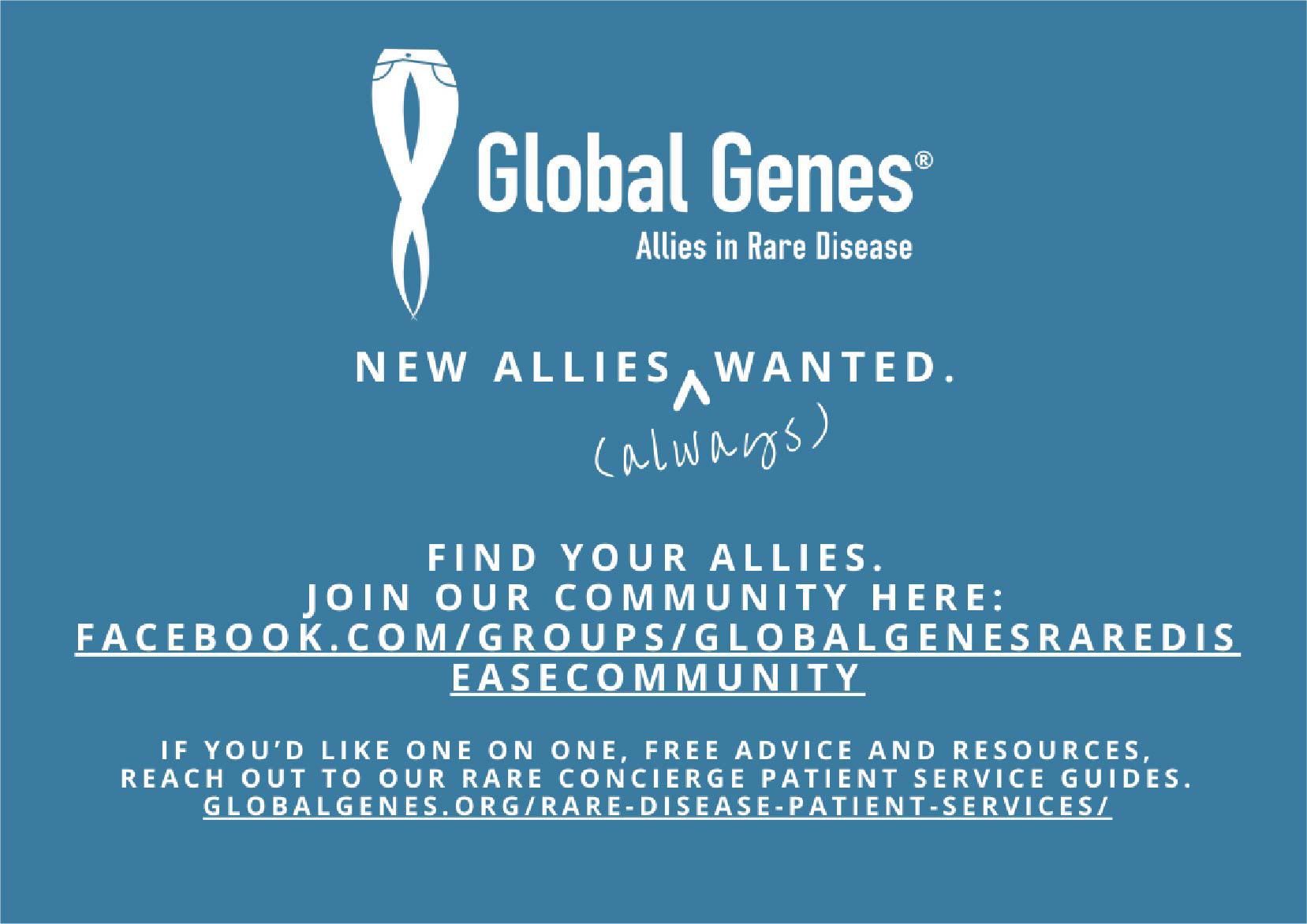
Before chatting to someone you wonder if they will be joining from another meeting, or if they will have family members or pets in the background. One scenario I had not envisaged was that my guest would have spent the morning dancing with her daughter to their favourite tunes in the kitchen. It was a beautiful glimpse into family life, but as many of us know when you have a child with complex needs there are many different aspects to day to day life.
Charlene Son Rigby’s career has been spent working in data technology and life sciences. All of which involved organisation and mathematically precise solutions. Unfortunately, life has ways to throw curve balls into that dynamic and being a mother to a child with special needs is not something anyone envisages.
When Charlene’s younger child, Juno, was diagnosed with a rare genetic disorder she used her wealth of knowledge to co-found the STXBP1 Foundation. She is committed to finding a cure for her daughter’s disorder to help Juno as well as other children with the condition. This passion to combine her professional life and lived experience has led her to the position of CEO at Global Genes.

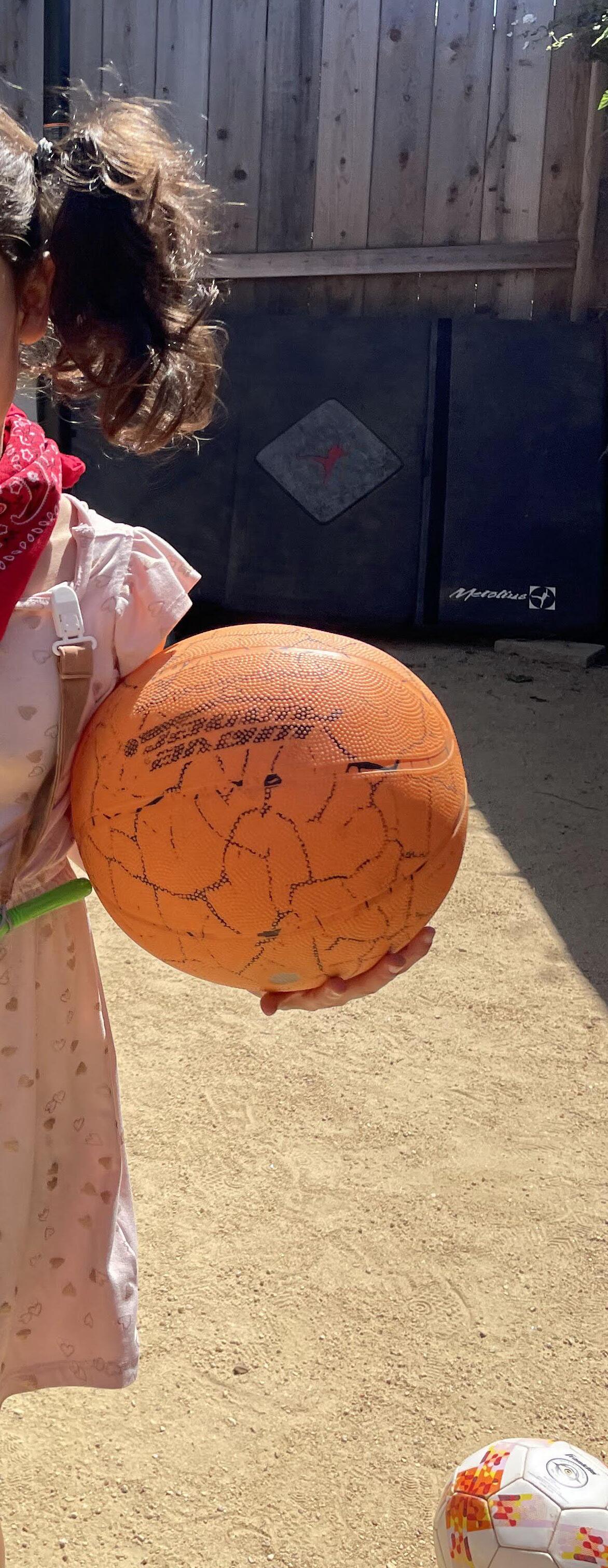
www.samebutdifferentcic.org.uk
“STXBP1 related disorders cause changes in the gene which impair communication between neurons. It is such a fundamentally important function in our brain that it causes significant issues. It took us three years to get a diagnosis and the condition has meant that Juno has significant development delay. She is unable to speak, could not walk until she was 5 and has a severe tremor. We were really happy that she did manage to walk as so many children affected by this disease are unable to. 90% of children with STXBP1 have a significant epilepsy burden but to date, thankfully, Juno does not seem to be affected by this.”
“When we got a diagnosis, they estimated there were around 200 children in the world, but there wasn’t an advocacy organisation. I remember that I was having a really hard time and was moaning to a friend of mine, who also has a child with a rare disease, and she told me to ‘get a grip and put my adult pants on and do something’. She really helped me to see that I had all this knowledge and was in a position to make a difference. She was such a great motivator and it was what I needed to hear.”
The very next weekend Charlene flew to Philadelphia to the only event that she could find for STXBP1. She met another mother there who had organised the event and along with other families they founded the foundation.
“I have spent my career in the software and healthcare fields and had only just returned to the healthcare space when Juno was born. I had just made a career change because I had been doing enterprise software but kept questioning what was that higher meaning to it all, what was my calling? My new company was focused on developing artificial intelligence technologies to accelerate diagnosis
“When people do make the effort to speak directly to Juno we appreciate it and it means a lot.”
of rare diseases, and also cancer risk and then Juno’s diagnosis took me from being purely a developer of these technologies to having an insight of being an advocate.”
“From the beginning we were aware there was something going on with Juno but it took us quite a while to get the insurance through to get genomic testing. It was such a change to be on the other side, that is, an advocate. A three year diagnostic odyssey is short compared to the average 7 year diagnostic odyssey for rare disease, but as a parent it is such a long time.”
“This journey took me from being in a technology seat to being a patient and advocate and that was a pretty hard left turn. I felt really fortunate that there was already a community to reach out to, albeit a small one, but it allowed us to start the foundation and from the beginning we were very focused on research. We got the diagnosis in 2016 and started the foundation, along with the other families, in 2017.”
The first thing the STXBP1 Foundation did was to build a scientific advisory board and a research strategy.
During that time, a number of other small advocacy organizations also started, and we were sharing ideas and lessons learned.
“We were all starting to collect data, to catalog symptoms and to start to characterise what our diseases looked like. With my technologist background I kept thinking that there must be a way that we could do this in a more scalable way. Fortunately, I met the founder of an organisation called RARE-X online. They were building a cross disorder, rare disease focused, longitudinal data collection, research program. I was so excited to see this being developed and so I ended up joining them as the CEO in the fall of 2021.
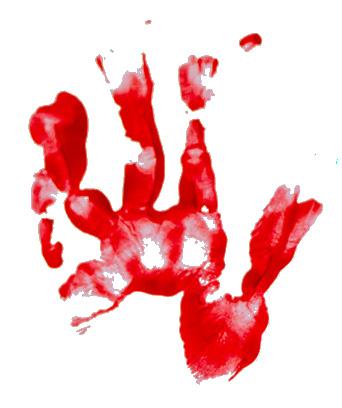

It has been wonderful to think that here is something that I am really passionate about and hopefully can make an impact in a positive way. Doing this work has brought me such joy and it really is an honour.”
At the end of 2022, Global Genes and RARE-X merged with the aim of providing next-gen rare disease advocates the tools and resources they need to accelerate their drive for treatments. With this merger Charlene has taken on the role as CEO of the overall organization, allowing her to continue using her business skills and those of being an advocate.
Reflecting on the time she received her daughter’s diagnosis she remembers they were given so little information.
The clinician readily admitted that they had never seen a child with the condition and provided three papers and a printout of a Facebook group.
“It was all we were given and it was incredibly hard because it really made me realise how alone we were. You always assume that if you need it there is support out there but that was not open to us. It was just the reality of receiving a rare disease diagnosis. It took me a while to get the courage to go onto

the Facebook group. It was really amazing. It was the first time for me to read about people whose children sounded like Juno. It was heartening because prior to then I had never seen anyone like her. There were these people who were having a similar kind of experience.”
Finding their community, a place where they could belong was important. Sadly not every day is filled with dancing. Some days are hard and navigating the rare disease journey has its challenges.
“Juno is a really happy child. This morning before she left for school we were having a little dance party
because she is really in love with Miley Cyrus, particularly the song ‘Flowers’. We have been playing it nonstop and she wants to just dance, she will just jump around lots. Because she can’t talk it is a great way for her to express herself. She always finds ways to communicate even if it is simply going to the speaker and pointing at it when the song ends to tell us to put it on again. She is basically very happy although she does also have challenging behaviour at times. As she is getting taller and stronger that does bring issues especially as she is nearly as tall as me now.”
“She really helped me to see that I had all this knowledge and was in a position to make a difference”
“As a society we are so verbally oriented that, for someone who can’t communicate in that way, it is hard for them to insert themselves. Her older brother is wonderful with her and they get along so well. He is very


kind to her and protective of Juno. Those outside our immediate circle are not always as understanding and it can be hard. It can feel as if she is almost invisible to some people. They don’t always even acknowledge or speak directly to her which is really hurtful. When people do make the effort to speak directly to Juno we appreciate it and it means a lot.”
“I never envisioned my life would be like this. We have two children on two very different trajectories and both have to be navigated. Each with their own complexities. I have had to learn patience and letting go of things that do not matter. I think frankly it’s much healthier.”
Charlene used to keep work and family life separate, however, in the last few years she has shared more about her personal experiences. Even though she is outgoing, she is also a very private person and so it has not come naturally to her. By opening up it has also brought benefits and with it she has broadened her community and support network.
Through her work at Global Genes she believes it is an exciting time for rare diseases. “We have been talking about this concept of next-gen advocacy. Things are very different from 10 or 15 years ago, particularly with regard to research. There is also so much need for storytelling which did not really exist previously. We have a lot of work still ahead of us but it’s just a really, really promising time.”
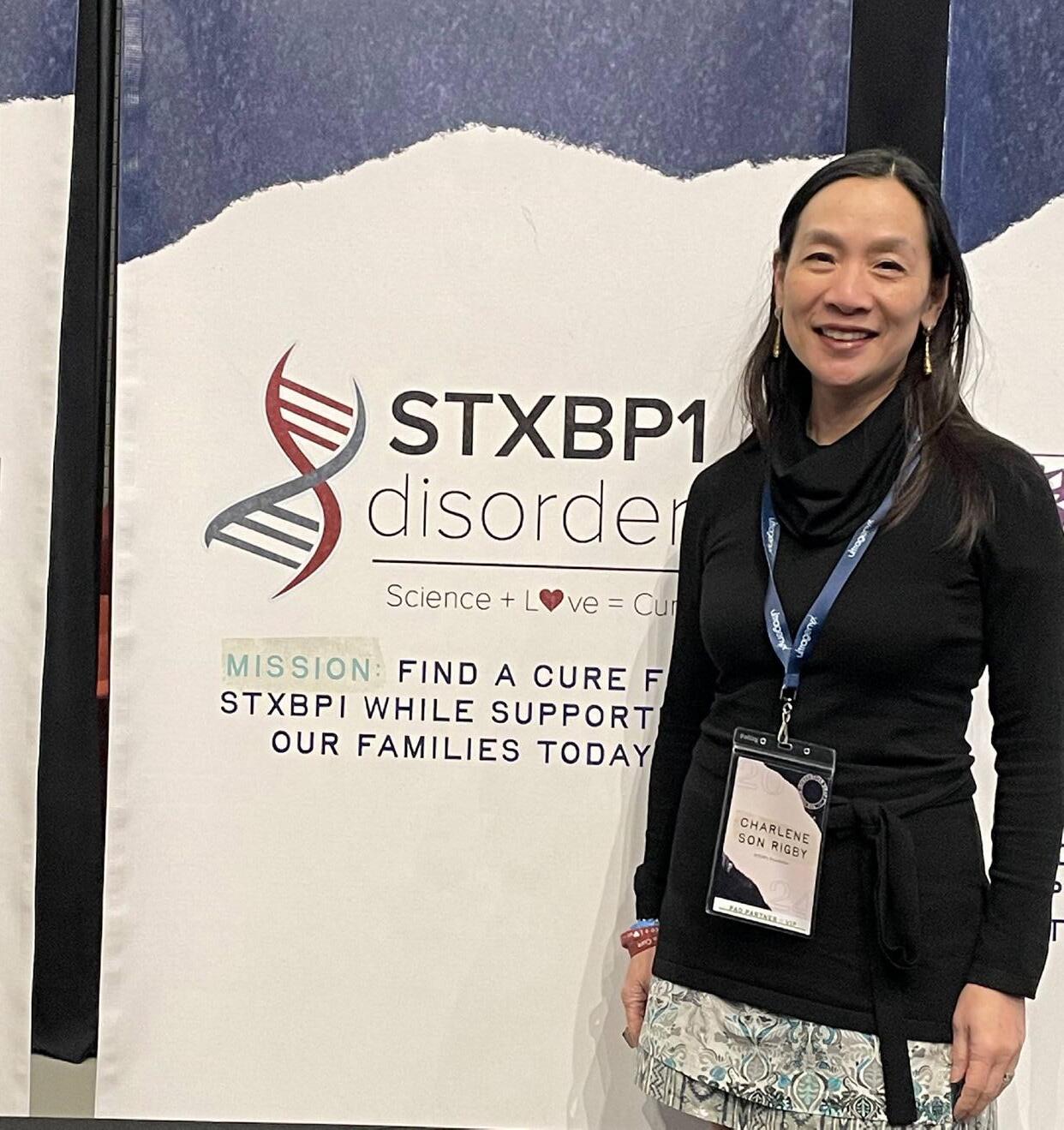
STXBP1-related disorders were discovered in 2008 in studies of some patients with Ohtahara Syndrome, a severe early onset epilepsy. Since this initial discovery, our understanding of STXBP1-related disorders has expanded, revealing a range of patient symptoms.
Seizures impact 85 - 90% of patients, and may present as early as the first day of life. Common seizure types include neonatal seizures, infantile spasms, tonic, and clonic seizures. STXBP1-RD is not solely a seizure disorder. Patients may present with a a broad range of symptoms including:
• Global Delays and/or intellectual disability
• Speech and communication issues
• Movement disorders including ataxia or tremors
• Hypotonia (decreased muscle tone)
• Spasticity (increased muscle tone)
• Feeding difficulties
• Behavior issues including repetitive behaviors or autism
Visit the STXBP1 Foundation’s website
Visit Global Genes’ website
www.samebutdifferentcic.org.uk
It can be hard to know what to give to someone who has recently been diagnosed with, or is currently undergoing treatment for cancer. However, it also seems like it is exactly the sort of time in someone’s life where they would really benefit from knowing that they are being thought of, that they are cared about, and that they are loved. So we’ve curated a list of some of our favourite ideas below, as well as adding some extra resources where you can find more inspiration.
When someone is first diagnosed with cancer what do you say? What are the right words for such a life-changing diagnosis? The answer will of course vary depending on the person but sending a card to say ‘I’m thinking of you’ is seldom a bad idea. As their treatment progresses there will likely be times where they might really struggle, and once again sometimes something as simple as a well-chosen card can really help. We’ve loved looking through the range of cancer cards on the thortful website, linked here:



One of the things that often surprises people is the sheer amount of time that is needed for cancer treatments; from getting to and from appointments, some of which may require a fair bit of travel, or perhaps resting and recovering from surgery through to sitting still all day whilst chemotherapy is intravenously administered, and what better way to fill time than with a good book!
For some reading books that relate to what they are going through can be of
huge comfort, so if you think that the person you are thinking of would enjoy a good book a great place to start is by visiting the Goodreads website which has a list of ‘Books you need to read if you have cancer,’ linked here:

Of course, we can’t not give a special mention to ‘Under The Knife’, a newly published autobiography by Dr Liz O’Riordan who we interviewed in Issue 3 of Rarity Life, you can buy it here:
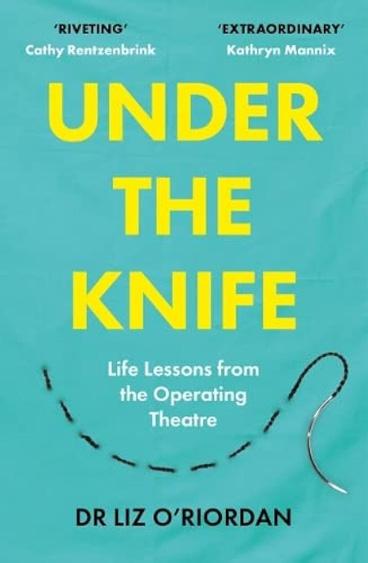
For other people keeping their minds and hands busy can be enormously helpful for both their mental and emotional wellbeing. Depending on their preferences you could consider things some knitting needles and a lovely soft wool. Or perhaps a sudoku or puzzle book, or indeed an actual puzzle, there are some great mats and boards out there which make it possible to transport puzzles without needing to start again!

We especially loved some of the amazing cancerthemed colouring in books that we have seen, with titles ranging from ‘Colouring through Cancer’ through to the rather more direct ‘F**K Cancer’! We found these on lots of different platforms but Amazon is always a good place to start:

Buy now

Once again the sheer time that cancer treatment and recovery can take means that there are some wonderful ways you can support someone by gifting them items that will help keep them comfortable. Perhaps a beautifully soft blanket,
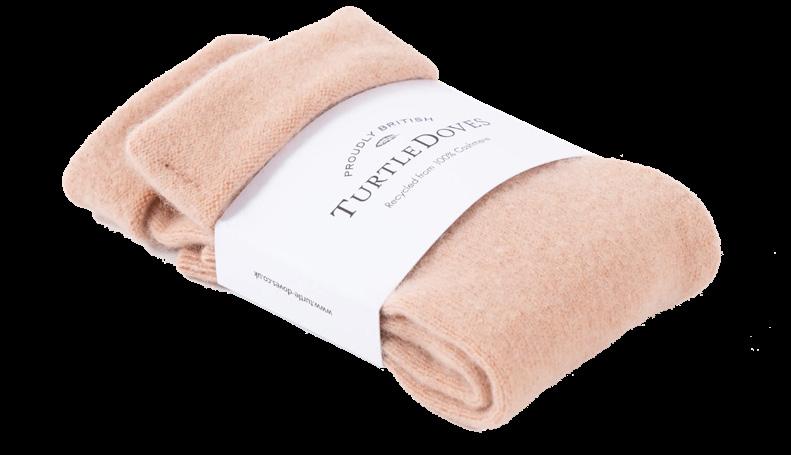
throw or oversized scarf to wrap up in while sitting in cold hospital waiting rooms? Also appreciated are items such as a lovely soft fleece hat, cashmere gloves, super snuggly socks or clothing that has been specifically designed to help make treatment more manageable. We found several places in the USA that sell hoodies and sweatshirts which feature zips for easy port access, as well as Porto & Bello in the UK who also carry a range of items, though stock levels do vary:
Buy now
Turtle Doves’ Cashmere Fingerless GlovesIf you’re looking for a real treat the team over at Turtle Doves does some beautiful soft cashmere accessories, you can see more here:
Buy now

Skincare & holistic care:
Last but not least skincare and holistic care. Whilst the experience of skin discomfort and irritation are common to many people going through cancer treatment, the products that they might enjoy and that work well for their skin will of course vary. Likewise, whilst some people will enjoy the relaxing properties that aromatherapy oils or similar holistic treats can offer if they are suffering with insomnia which instead is another more common side effect of treatments, others may find them overpowering, and indeed often these more natural products can be a source of irritation for inflamed skin.
So our advice here is to do a little research first, perhaps try to find out if they already have a favourite brand or some products that they love, if they do see if they also carry a ‘sensitive skin’ range and choose one of those products for example. The main things to consider when choosing a product is to try to keep things as simple as possible and be aware that simple does not always mean organic or natural. Rather it means that ideally the skincare should not include any, or as few, potential sensitisers
as possible. During and after treatment skin is much more likely to be easily irritated and ‘sensitised’ by ingredients like perfumes, alcohol, acids (including beta-hydroxy acid, salicylic acid or benzoyl peroxides), essential oils and/or preservatives. Several skincare brands have worked to create products specifically for those going through cancer, so they are a great place to start. For example in 2022 La Roche-Posay partnered with Macmillan Cancer Support, and their website also offers some great information and support, linked below. Likewise Tropic Skincare has a great online resource, and their gorgeous ‘So Sleepy’ pillow mist is lovely and gentle and is one we’ve gifted previously. Boots has also worked on a great cancer care resource, which is also linked below.
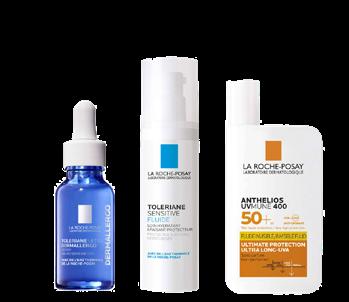

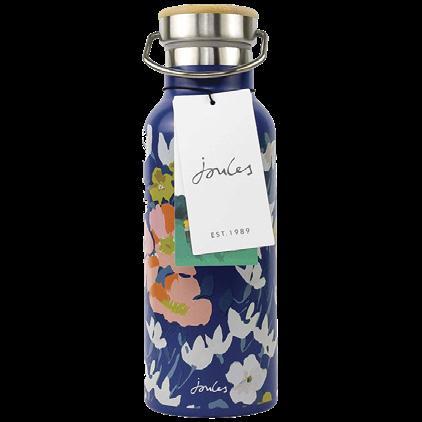
As part of our research we’ve visited a number of great websites, our favourites are listed below for you to find more inspiration for the gift you’d like to give. Of course, flowers. or even plants, are almost always a gorgeous and thoughtful gift to give!
More resources:
www.maggies.org/cancersupport/managing-practically/ gifts-and-experiences
www.shop.macmillan.org.uk/ collections/cancer-care-gifts
www.medicalnewstoday.com/ articles/gifts-for-chemo-patients
Most people have heard of radiotherapy and chemotherapy, as these are the primary cancer treatments used alongside surgery. And whilst they differ, and indeed there are different types of chemotherapy treatment protocols, they can all have some pretty unpleasant side effects which include things like nausea, sickness, feeling constantly tired, hair loss, insomnia and dry, sore or itchy skin. Whilst many of these side effects can be treated by the medical teams there are a number of ways in which you can further support and comfort your loved one, or indeed yourself through any required treatment cycles.
For more information see the main NHS sources that we used for this summery here:
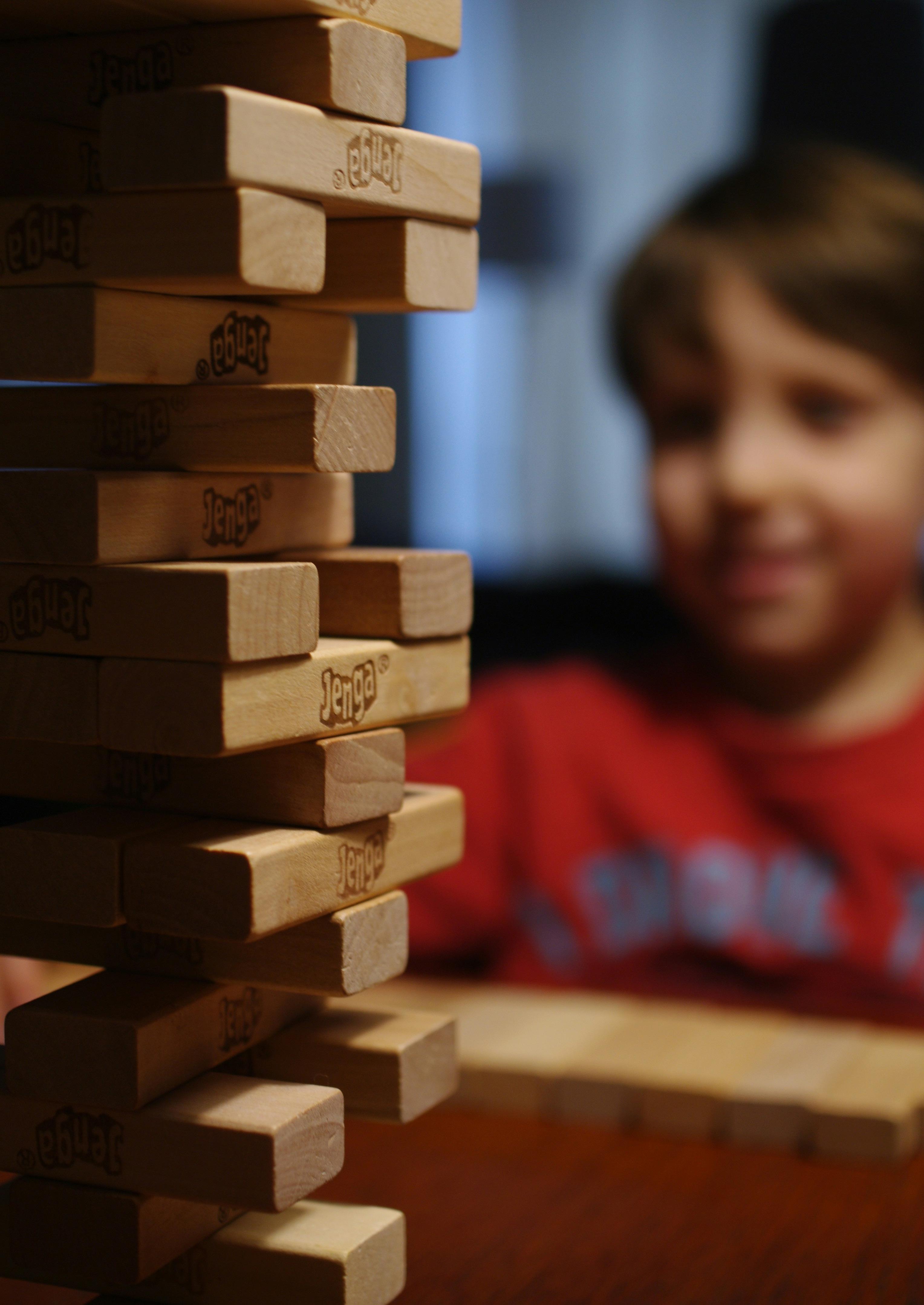

“I wanted to work with people and to work with children. Although I really struggle with the phrase ‘making a difference’ I suppose it is that we are making a difference that makes this job so special.”
As part of our brand new series, ‘Meet the Professional,’ we were delighted to be able to speak to Lara King, a paediatric occupational therapist with over twenty years of experience, to find out more about her profession.
What is occupational therapy? It is entirely possible that unless you, or someone you know, has needed the input of an occupational therapist you might not be exactly sure what they do. The central aim of occupational therapy and occupational therapists, often referred to as OTs, is to develop, recover, or maintain the daily life skills people need, and as such is something we might all reasonably require at some point in our lives.
Generally, we tend to think of ‘occupation’ as being the job we go on to do once we begin work, and it is perhaps this which makes the name occupational therapy a little confusing at times. In their ‘What is occupational therapy’ summary the Royal College of Occupational Therapists clarify that “An occupation is any activity that we need, want or like to do to live and to look after our physical and mental health, and our emotional and spiritual wellbeing.”
The summary continues stating that “Occupation isn’t just your job or activities of daily living. An occupation can be selfcare, such as washing, eating or sleeping; productive such as work, study, caring or domestic activities; and leisure, such as playing sports, hobbies or socialising.” If you are finding it difficult
to access, complete or manage the occupations that are needed in your life then an occupational therapist might be able to support you.
Lara explains that at the very heart of what they do, occupational therapy aims to support and improve an individual’s ability to do the everyday tasks they need to do but are having difficulty doing. This might be because you are recovering from an illness or operation, have mental health problems, are physically disabled, have learning disabilities or are simply getting older. The aim is always to help an individual improve their ability to function as independently as possible,
“Although I really struggle with the phrase ‘making a difference’ I suppose it is that we are making a difference that makes this job so special.”
be that with something that we all need to do like getting dressed in the morning, to being able to access and enjoy the activities which give happiness and meaning to their lives.
Lara initially studied Social Anthropology at the University of Sussex, graduating with a Bachelor of Arts in the summer of 2000. She recalls that she had “A lightbulb moment at university, and thinking that whatever job I do, I don’t want to be doing the exact same thing at 11 o’clock every day. But I didn’t know yet what I wanted to do.” A year later, and with a couple of unfufilling jobs under her belt, a friend of hers mentioned that she was thinking of doing an occupational therapy course. She explained that after graduating she would have “a job where you work with people, and help them gain or regain independence skills. That was about identifying what they need to ensure they can learn, or what practical things are needed to manage day to day tasks, and I remember thinking, well, that’s the kind of thing I think I’ll be quite good at.” After graduating from the University of Brighton with a Masters of Science in Occupational Therapy Lara began
working as an OT, initially with older people before moving over to pediatric services.
One of the key approaches used by an OT is known as activity or task analysis, which refers to the process of breaking down the individual mechanisms of a functional skill or occupation into the different cognitive, motor, sensory and emotional components needed to complete it. This careful analysis allows OT practitioners to fully consider the meaning and function of the task (or occupation), the person themselves, the environment and any barriers, seeking solutions which will appropriately address them all and create a path or action plan to follow when addressing the skills, demands, and access needs of an individual.
During the early years of both her studies and her career Lara could see that one of her strengths lay in the ability to “take a step back in getting the whole picture; who is the person I’m supporting? What is happening? What are they doing or not able to do? And crucially, what is it that their behaviour is showing me that they need? This idea of activity analysis can be applied across different settings and activities.”
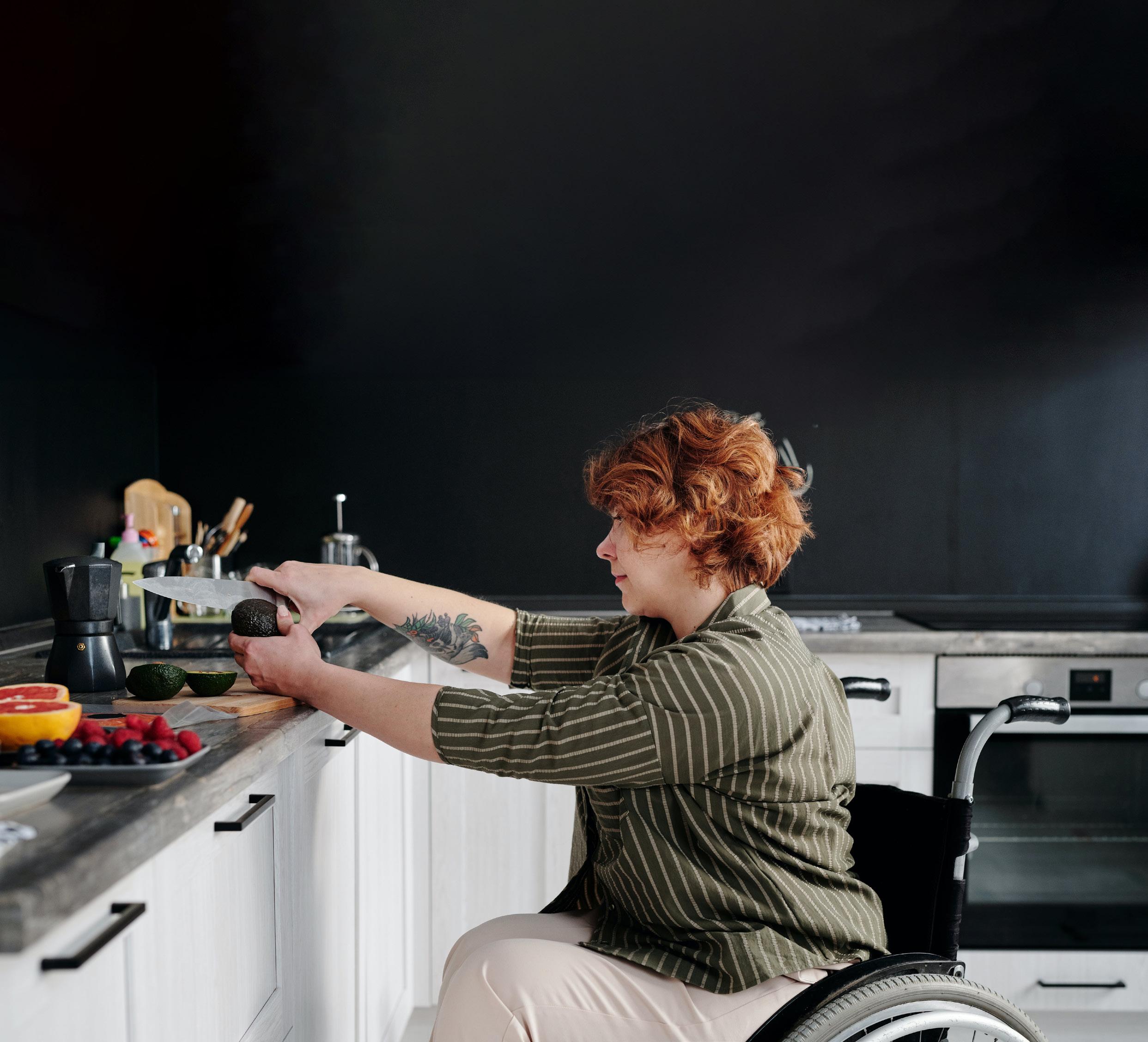
“I love working with the children that I work with, and knowing that when something’s going well, then the children and the families I’m working with are getting what they need.”
Lara explains that generally, what “occupational therapists are really good at is coming up with creative solutions.” But she is also clear that “sometimes the reality is that you can’t always find or use the creative solution you imagined you would because occupational therapy is a science, we need to approach it in a scientific kind of way, and we need a good evidence base.”
Partnership working is key. Occupational therapists tend to work as part of an allied healthcare team, this means that they will work in close partnership with other professionals in multi-disciplinary teams that might include medical, nursing, therapy, neuropsychology, physiotherapy, speech and language therapy (SALT), dietetic professionals
and rehabilitation engineers. Often it is through this close partnership working that the most appropriate solutions can be both found and initiated.
“Occupational therapy hasn’t always got the clear boundaries that other professions do and sometimes you end up working in a slightly more general way, but partnership working is something I really value and am always promoting it. You have to work in partnership, as no one person holds the key to everything. That’s what’s really good about occupational therapy because we naturally partner, and have a really good crossover with the professionals like physiotherapists and speech and language
therapists (SALT). With a child who struggles with speech for example, whilst the SALT will be looking at their communication we might be thinking about behaviour, sensory regulation, attention, reciprocal play and also things like switch use. Likewise, the physiotherapists might be thinking about postural management and how somebody is actually physically doing something, or what their limitations are. So, I always draw the team in to work together.”
Today occupational therapy is widely used across a breadth of health and social care settings, and across the public, private, voluntary and independent sectors both in the UK and abroad. As such an OT graduate might be able to find exciting opportunities in health and social care, in the
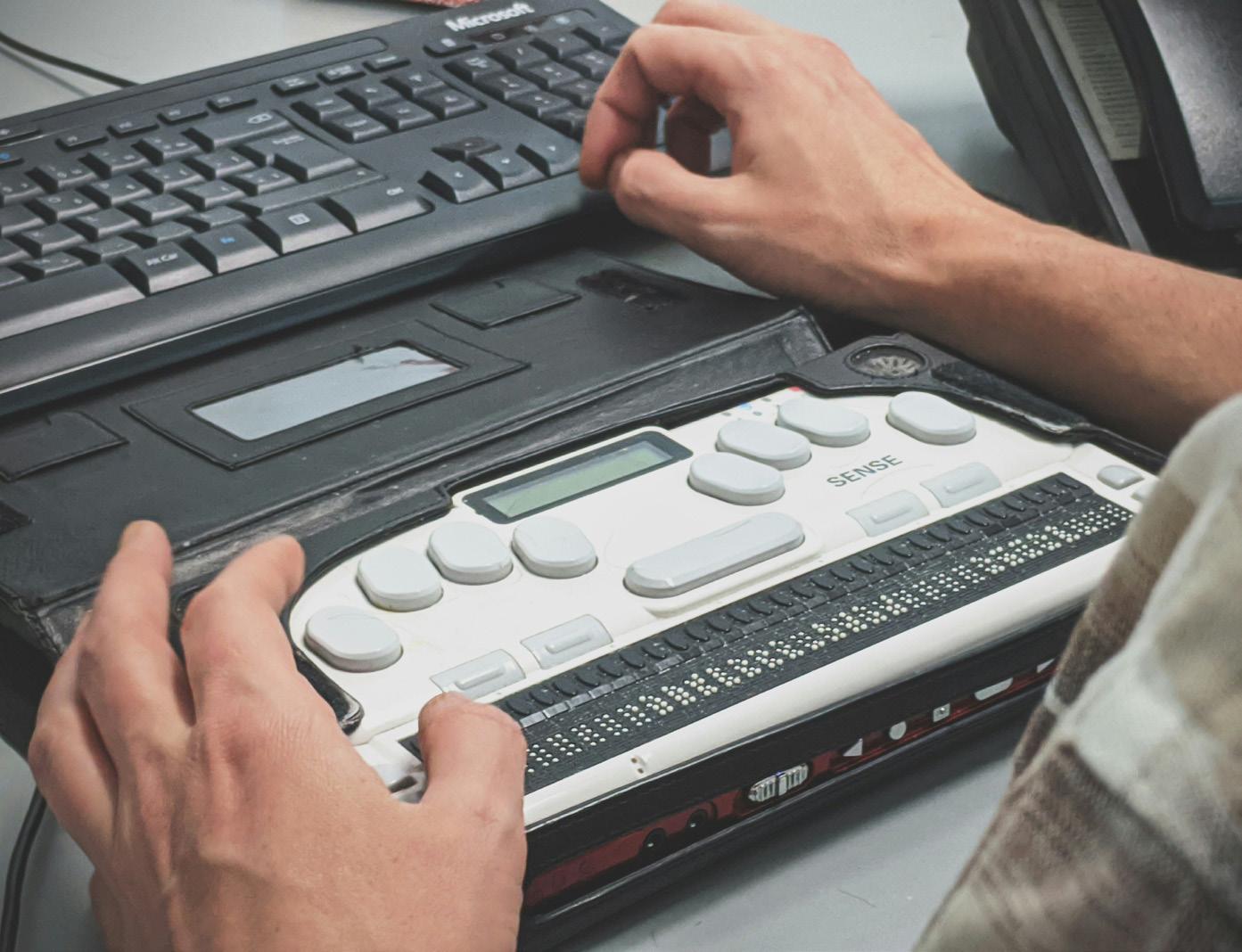
NHS, social services, education, the prison service and mental health services, meaning that occupational therapists truly work in diverse areas of practice. For example, Lara explains, many people do not realise that OTs work in both residential mental health settings and prisons, and in many different ways. In this sort of “setting we might think of activities that give people meaning, a reason to get out of bed for the day. For example cooking, what we’re doing is not just diversionary, it’s thinking about what skills you need to be able to do the tasks, and how these will help in the future.”
As well as her role as the Clinical Specialist Team Leader for Occupational Therapy within the NHS Trust where she works Lara also works as a guest lecturer, sharing her insights and
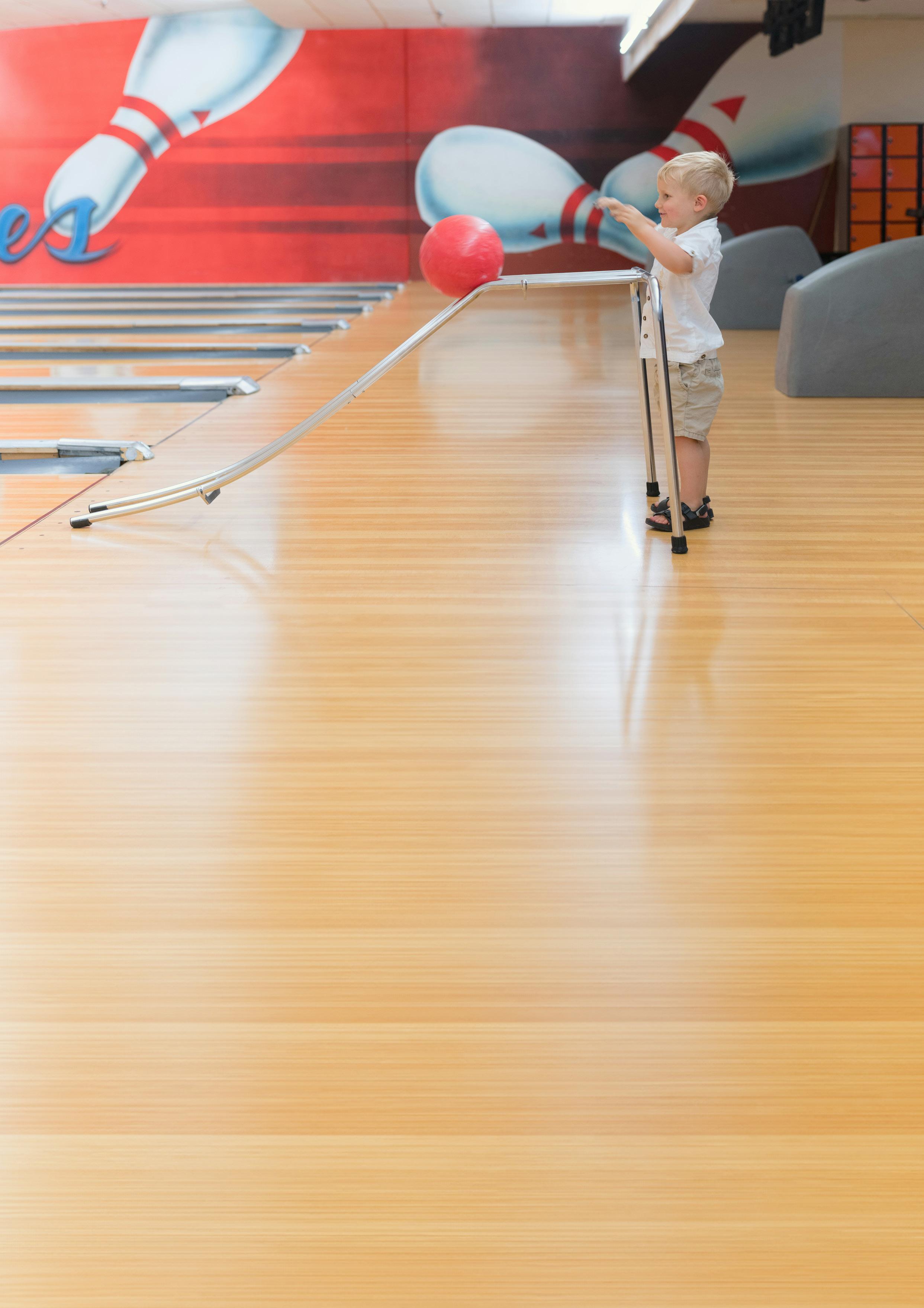
experiences as a children’s occupational therapist with the OT students at a local university. As a profession she feels strongly that occupational therapy is particularly well suited to individuals who not only have some key core skills or traits like team working, creative problem solving, communication and empathy but who also want to help and empower people to be as independent as possible. Occupational therapy appeals to people from all walks of life, and it can be as rewarding as it is varied. “I’ve been an OT for twenty years, and I do it every day. Sometimes it’s really hard to know which bit I’m finding most rewarding because I love my job. I love working with the children that I work with, and knowing that when something’s going well, then the children and the families I’m working with are getting what they need. Or it can also be knowing that I have that relationship with them where they can call me and say ‘I’m not sure if you’re the person to speak to about this but…’ because they trust me to support and guide them with whatever it is that they need addressing.”
Photograph by Josh Applegate, Unsplash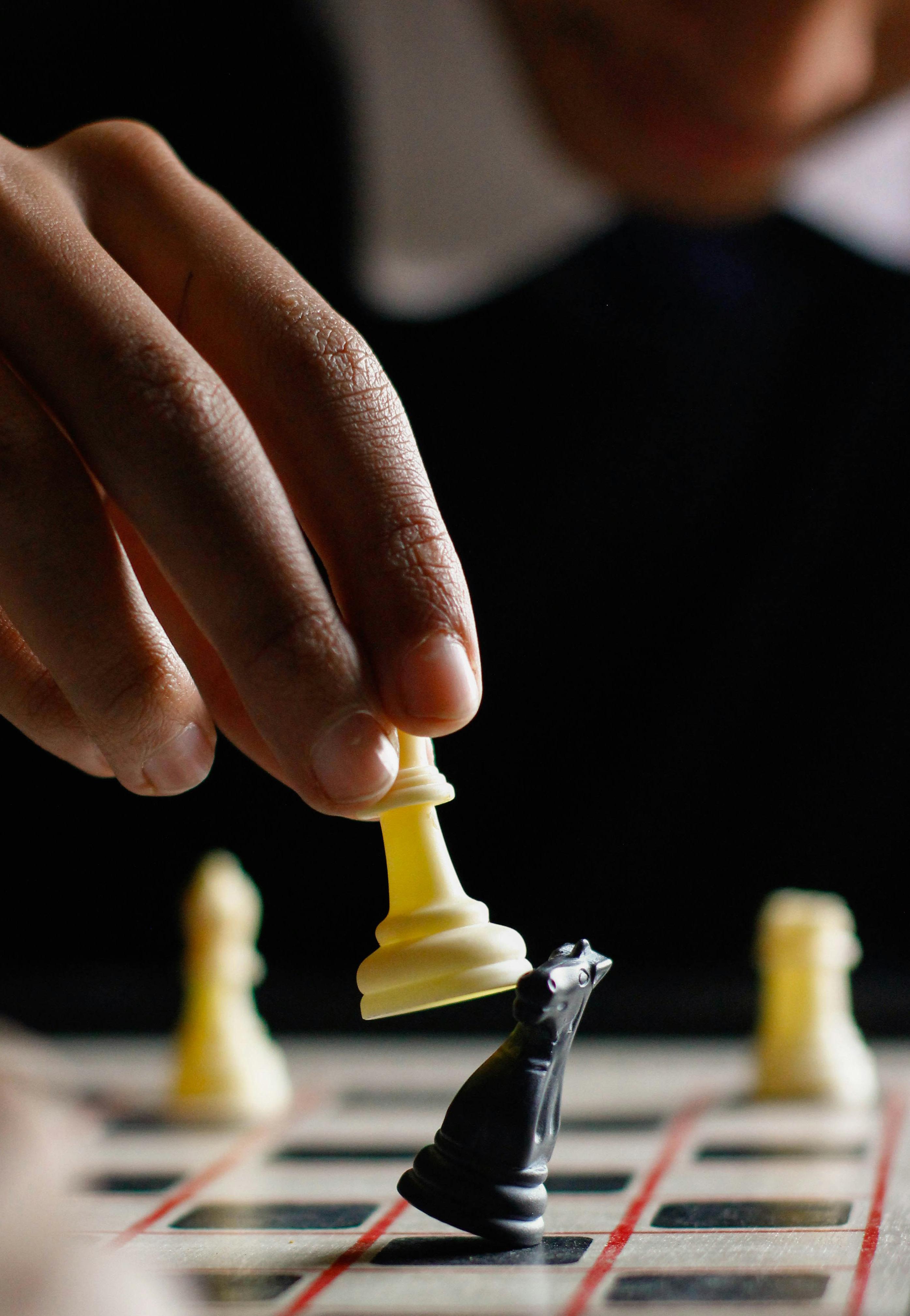
About occupational therapy:
‘Occupational therapy, often referred to as OT, is a healthcare profession that focuses on developing, recovering, or maintaining the daily living and working skills of people with physical, mental, or cognitive impairments.’
Taken from the Royal College of Occupational Therapists website, linked below.
In the USA and the UK, the first educational courses to train an OT were set up in the early twentieth century, and over the years occupational therapy has become established and recognised as a science-based, health and social care profession, which in the UK is regulated by the Health and Care Professions Council (HCPC). To become an occupational therapist in the UK a degree or a degreelevel apprenticeship in occupational therapy must first be completed and passed, after which it is possible to apply for professional registration with the HCPC and to obtain a licence to practice and become a member of the Royal College of Occupational Therapists.
For more information visit:
Royal College of Occupational Therapists
World Federation of Occupational Therapists

Valencia evokes imagery of a sun soaked city, promenades that stretch for miles, beautiful and diverse architecture and, of course, oranges! Bathed in the warm spring sunshine it is the perfect setting for a springtime break. This beautiful city is proud to proclaim that it is a ‘smart destination,’ and in 2022 the city was awarded the title of the European Capital of Smart Tourism. Not only does the city believe in sustainable tourism with ecofriendly transport and greener living, but it is inclusive for all, ensuring all visitors can enjoy the best of what the city offers. From the medieval historic walls, to the ultra-modern City of Arts and Sciences, this is definitely a city of contrasts.
The City of Arts and Sciences is a spectacular space, and it is one of the ‘Twelve Treasures of Spain’ (a list of twelve sites deemed to be of great historical and cultural value to the Kingdom of Spain). It is home to a complex of futuristic buildings designed by architect Santiago Calatrava. Set in the former riverbed of the River Turia it is home to the Museum of Science, L’Ocengrafic aquarium, IMAX cinema and much more. The grounds in which the buildings sit are equally as impressive, and worth enjoying some time in. This place is not to be missed, it’s easy to spend a full day or two here, our top tip is to grab some local foods and take along a picnic to enjoy.
Photograph by Jonny James, Unsplash
This iconic building opened in 1928 on the site of an open air market which dates back to the middle ages, making it one of the oldest markets in Europe. Not only is it number one for fresh produce, it is housed in the most beautiful art nouveau building. Popular with locals and tourists alike this is a market you won’t want to miss, it will hit all of your senses. Our top tip is to visit hungry and enjoy the many tasty morsels that this wonderful market has to offer.
As the home of tapas there are many walking tours you can take, alone or with a group. We recommend a tour, as it will keep your tastebuds tingling and leave you wanting more. There are plenty of tours available but this one is our favourite during which you will visit three accessible bars and eateries, try some of the tastiest, freshest tapas all whilst rubbing shoulders with the locals and gaining valuable insights from your guide, Suzie:
Visit website
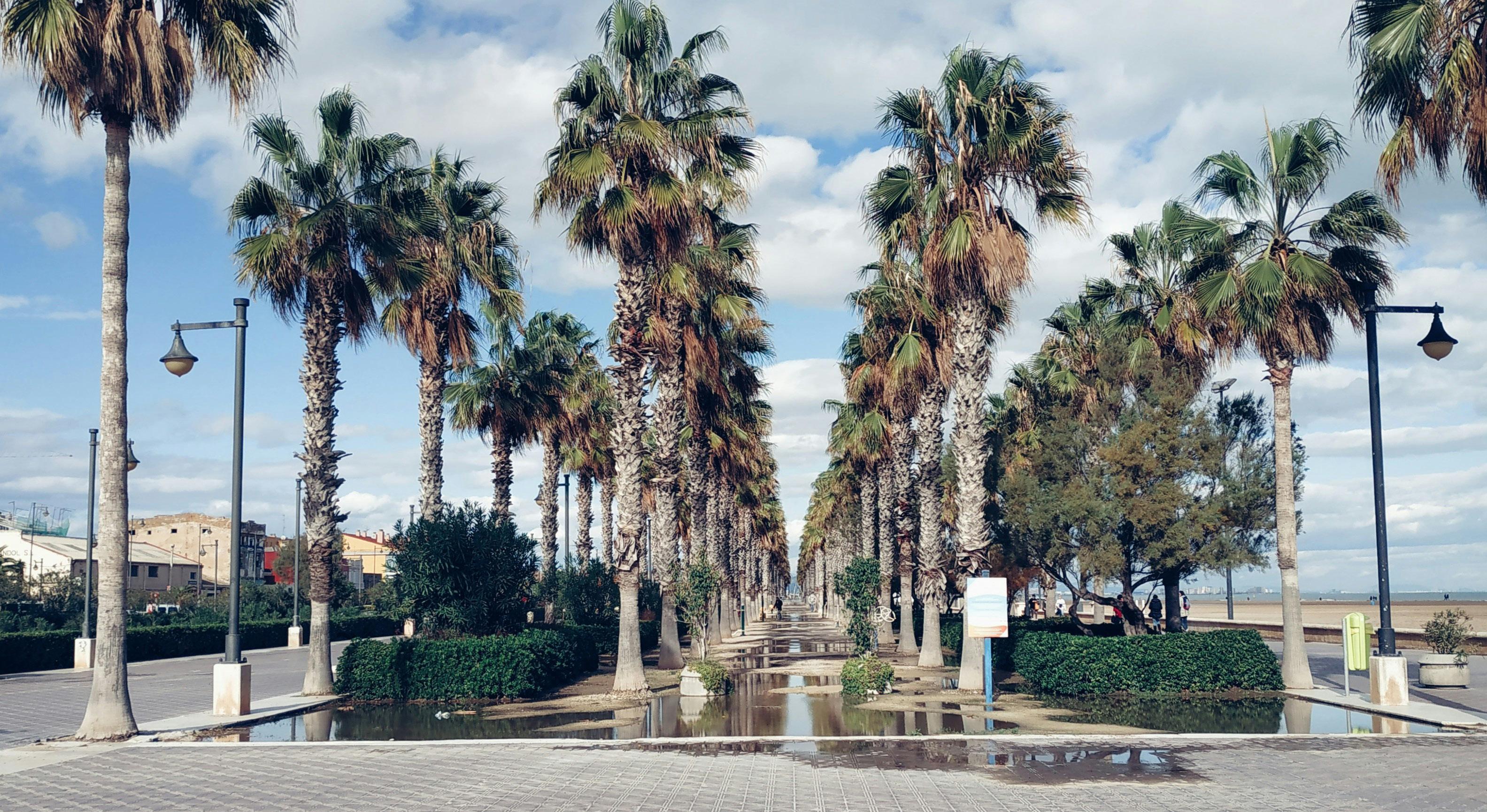
Valencia has a waterfront expanse with over twelve miles of sandy beaches to enjoy. You can pull up a sunbed and enjoy the warming sun with a great book, or take a stroll along the miles of promenade while soaking up the sea air. La Malvarrosa beach is accessible from the promenade straight to the water. There are sea wheelchairs for use, alongside a great range of accessible friendly facilities. If the sand or sun gets too much you can duck into one of the many local bars and restaurants for some tasty food or perhaps a refreshing afternoon cocktail.
There are plenty of places to stay in Valencia, with a range of options to choose from to suit your budget; from top end boutique hotel to B&B, you should be able to something that is right for you. We always recommend speaking with the hotels and discussing your requirements with them before you book to help ensure that your stay is perfect for you. We have picked three of the accessible hotels in Valencia that we think would be perfect for a trip there.
 Photograph by Dayso Q, Unsplash
Photograph by Dayso Q, Unsplash
This avent garde hotel sits near by Spain’s twelfth wonder, The City of Arts and Sciences, which is a five minute stroll away. And, a shopping mall and many brilliant eateries are also close by. This 4-star hotel is designed with comfort in mind and positioned in an ideal location to explore the city.
Visit website
Ingles Boutique Hotel is located in the heart of the old city close to many tourist sites, restaurants and shops. This beautifully designed hotel is housed in a renovated 18th-century palace, and some of the rooms overlook the baroque Palace of the Marqués de Dos Agua, which is one of the top ten architectural buildings in Valencia. The on-site restaurant is also well worth a visit!
Visit website
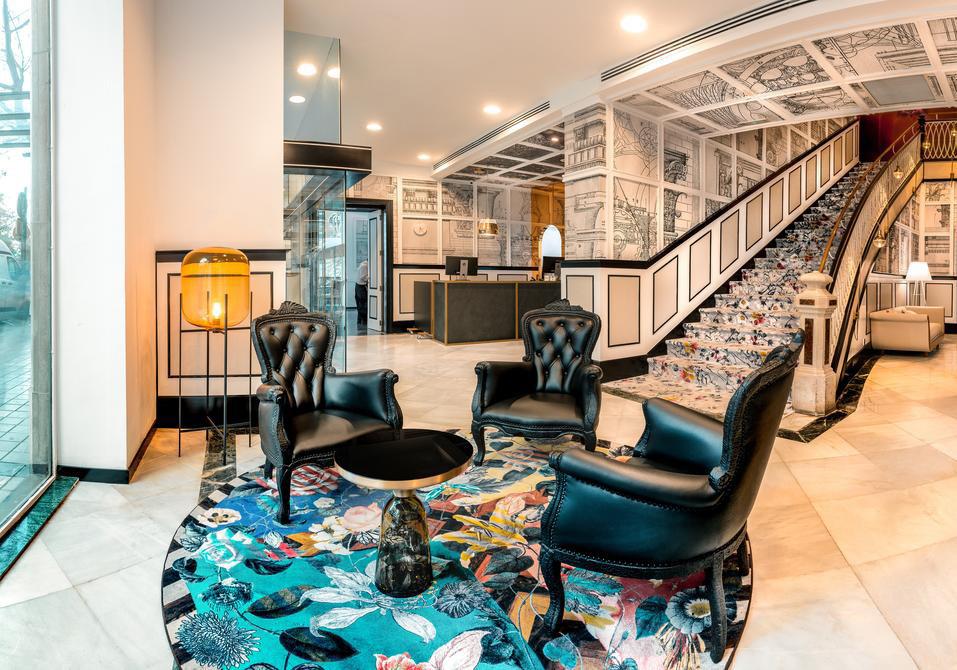
This former merchants’ mansion has been reinvented and rejuvenated into a beautiful hotel. This is a luxury retreat with one of the best spas in Valencia. It is centrally located with the old town and other tourist highlights just a ten minute stroll away. The design is elegant and bright and the rooms are relaxing and modern. The on-site restaurant on the terrace is a great place to eat if you do not want to venture too far.
Visit website
The food in Spain is simple and delicious, and of course it is world famous for its tasty tapas and paella, not to mention the fresh seafood - especially on the coast. There’s also a great range of wine and sangrias to sample from local vineyards. Of course you must have at least one fresh Valencia orange during your trip!
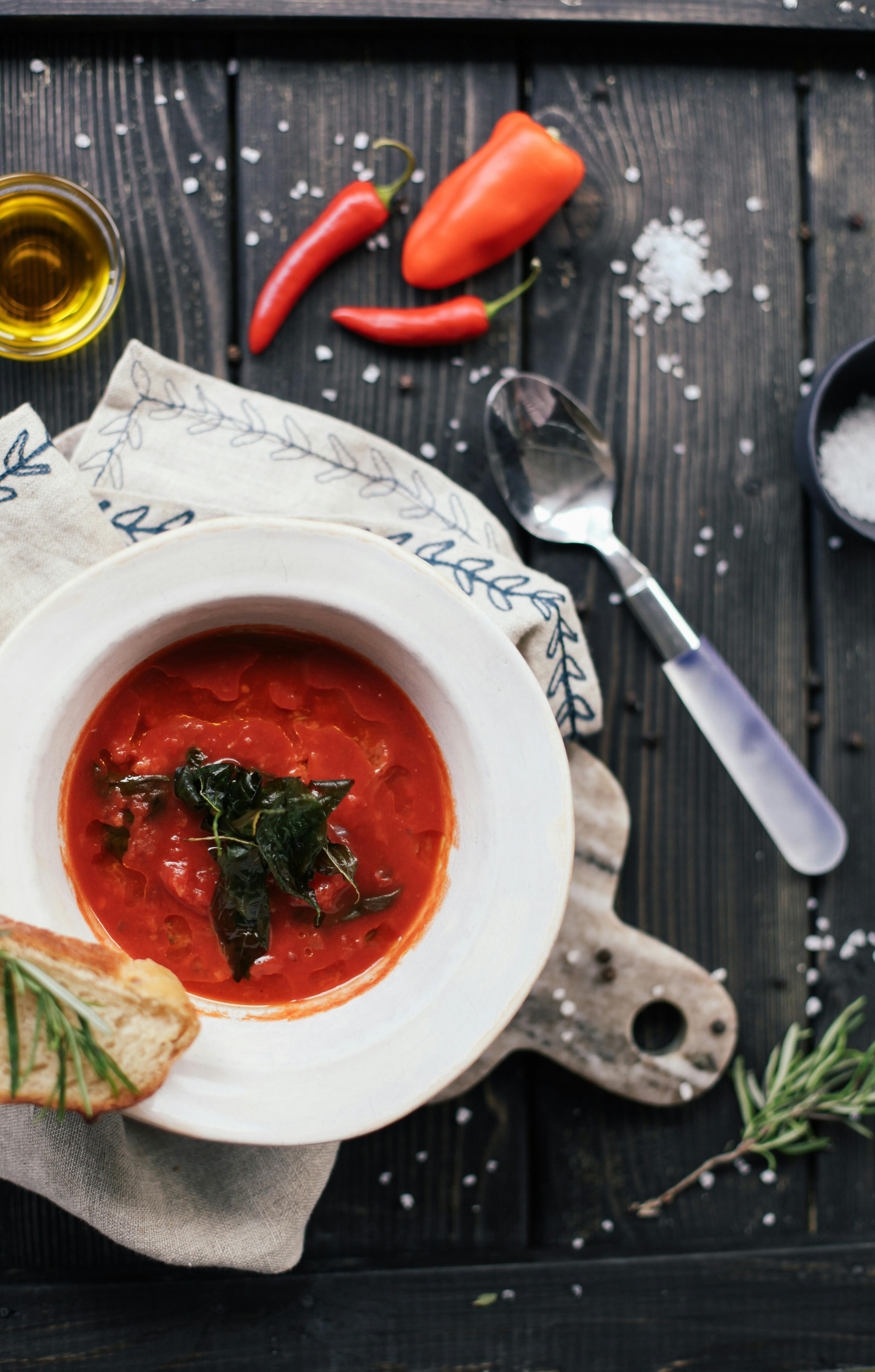
This is one of the best places to eat in Valencia, highly rated and with mouthwatering meals. LaTaberna Casera has been a Valencian favourite for thirty years, serving tasty dishes to locals and tourists alike. The staff are friendly, welcoming and will make you feel right at home. The sangria and the paella are the favourites on a visit here, but don’t be mistaken into thinking that is all this little gem offers, as the rest of the menu is equally as delicious.
Visit website
Karak is a Michelin recommended restaurant, but it is also so much more. Head chef Rakel focusses on one main ingredient per plate, and makes it the star, packing each dish full of flavour. Karak has a creative menu and approach to dining, offering nine, ten or twelve courses on the taster menu. With attentive front of house staff who are equally as passionate as the kitchen team this makes Karak come truly highly recommended. Not just a typical restaurant but an experience!
Visit website
Casa Baldo is located in the heart of the city, and has been serving locals and tourists alike since 1915. Recently revamped in 2022, the interior still harks back to the original days when it started out as a grocery store that had its own coffee roastery. Today it offers authentic Valencian foods served by friendly staff. Open from breakfast time until late into the night, this is a must-visit place to enjoy the local food, ambience and of course a glass or two of wine.
Visit website
PhD students Lorna Milne and Arya Ajay using the Time of Flight Secondary Ion Mass Spectrometer (ToF-SIMS) with hybrid OrbiTrap TM functionality, the ‘3S OrbiSIMS’ at the University of Nottingham is the first of its kind in an academic setting. Photograph supplied by Cathy Merry

Unravelling the
Cathy Merry’s group’s quest for earlier detection and therapeutic testing in mucopolysaccharidoses
The journey into the realms of science, particularly in the field of glycobiology and stem cell research, is a path less trodden, and filled with the promise of groundbreaking discoveries and the potential to transform lives. In an engaging conversation Cathy Merry, Professor of Stem Cell Glycobiology, shares her personal voyage into
the scientific world and elucidates the scientific principles fundamental to her pioneering research.
Cathy’s entrance into the world of scientific research was significantly influenced by her family, particularly her father, a biochemist and glycochemist. She reminisces about her early experiences in the lab, stating, “I used to go into
the lab with him when I was little... and I used to be sat at the bench organizing pipette tips and running gels and doing various little experiments.”
This early exposure sparked her passion for science, shaping her career aspirations. She reflects on these formative experiences with fondness, noting, “that was hugely exciting to me as a child. So I always wanted to be a scientist and I always wanted to work in labs.” Her journey into research was nurtured by a familial environment that valued scientific inquiry, setting the foundation for her future contributions to glycobiology and stem cell research.
Cathy now runs a research group at the University of Nottingham. They are based in the Biodiscovery Institute, which brings together researchers from different disciplines, including physicists, chemists, biologists, medical researchers and computer scientists. This melting pot of expertise drives research forward, with innovations in one area quickly being implemented in others.
“Research is incredibly fast paced, things are changing really quickly, new opportunities are coming along.”
Glycobiology is the core of their research. Her research team are dedicated to
understanding the critical role of complex sugars in biological processes and to exploiting this knowledge in the design of diagnostic tools and methodologies for evaluating treatments for rare diseases and cancer. “This is different from the type of sucrose you put in your tea.”
A type of complex sugar called glycosaminoglycans (GAGs) is particularly significant in this field. Through their presence outside cells GAGs interact with signalling proteins such as growth factors, providing instructions to cells. “They are important because they can change really quickly… so they lay down the pattern that the rest of the cell activity follows,” Cathy explains. For example, they can adapt to differences in metabolism or the presence of a pathogen such as a virus. They play essential roles in cell signalling and structural integrity, impacting everything from growth and development to the progression of diseases. GAGs’ complexity and diversity make them challenging to study, but they offer a promising opportunity for a deeper understanding of various conditions.
“Obviously if something goes wrong with these sugars, or if
www.samebutdifferentcic.org.uk

“I used to go into the lab with him when I was little... and I used to be sat at the bench organizing pipette tips and running gels and doing various little experiments.”

the sugar pattern changes, that can be detrimental…it can mean those signalling events take place in an uncontrolled way, and that’s where we see their involvement in diseases.” In mucopolysaccharidoses (MPS), a group of rare lysosomal storage disorders, such as Hunter Syndrome and Hurler Syndrome, GAGs accumulate due to deficiency of the enzymes which break them down. This affects cell signalling by interfering with the normal interaction between GAGs at the cell surface and proteins, such as growth factors and cytokines, and can lead to developmental delays and other severe symptoms.
April was three-years old when she took part in The Rare Project for Same but Different. Diagnosed with Hurler Syndrome (MPS I) her condition illustrates the profound impact that the biochemical anomalies of mucopolysaccharidoses (MPS) can
have. April’s zest for life, her love for outdoor play, and the joy she finds in creative messes with her siblings, contrasts sharply with the underlying challenges of her condition. “April is a brave and determined little character, so friendly and quirky, she charms everyone who meets her.”
Despite the complexity and diversity of GAGs making them a formidable subject of study, April’s case underscores the tangible consequences of their dysregulation: the accumulation of GAGs within her body has led to a broad spectrum of problems, affecting her sight, hearing, spine, joints, muscles, and heart. The significance of early and precise intervention is highlighted by April’s experience, where a bone marrow transplant at eight months old managed to halt the disease’s progression by supplementing the deficient enzyme, though it could not


reverse the damage already inflicted on her musculoskeletal system. This intervention, alongside the comprehensive care provided by specialists at Manchester Children’s Hospital and the developmental support from the team in Wrexham Maelor, reflects the critical role of targeted treatments in managing MPS.
Furthermore, the support from the MPS Society in driving research, advocacy, and community connection exemplifies the broader
effort needed to advance our understanding and treatment of these complex disorders. April’s journey not only puts a human face on the scientific challenges of studying GAGs and their role in disease but also highlights the hopeful strides being made towards better diagnostics and therapies, promising a future where the detrimental effects of such conditions can be more effectively mitigated.
A recent advancement by Dr Andrew Hook who works with Cathy at Nottingham University may eventually aid early diagnosis of MPS, improving outcomes by initiating treatments sooner. They have developed a method, initially intended for analysing polymer chemicals on medical device surfaces, to analyse minute quantities of GAGs. This advancement allows for the analysis of small samples, such as urine from children with MPS, or blood spots from newborn screening tests, to identify the type and quantity of GAGs present.
The development process for this test, though quicker than drug development, requires rigorous validation to ensure it doesn’t confuse MPS with other disorders. The goal is to refine this method for high-throughput screening, with hopes it could be incorporated into clinical practice within the next decade, subject to overcoming various scientific and regulatory challenges.
“There is gene therapy out there now, so there’s definitely hope for the future”
To better understand human disease processes, particularly how GAG differences affect development, the group’s research also delves into the world of stem cells. Initially utilizing mice models, Cathy found limitations in their application to human diseases, prompting a pivot to embryonic stem cells from blastocysts, and later, induced pluripotent stem cells (iPSCs).
iPSC technology allows for adult cells to be reprogrammed back into stem cells, which can then differentiate into various cell types. This approach is invaluable for studying genetic disorders like MPS, as it enables the generation of large cell quantities from patients, facilitating the development of therapeutic techniques without repeated patient intervention. These “avatar” cells provide a robust platform for testing potential therapies across different tissue types.


“This approach not only advances our understanding of disease mechanisms but also paves the way for personalised therapies, marking a significant shift in medical research and treatment strategies.” This work underscores a collaborative effort in the scientific community to refine the differentiation processes of stem cells into accurate tissue models, enhancing the understanding and treatment of diseases.
Throughout the interview, Cathy’s optimism and dedication shine through. Her work is not just about scientific discovery but also about the impact these discoveries can have on individuals and families grappling with rare diseases. “There is gene therapy out there now, so there’s definitely hope for the future,” she asserts.
As Cathy looks to the future, her focus remains on bridging the gap between research and realworld applications. Her team’s work in glycobiology and stem cell research continues to push the boundaries of what’s possible, driven by the belief that science has the power to change lives.
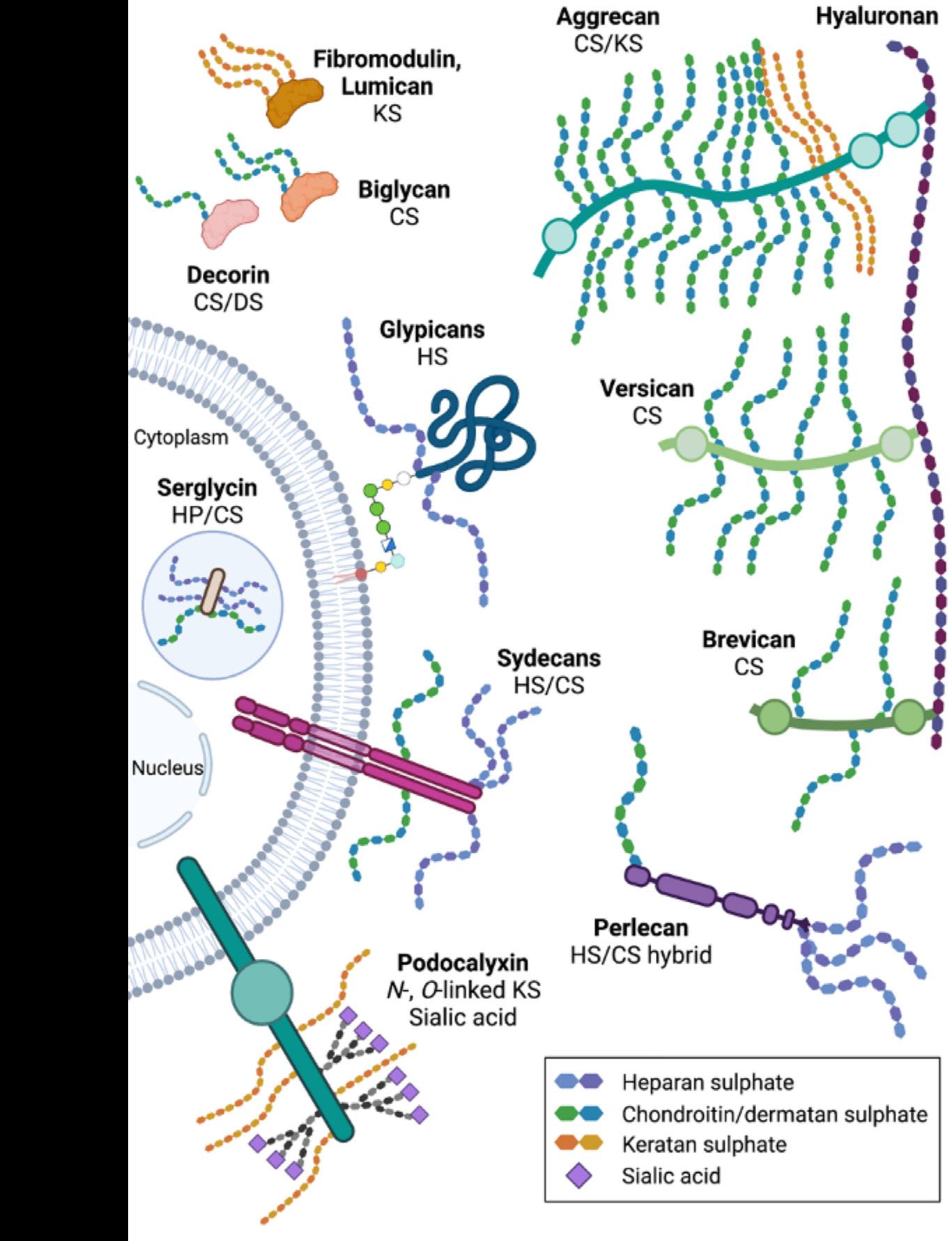
This figure shows the variety of different shapes and sizes of glycosaminoglycans, which can be in the cell, attached to proteins on its surface or outside the cell. Their different structures influencing their roles in the body.
Diagram by Dr Jamie Thompson
Lorna Milne's PhD is funded by the Biological and Biotechnology Research Council (BBSRC) and Arya Ajay's PhD is funded by the Medical Research Council (MRC). Cathy would like to thank co-supervisors Dr Andrew Hook, Dr Kenton Arkill (University of Nottingham), Dr Liang Wu (The Rosalind Franklin Institute) and Dr. Simon Jones (Willink Unit, St Mary's Hospital, Manchester)
Stem cells are the body’s raw materials – cells from which all other cells with specialised functions are generated. Under the right conditions in the body or laboratory stem cells divide to produce new stems cells or specialised (differentiated) cells with a more specific function, such as blood cells, brain cells, heart muscle cells or bone cells.
The field of stem cell research represents one of the most promising frontiers in modern medicine. These cells’ ability to differentiate into any cell type in the body opens up unparalleled opportunities for disease modelling, drug testing, and regenerative therapies.
Find out more here:
Mayo Clinic

About Glycosaminoglycans (GAGs) & Mucopolysaccharidoses (MPS)
Glycosaminoglycans
Glycosaminoglycans (GAGs) are long, complex chains of sugars, typically attached to a protein core, which are found on the cell surface, within cells and in the matrix surrounding cells. Through interactions with intercellular signalling molecules such as growth factors and cytokines, they play a critical role in cellular function, and are involved in a myriad of biological processes, from cell signalling to tissue repair and regeneration.
Find out more here:
Essentials of Glycobiology, 4th edition, chapter 17
Mucopolysaccharidoses (MPS)
MPS are a collection of rare genetic disorders in which the body is unable to break down the complex sugars glycosaminoglycans (GAGs). These syndromes include Hurler, Scheie, Hunter, Sanfilippo, Morquio, Maroteaux-Lamy, Sly and Natowicz. They are caused by a deficiency in enzymes that breakdown GAGS, found in lysosomes, the primary digestive unit within cells. As a result, these sugars build up, causing progressive damage to cells, tissues and organs in the body leading to a variety of health problems. In most cases of MPS, affected infants appear normal at birth and symptoms become apparent around the age of one or two. Depending on the type of MPS and severity, affected individuals may experience a decline in physical and mental function.
Find out more here:
National Organisation for Rare Disorders
MPS Society
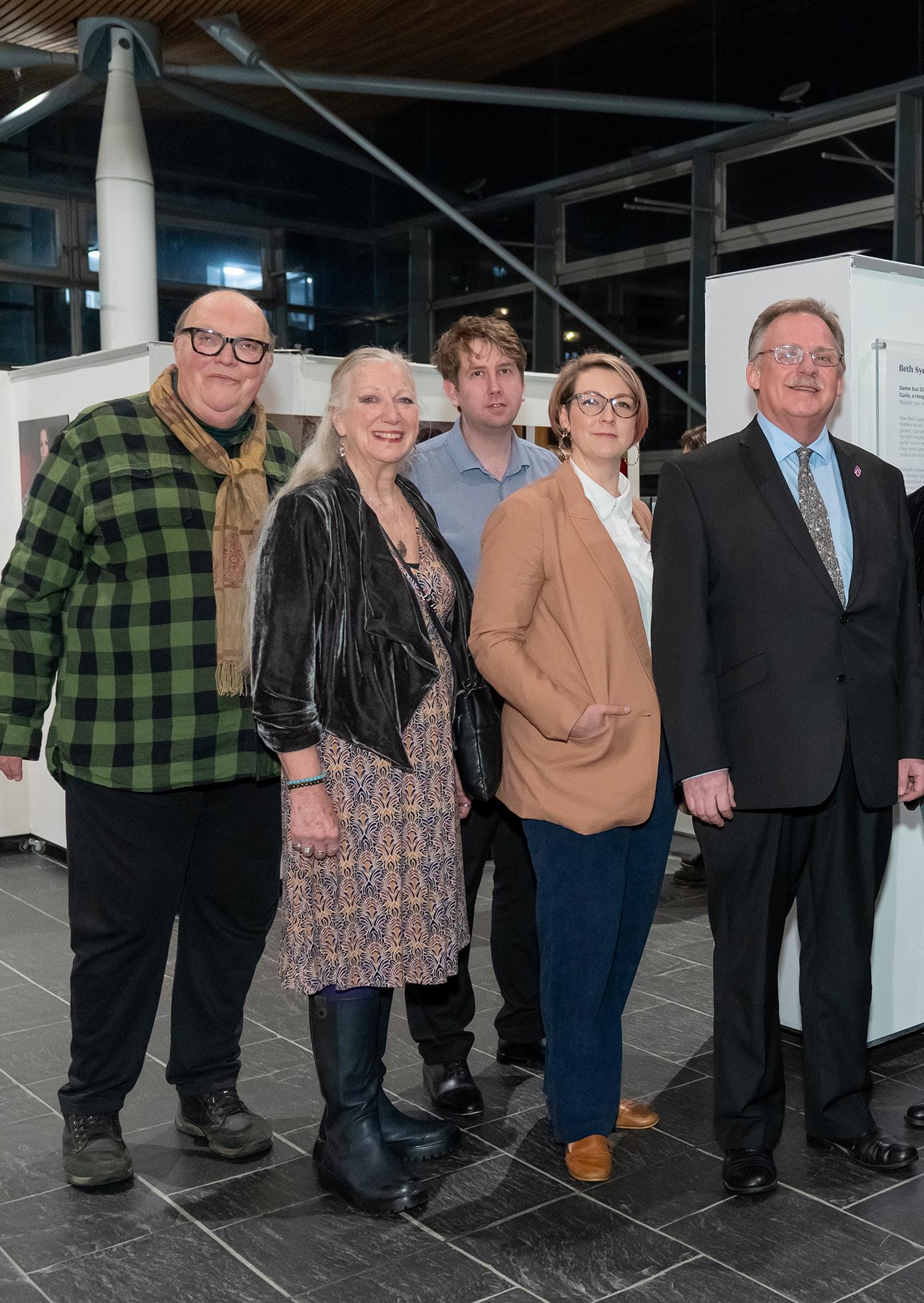
Same but Different welcomed participants and interested parties to the ‘What matters most? ‘exhibition launch at the Senedd in Cardiff in January. Representatives from collaborators Hospice UK, Marie Curie and the National Lottery Community Fund joined to hear talks given by contributors and to view the newly installed exhibition.
Photography by Patrick Olner, Tall and Short Photography
The Senedd in Cardiff hosted the official launch of Same but Different’s latest project on 23rd January. The ‘What matters most? Living with dying’ exhibition aims to improve end-of-life care provision through the experiences of those receiving and delivering care. Each portrait, film, and written account in the exhibition is unique and moving, leaving us to ponder what a good death is and how we can accomplish it.
The people taking part share their own experiences and expectations of endof-life care, each one providing another thread into the overarching tapestry, which weaves together a larger story about the support and care available. Sadly, today not everyone gets a good death or
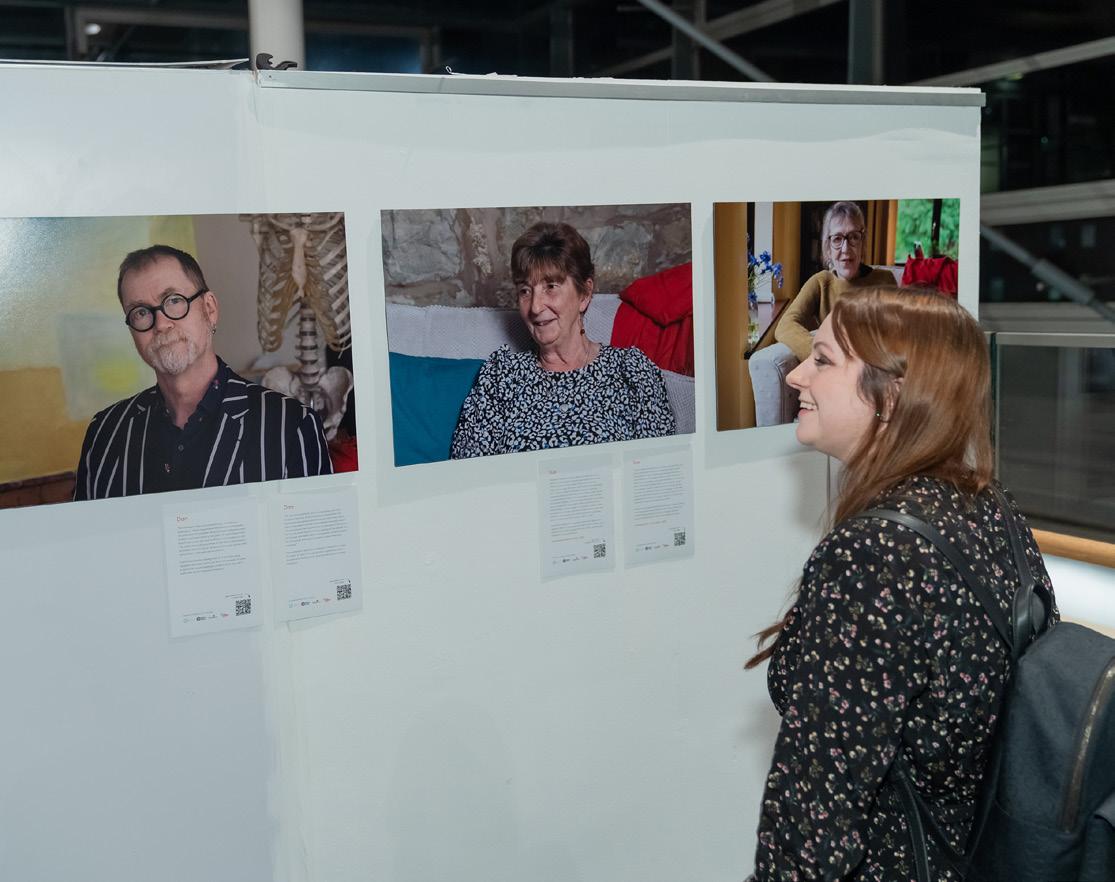
the support needed, and it is something that the exhibition highlights through the families taking part and the stark comparisons between them.
One of the many supporters of the exhibition recently said “The ‘What matters most?’ exhibition will do much to inspire political debate/change and prevent similar awful things from happening to others in end-of-life care in the future. Visual culture is a universal medium and it’s THE most powerful medium for communicating important messages.”
The concept for the exhibition was inspired by Same but Different’s CEO Ceridwen
Hughes’ experience of the distressing death of her mum Joan, and drawing on the family’s experience during her end-of-life care. Created in collaboration with Hospice UK and Marie Curie and with support from the National Lottery Community Fund, Ceridwen and the team at Same but Different were able to talk to others with a terminal diagnosis and their relatives to understand what a difference it can make if the right support is available.
The launch itself was a huge success, despite Storm Jocelyn trying her best to disrupt travel and attendance. The Senedd sits in an enviable location on Cardiff Bay, but it makes for a very windy entrance during stormy weather. However, despite the storm, the turnout was remarkable. Attendees were welcomed into the stunning building with light refreshments including, in true Welsh fashion, Bara Birth and Welsh Cakes. One attendee stated “I am so pleased I made it down to Cardiff albeit a bit windswept. What an inspiring evening. It was very moving and impactful to hear such stories and meet everyone.”
Hosting the launch was Mr Mark Isherwood Ms, who chairs the Cross-Party Group on Hospices and Palliative Care in the Welsh Government, the Senedd. Mark spoke with passion and drive about end-of-life care and his hope of sharing the message far and wide, before introducing Ceridwen Hughes to the stage to talk about the exhibition in more depth. Listening to her speaking about her experience, attendees felt the emotional journey that they had been on as a family, left angry and saddened that care could be so lacking. During her introduction, she played clips of the award-winning ‘What matters most?’ film that has been produced with patients, families and care providers, highlighting the need for better care. Two other key speakers at the launch were Megan and Sarah, both of whom have experience of end-of-life care today.
30-year-old Megan has been diagnosed with terminal Ocular Melanoma. Taking to the stage she talked about her hopes for her end-of-life care and her experience so far. Having the local hospice involved is helping Megan to plan and prepare. She
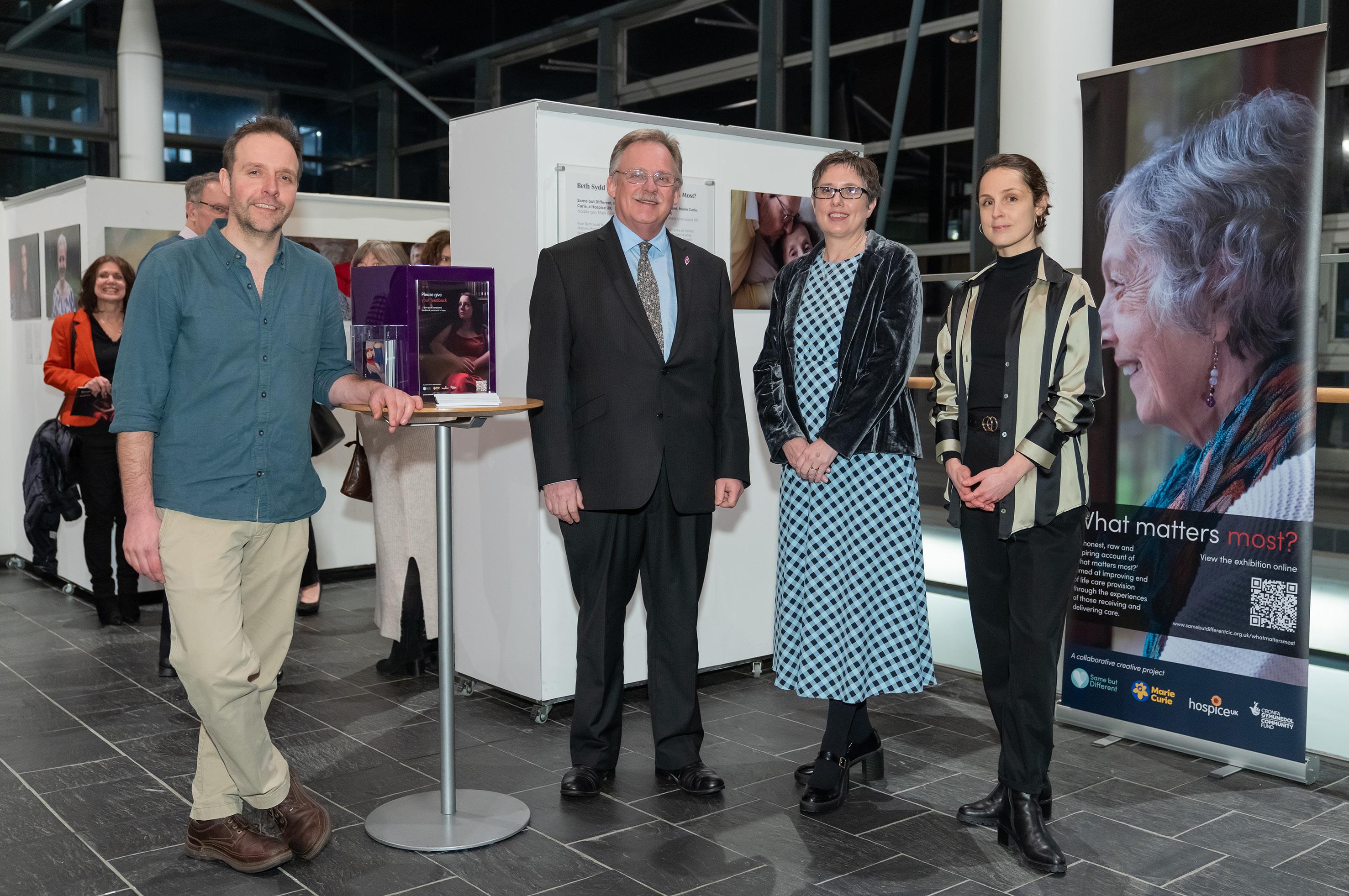
was happy to tell others “I know I will be taken care of when my time comes,” but also equally important to her is that there will be support for her family.
“I am passionate about this exhibition because I hope others will have options similar to me that suit them. To be able to die with dignity and live your last moments without yet another worry to handle, because when you are dying there are lots of things to worry about, without having to worry about where you are going to die. Having the assurance that your family will be supported, having the assurance of reliable care, that hospice care will be
available when you want it. We all want to die painfree, yet we have learned through this project that that desire isn’t always met. This has to change and patients should be heard.”
“This project is full of bravery, courage and strength to make a positive change for others. I hope for it to highlight the need for change and for us to be listened to whilst we are alive so that we can be heard whilst we are meeting death.” Megan attended the launch with her fiancé Dimitar who fully supports her wishes.
Sarah is the daughter of Sue who took part in the exhibition. Sue died in
September 2023 after being diagnosed with terminal pancreatic cancer. “Mum didn’t even like getting her photograph taken so I am so proud of her for taking part in this project. I want to build on her contribution to the project and share some of the lessons I am walking away with. We don’t talk about death enough. We are all going to die. Knowing how your loved ones want to approach death can make the journey better for them and you. We did speak about it with mum, but not nearly enough, and we didn’t cover any scenarios like the ones we faced.”
Sarah spoke about how important the need for joined-up care is and how
that would have led to better care for her mum. “A central champion to co-ordinate care would be invaluable leading to better care. It would save resources, time, money and in our case ultimately have helped mum’s comfort levels and reduced mum’s pain.”
“As a daughter seeing my mum go through end-of-life care, I would really call for a focus on changing how we talk about death. Let us all do it more. Focus on designing and supporting choice when it comes to palliative care pathways. Look at how we can work around systems to join up care so journeys are better and limited resources are more efficiently deployed. My mum’s gone too soon, but we hope her legacy can be to help make other people’s journeys better.”
The shared aim for all who attended is to provide a good death for all. No one wants to see their loved ones in pain and suffering and no one should have to. The exhibition and the launch event lay bare the raw emotions of lived experiences and they are thoughtprovoking, poignant and yet inspiring, driving the need for important conversations to be held. Attendees gave great feedback such as “It was such a pleasure to attend Tuesday’s launch. I found it profoundly moving to hear everyone’s stories and to see first-hand their bravery and incredible kindness in sharing their experiences with all of us.”
Hearing from families and participants added to the weight and importance of the exhibition and the need for more conversations around end-of-life care. Building on the foundations laid in this exhibition Same but Different will continue to raise awareness and champion change when it comes to dying. Please do let us know if you are interested in taking part in future events or sharing your experiences with us.
View the exhibition online at www.samebutdifferentcic.org.uk/ whatmattersmost

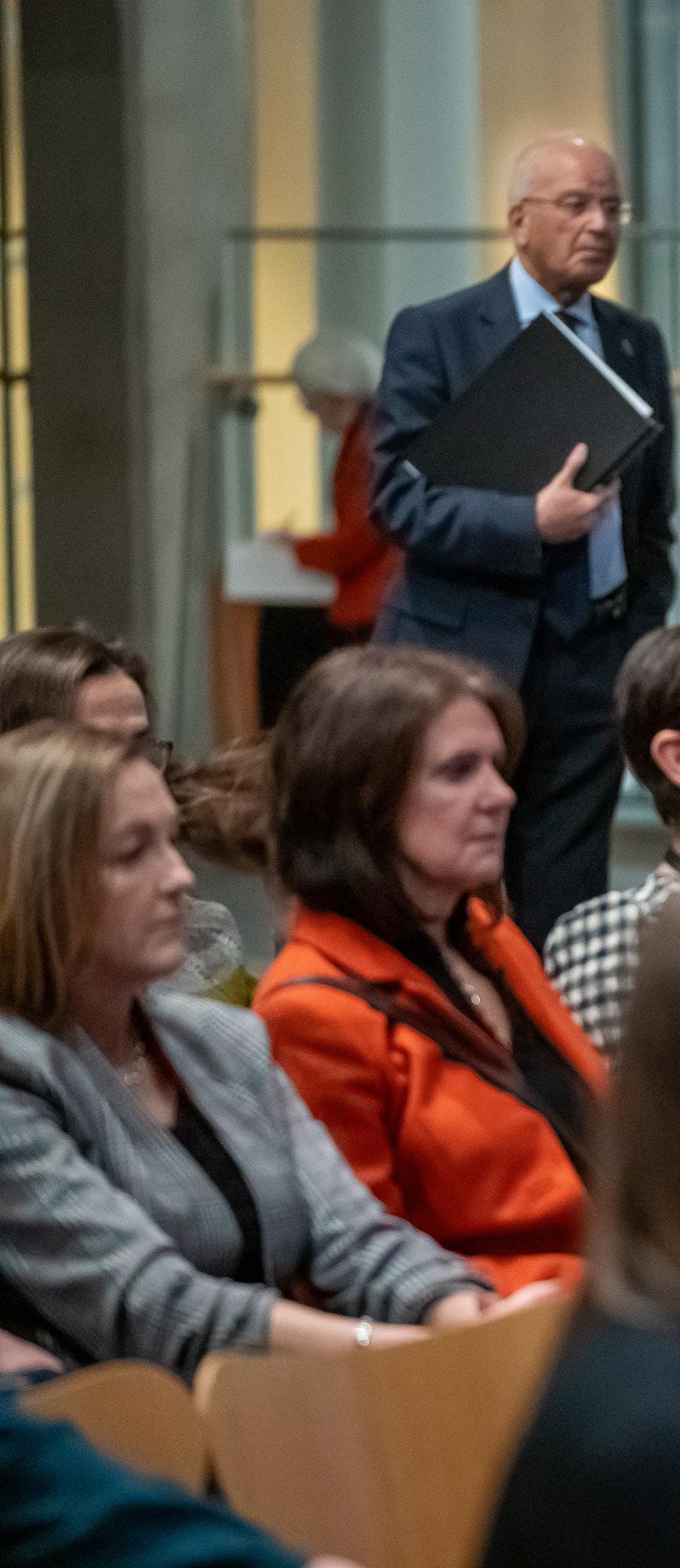 Attendees listen to speeches by Ceridwen, Megan and Sarah View
Attendees listen to speeches by Ceridwen, Megan and Sarah View

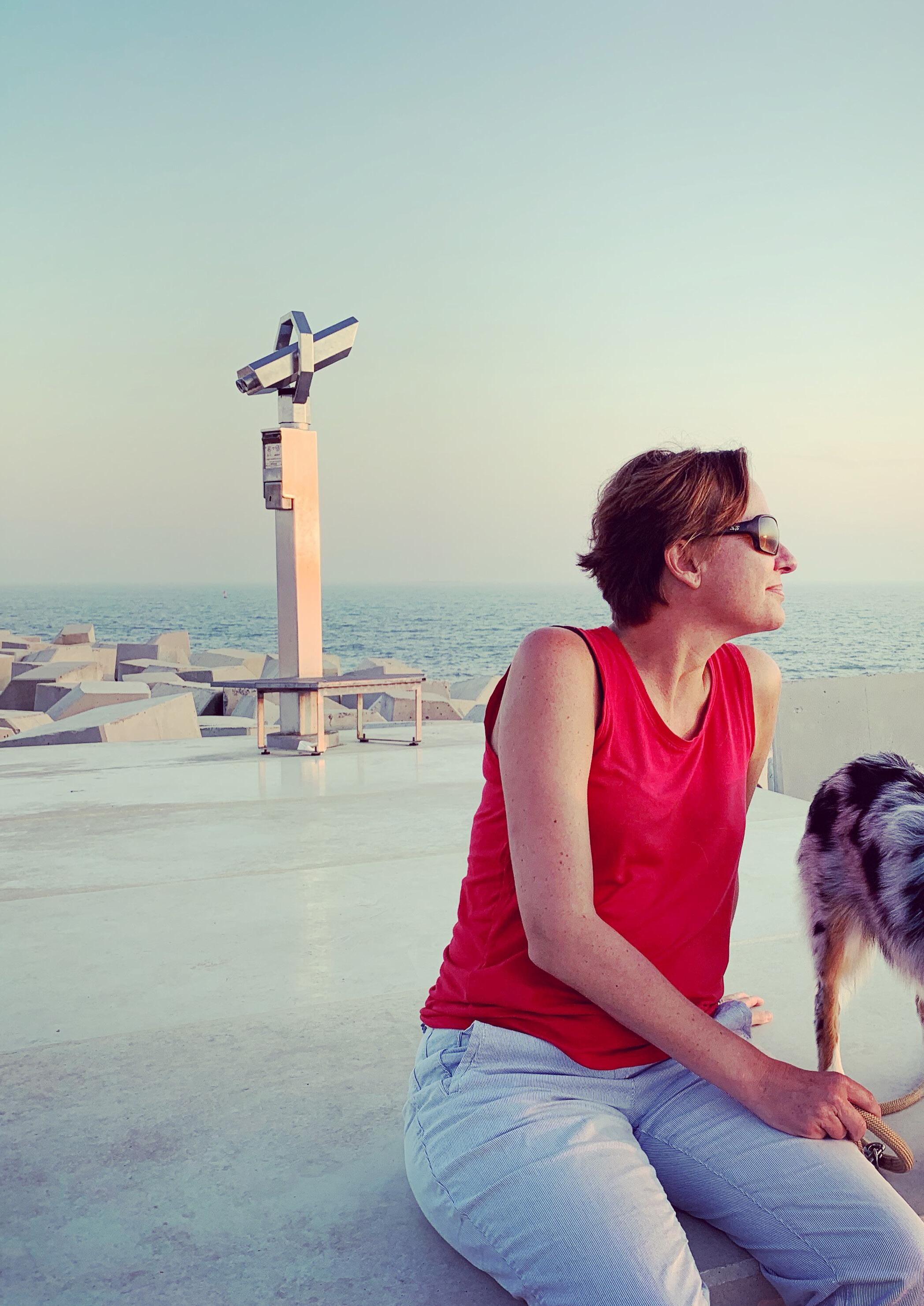
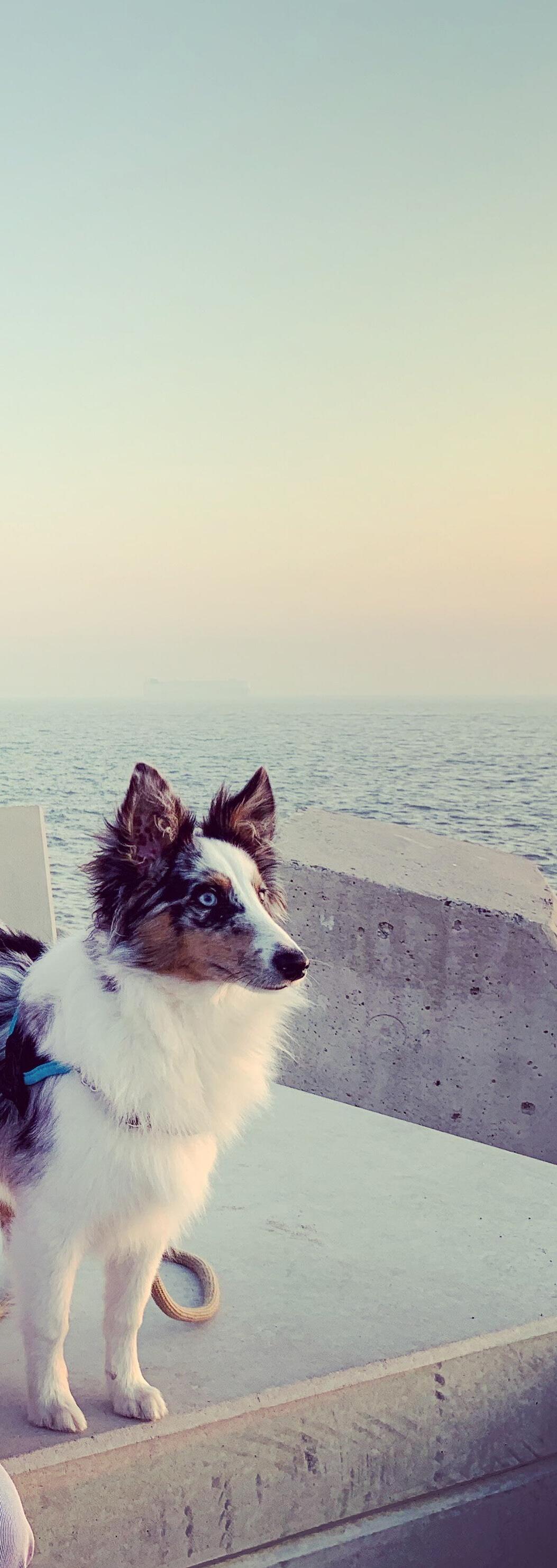
“Our advocacy extends well beyond our local communities so that no one is left behind. Beyond our national borders, and despite our apparent differences the SMA unites us, instilling in us the desire to continue hoping for the best: the finest innovations, optimal care, and new technologies that promise a better life for all those living with SMA.”
March 2024 promises to be a truly incredible, and in many ways groundbreaking, month for SMA Europe and the global SMA community. On Wednesday the 13th of March 2024 SMA Europe are hosting their inaugural Global SMAdvocacy Event in Ghent, Belgium, followed by the 4th Scientific International Congress on Spinal Muscular Atrophy from the 14th to the 16th of March. We met with Nicole Gusset, CEO and President of SMA Europe and Véronique Van Assche, volunteer at SMA Belgium and the Chair of the SMA Europe Adult Committee, to learn more not only about the upcoming events in Ghent, but also about what it is that inspires and drives someone to become an active and committed patient advocate.
Both Nicole and Véronique live with SMA as part of the fabric of their daily lives, albeit in different ways. Nicole’s oldest child, her daughter, Victoria, was diagnosed with SMA in 2011, a diagnosis which would go on to change the course of Nicole’s life and career. Véronique was diagnosed with SMA at the age of three years old. Her grandfather, who had worked as a paediatrician, shared his concerns with her parents about the way in which she walked, which started her family on their own journey to diagnosis.
Looking back at the earliest years of her childhood Véronique sees that whilst “initially my parents felt fear, they transformed this fear into a sort of ‘dynamisme’ (a French noun which describes the quality of having great energy and enthusiasm) and were always there for me.” SMA has been part of her life for as long as she can remember, and although her family was determined to give her every opportunity to enjoy an active childhood there were things which she found harder to do, or could not join in with as she wished to. The mixed
emotions are evident as she recalls family trips, for example skiing or to New York, where her family tried their best to ensure she could access the same experiences that they were, but the reality was that things like skiing became increasingly harder for her to do. As the years passed and the inevitable progression of the condition began to become more apparent, she had to learn to adapt, to accept, and to accommodate the grief that often comes with a rare disease, “because the disability was there, and the disability was

progressive and it was progressing. So, with time we have to adapt.”
Once she had grieved for what was not to be, she realised that it was absolutely within her power to try to find some answers, to seek solutions, and to impact the world around her.
Véronique studied for a master’s in biology and economics at university, choosing to write her thesis on disability, and the integration of people living with disabilities. Looking back, she reflects that she “gradually became a patient advocate when I was young, as I was very curious to understand and to find solution for my disability. When I was 20 years old there was nothing, no treatment, no understanding, nothing. So I felt it was logical for me to fight for my rights, and for the rights of people in a similar situation to mine.”
In 2000 and with the possibilities that opened up through the invention of the internet she began to conduct her own research into the rare condition that she lived with, connecting with both individuals and organisations locally, nationally and even internationally. At the age of 22 she joined the ‘Association Belge contre les Maladies neuroMusculaires ASBL’ (ABMM, the Association against Neuromuscular Diseases based in Walloon), where she began her patient advocate journey. After a number of years it became clear that the SMA

community would benefit from their own, national organisation and so, along with support from ABMM, the Spierziekten Vlaanderen (the Flemish neuromuscular organisation) and SMA Europe, SMA Belgium was established.
Nicole likewise played a central role in actively seeking out and then bringing together the SMA community in her native Switzerland, eventually establishing SMA Schweiz in 2016. When her oldest daughter, Victoria, was born life of course changed in the way it inevitably does with the arrival of a baby. It wasn’t until they could see that their daughter seemed to be a little behind in some of her motor developmental milestones that there was any cause for concern. As she explains, to reach a point of diagnosis was far from simple. “Diagnosis was a journey, or even an odyssey for us. It was of course a time of hope, and of despair, and eventually,
getting the diagnosis was the darkest day in my life so far.”
She clarifies that it is often out of the most difficult situations that positive growth, hope and the strength to create change can be born. “My background as a biologist helped me to cope, in the way I wanted to understand the condition. Developing a better understanding and trying to find solutions to a situation that I was just thrown into was something I could actively do to move forward step by step. I then realised very quickly that it would make sense for me to share what I was reading and learning with other people in the SMA community. This led to the birth of SMA Schweiz.” For Nicole it was clear from the beginning that joining SMA Europe was key, and that it would be in working together that the European, and now global, SMA community could truly be impactful in their advocacy work.
Reflecting back on those early years Nicole shares that one of the things she found hardest to imagine was what her daughter’s life might truly look like. “It was hard for me to understand what a life with disabilities could look like, and I had so many questions and worries.” Having established contact early on with another family they agreed to meet up, a meeting which had a hugely positive impact on her. “It was a relief to meet a family who can instil a positive attitude. For us it was a comforting eye opener to see this small child in her wheelchair, happy and bright and the family living an ‘almost’ ordinary family life.” A short time later, with many unanswered questions, Nicole met a young woman also living with SMA, and this meeting also gave her the incredible opportunity to glimpse her daughter’s future, and it was a

challenging but nevertheless happy and fulfilling one. Today at nearly 14 years old Victoria is on the cusp of adulthood, with exciting dreams and plans for her future. As an example, in the recent SMA Europe #WeAreUnique campaign in which she took part she describes herself as a ‘rolling journalist.’
Interestingly whilst there are many differences in their individual stories there are also a number of similarities between Nicole and Véronique. Both chose to study sciences at university, going on to receive a PhD and Masters in their respective fields. Both have a background of working within their local governments, and are interested in European issues and politics, and of course were key in forming and
supporting their local and national SMA communities and organisations. Both have gone on to take up key roles within SMA Europe, as the President and CEO and the Chair of the Adult Committee respectively.
Nicole and Véronique have also been central in the strategy and planning of the upcoming scientific congress, and in the inception of the SMAdvocacy event that will take place on the 13th of March, one day before the congress. They are keen to share that as part of this event they will be launching a new project, the SMAcademy. This collaborative project will support and enable patient advocates from around the world to be truly well equipped to advocate more effectively for solutions to the needs
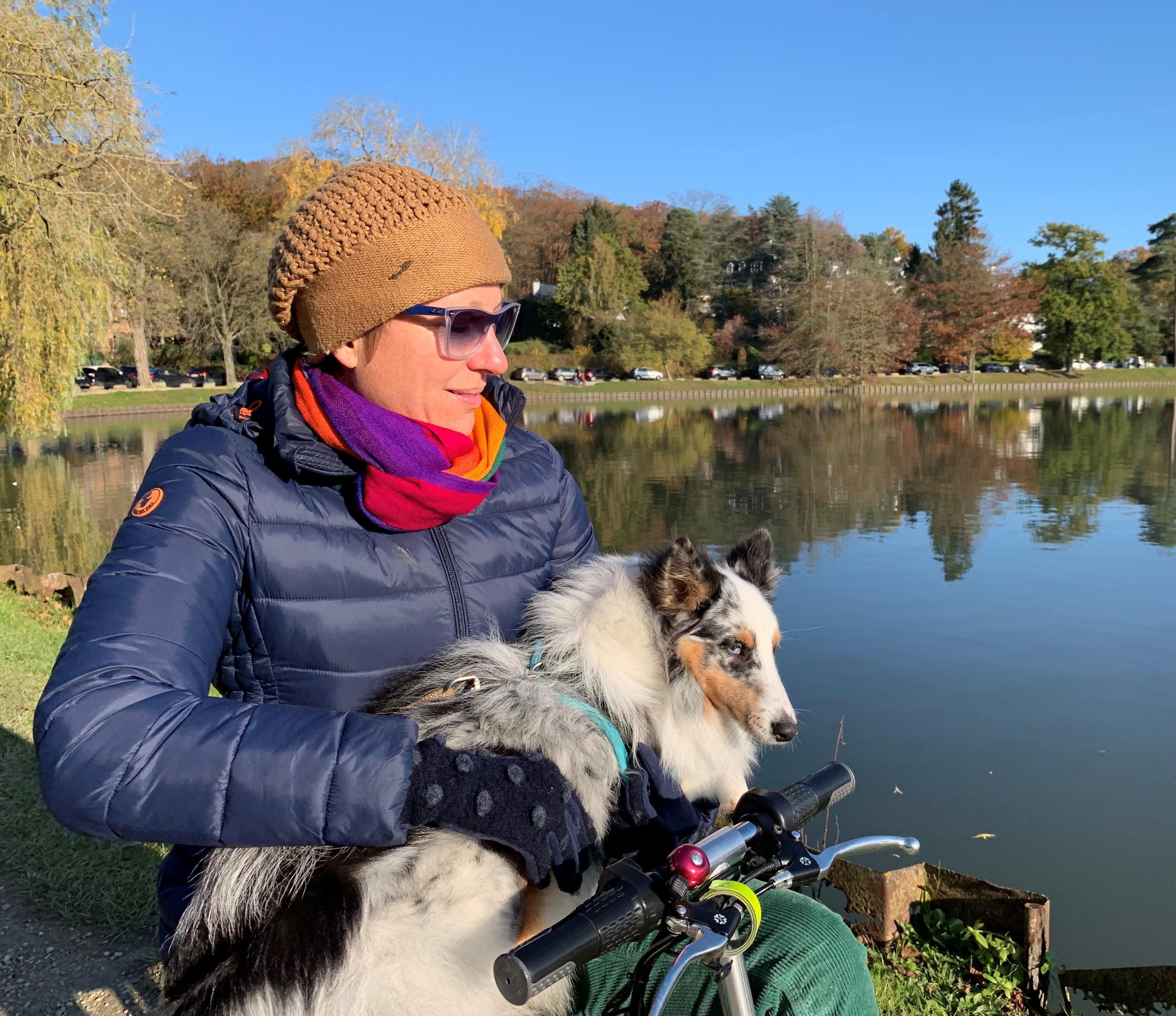

of the SMA community within both their local and national frameworks.
In bringing together patient advocates from around the world they will be better able to share their advocacy experiences and learn from each other, while cocreating strategies and real advocacy goals. Nicole explains that patient advocates are the force behind many achievements for people living with SMA, ranging from successes in research to development and access to treatment and care, but there are gaps, not all countries can benefit equally from recent progress and no countries have it ‘all.’ “By bringing together our global advocate community in one place, we can work together towards solutions to our needs. This is why SMA Europe decided to host a global advocacy event, exclusively for patient advocates who are representative of individual national organisations. We have participants
from literally around the world attending, with representatives from countries from six continents; Asia, Africa, Australia, South America, North America and Europe. I’m very much looking forward to the event as we will truly hear a global SMA voice during the day, a day that will be full of inspiring and motivating energy.”
Through the participants sharing their advocacy experiences they can not only learn from each other, they can work together to develop mutual strategies towards achieving some concrete advocacy goals, and to develop a truly effective global network of patient advocates. Tabled discussions will focus on a number of challenges, for example the issues related to equity in access to treatment, differences in local standards of care and access to new-born screening. Additional themes will include how to establish and make national registries as effective as possible, and to influence local policies.
Following this SMA Europe will host their 4th Scientific International Congress on Spinal Muscular Atrophy. As an organisation, they are passionate about bringing together scientists,
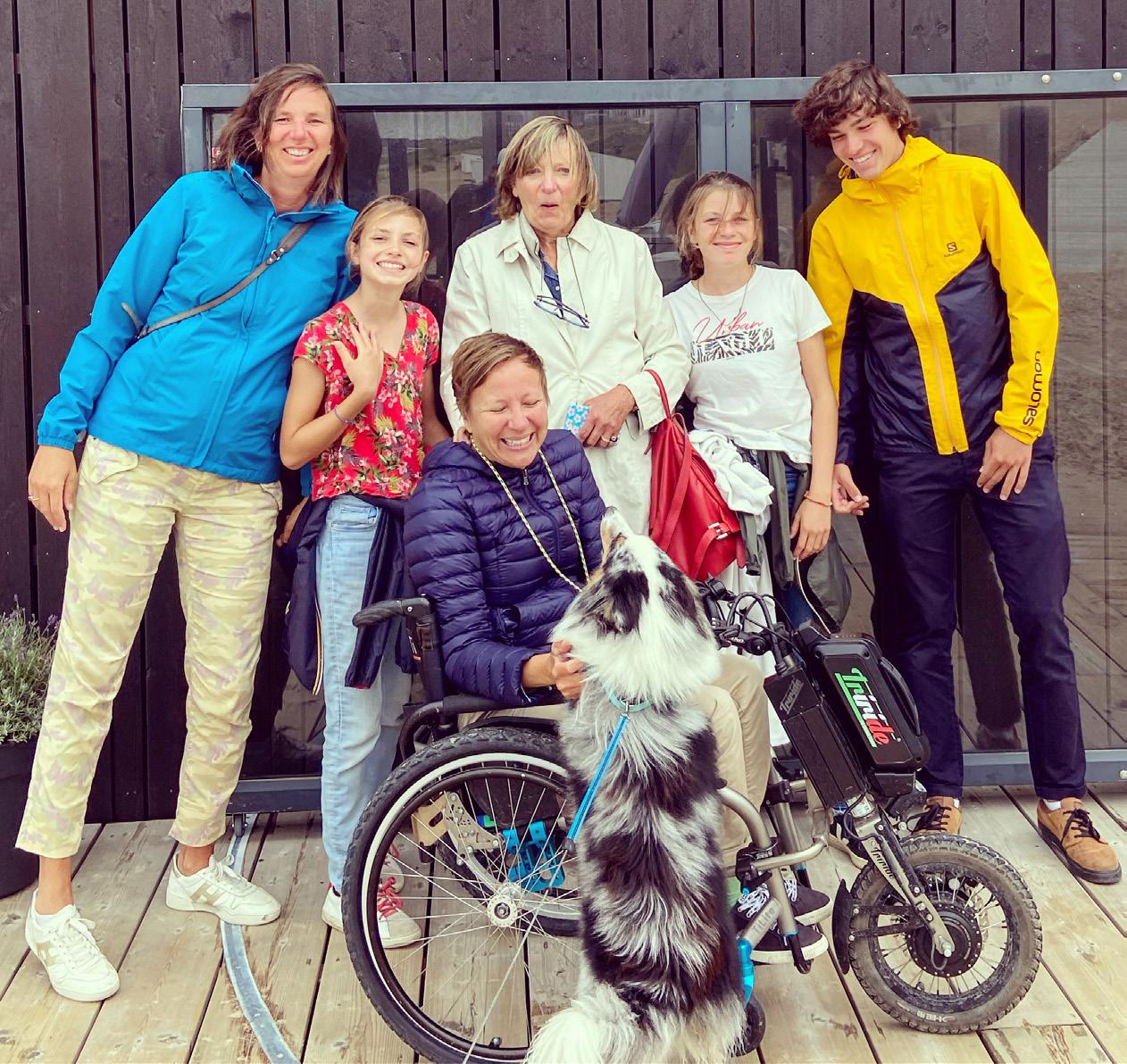
young researchers new to the field, as well as health care professionals, to participate in the congress. The event is expected to be attended by over a thousand people who all work within the field of SMA research and/or clinical care. As such it represents a huge opportunity for SMA Europe to promote, build and develop the global focus on SMA, because as Véronique explains “there remains a crucial need for continuous medical and scientific advancements. The field of research is in constant motion, and this congress can inject dynamism and energy into the scientific community, it can motivate the different stakeholders and provide a reason to persevere in the fight for those living with SMA.”
However, Nicole and Véronique’s shared similarities speak to something that goes deeper than the choices they have made in their academic and professional lives, or in their shared sense of social responsibility and the commitment to volunteer their time, energy and

resources into driving change. In speaking to both a striking inner strength was evident, and the ability to be open and honest about the emotional impact and difficulties that can come in a life lived with SMA. Véronique reflects that “I dreamt of finding a medical cure for SMA. As a child, teenager, and young adult, I felt different and found it unfortunate and unfair. I wanted to channel this energy into understanding and finding solutions. The disease progressed gradually, and I eventually bought my first wheelchair at 22. Despite a life filled with discoveries, friendships, and travels the reality of logistical challenges and my increasing fatigue made things difficult. I wanted equal opportunities, rights, and freedoms.”
It is arguably this which is perhaps truly the key to their shared commitment to patient advocacy; the ability and willingness to use their personal, lived experiences, their knowledge and their strength to not only navigate their own journeys, but to support the wider SMA community around them with honesty, with integrity, with determination and with hope.

About SMA
SMA is a rare genetic and progressive neuromuscular condition occurring in approximately 1 in 6,000 to 10,000 live births.
Characterised by degeneration of nerve cells in the spinal cord (motoneurons), SMA leads to progressive muscle weakness and atrophy.
SMA has many faces. SMA is characterised by a wide spectrum of how severely children and adults are affected. The symptoms vary from person to person. SMA may affect daily activities such as breathing, eating, hugging, grabbing, nodding, sitting and walking.
* Information based on the ‘About SMA’ section of the SMA Europe website.
Kindly supported by Biogen.
Contact Information
SMA EUROPE:


Visit website

Join us in Ghent, Belgium, connect with global experts, explore breakthrough research, and be a catalyst for positive change in the field of Spinal Muscular Atrophy.
Register here
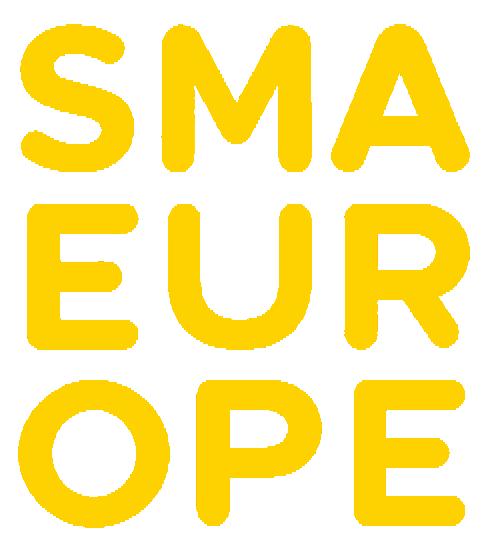
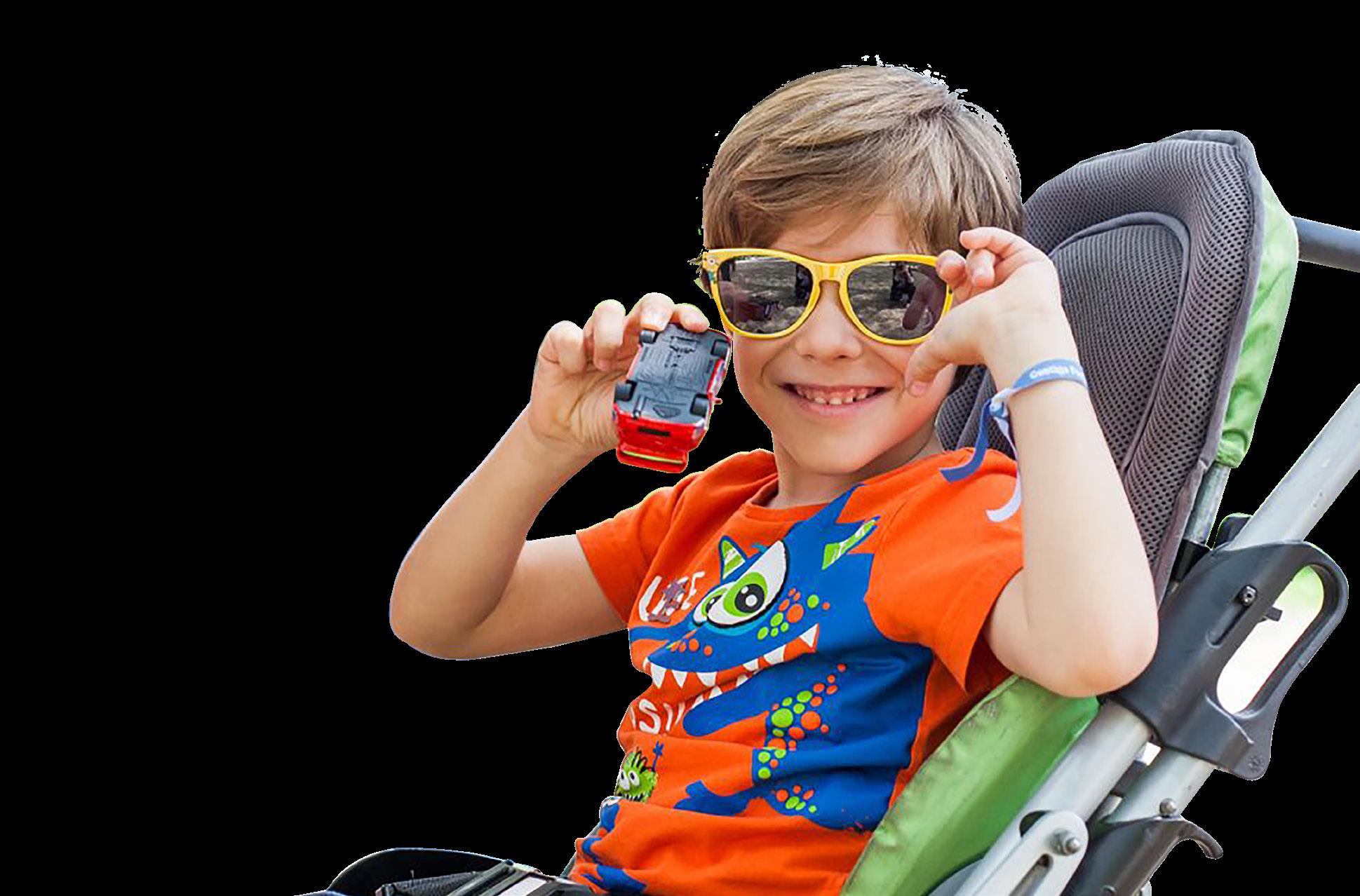
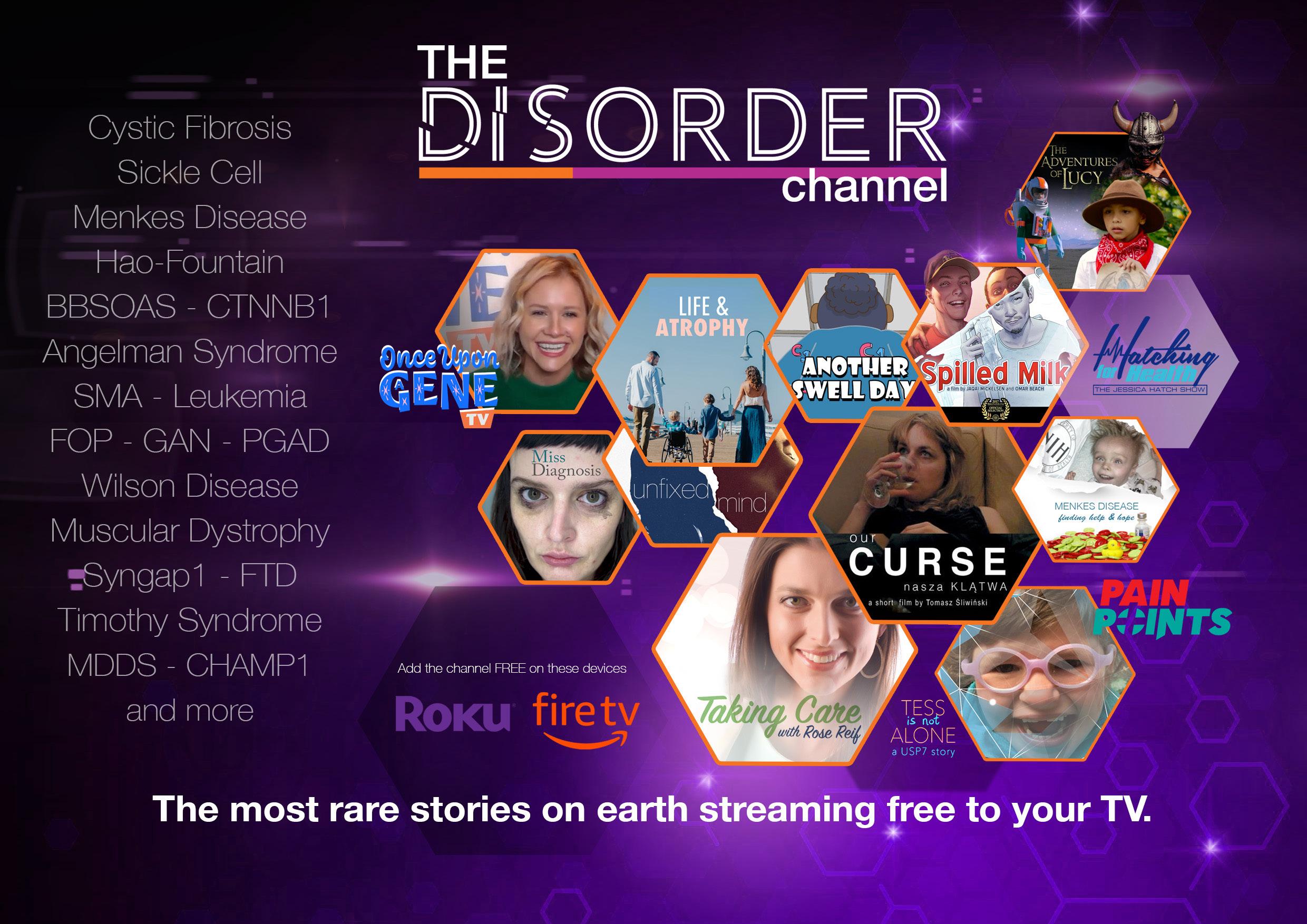


Please share a little background about your interest in rare disease, disability and cancer with us.
My journey into rare diseases and cancer is deeply rooted in my scientific background. From school age I was fascinated by how our genes function, how we develop and how a tiny difference in our genetic code can have such a wide-reaching effect. These effects can be seen in individuals with rare diseases as well as within cancers, where mutations in our genes result in abnormal (tumour) cell growth.
I initially focussed on cancer, during my PhD, looking at how mutated
tumour genes regulate a molecule called P-glycoprotein which can cause drug resistance by pumping chemotherapy drugs back out of tumour cells. I later investigated how we can inhibit growth of tumour blood vessels to starve cancers of oxygen and nutrients. Part of this blood vessel growth control is through complex sugars on the cell surface, which are discussed by my previous coworker Cathy Merry in an article on page 60.
As rewarding as it was making even small discoveries, to add to a jigsaw puzzle of understanding, I found I enjoyed educating on scientific discoveries and helping put new therapies
into practice, so moved into medical communications. Working within large pharmaceutical companies, the striking need for treatments in a myriad of rare diseases and the promising therapies under development caught my attention from
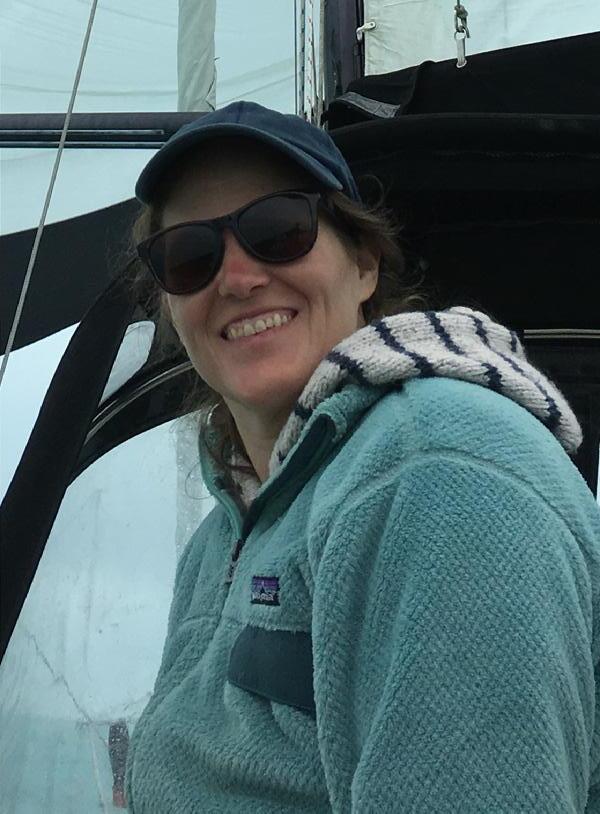
both a humanistic and scientific perspective. Through initially working with Ceridwen Hughes, founder of Same but Different on a Rare Disease Day campaign, I later joined the team to help raise awareness and understanding of rare conditions.
What drives you?
From a professional perspective what drives me is the potential of scientific advances to make a significant difference to individuals living with rare diseases and cancer. I find the strength and determination of those we connect with through Same but Different to make the most of life and help others, whilst facing difficult circumstances, very humbling. I am keen to use the combination of my scientific expertise and storytelling skills to highlight patient experiences, educate broader audiences, and advocate for meaningful change.
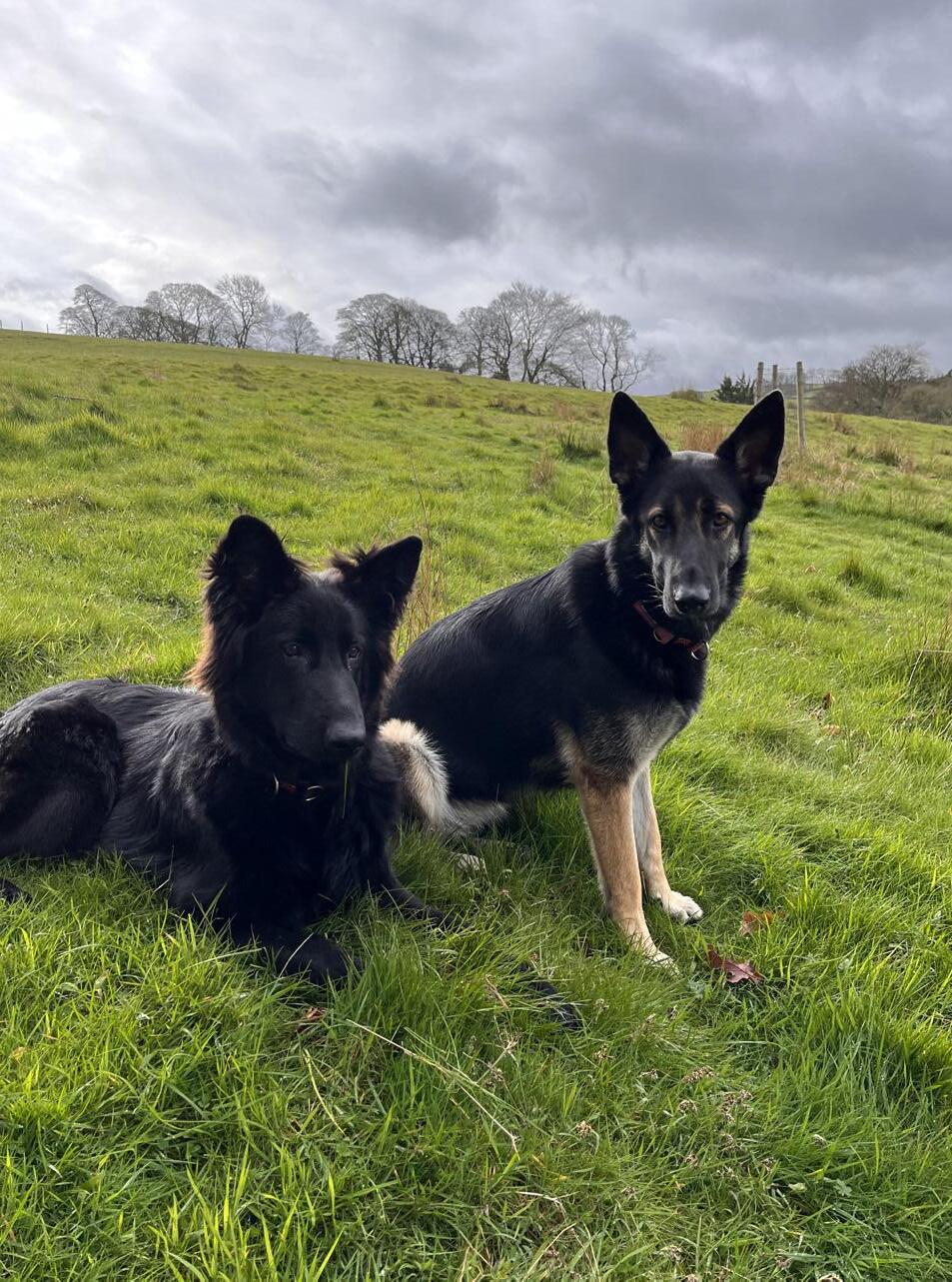

From a personal perspective, after growing up surrounded by the buzz of my mum’s large family, this was always something I longed to recreate. Alongside my husband, I’ve always worked hard to give our four children a good upbringing and a loving environment, which I think we have achieved. However, losing my eldest son, Jacob, at 23, through a road accident 16 months ago heightened my sense of mortality and the importance of making the most of every day as he did. One of his favourite sayings amongst his friends, even when things were not going so well was, ‘it’s a beautiful day.’ I strive to remember this in difficult moments and encourage my family to try to stay positive and make choices for an enjoyable and fulfilling life.
What is the change you would most like to see, or hope for, within your field over the next 20 years?
While advancements in personalized medicine and genetic therapies promise revolutionary treatments, what I hope to see is progress in the ease and cost of their development, allowing access for all. Considering the rapid advancement in vaccine design and production during Covid due to innovative approaches such as mRNA technology, collaborative global efforts and regulatory fast tracking I believe accelerated development of rare disease and cancer treatments is achievable. I’m excited to see how further development of artificial intelligence and robotics will also aid drug development.
Ground-breaking treatments need to be accompanied by an integrated approach to rare disease treatment
and awareness where patient voices are at the forefront of research, policy-making, and healthcare delivery. Real change will come from prioritizing patient-centric care models that address the holistic needs of those affected by rare diseases or cancer.
If you could offer any advice to individuals or families on their own medical jouneys what would it be?
While not having lived experience, I have been inspired and educated by the rare families we have engaged with. For families navigating rare disease or cancer journeys, remember
you’re not alone. Seek out and engage with patient advocacy groups and communities. These organizations offer invaluable resources, support, and connections to others facing similar challenges. Embrace every small victory and maintain hope, even in the face of adversity. Your experiences and stories are powerful tools for advocacy and awareness—use them to foster change and inspire others.
What do you do for yourself?
I’ve always loved the outdoors, everything from growing my own vegetables, walking our
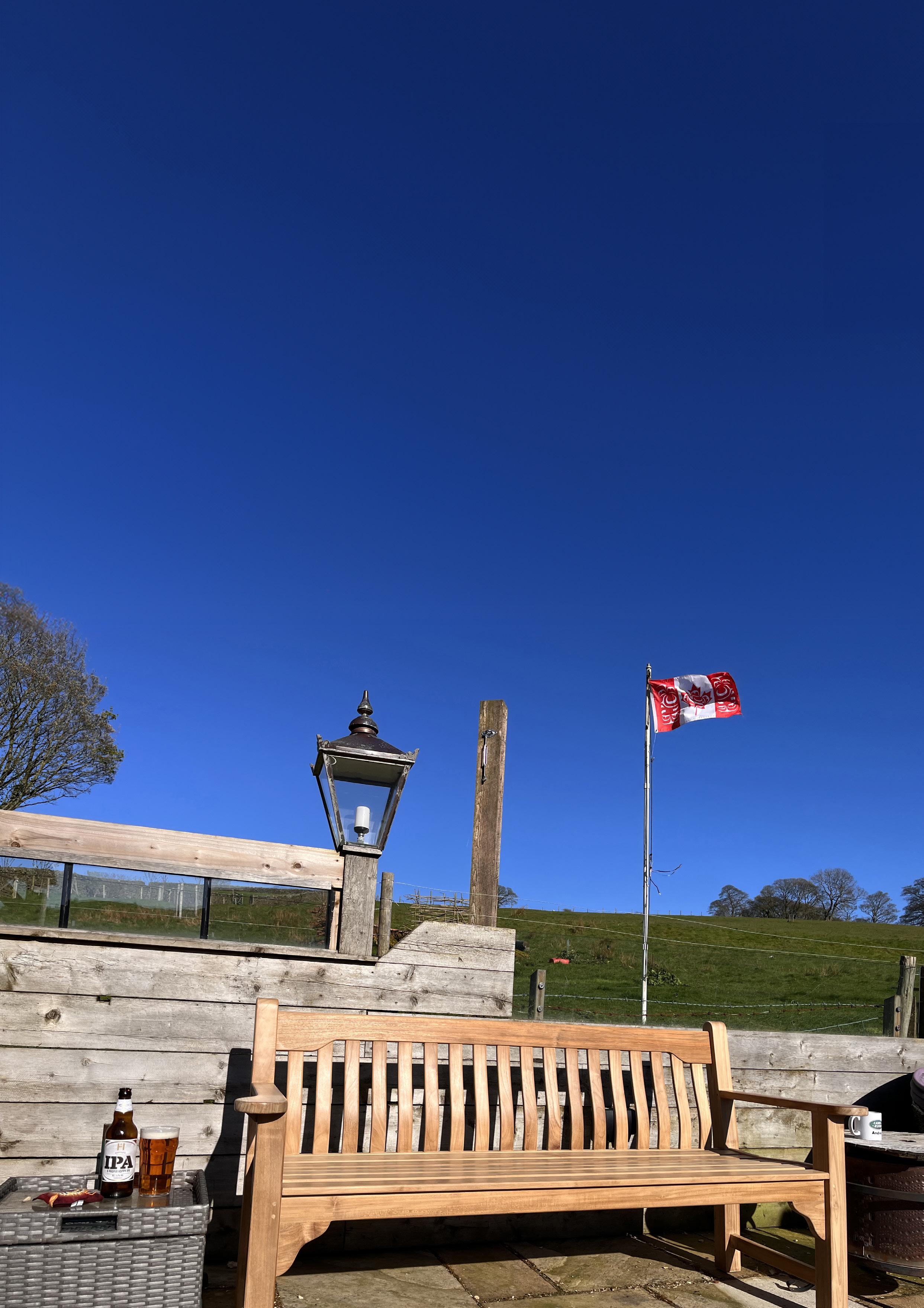
German Shepherd (GSD) and Shepsky dogs to water sports. Our dogs are great companions, especially with the children all almost grown up now, though training them is an ongoing challenge! One of our favourite TV programmes, is ‘Dogs Behaving Very Badly ’ which even Jake our all black young GSD is engrossed in.
In the summer my favourite activities are paddleboarding and sailing off the coast of Anglesey. The sea gives a profound sense of freedom and connection to nature, a feeling of tranquillity and a touch of adventure, allowing a break from everyday life.
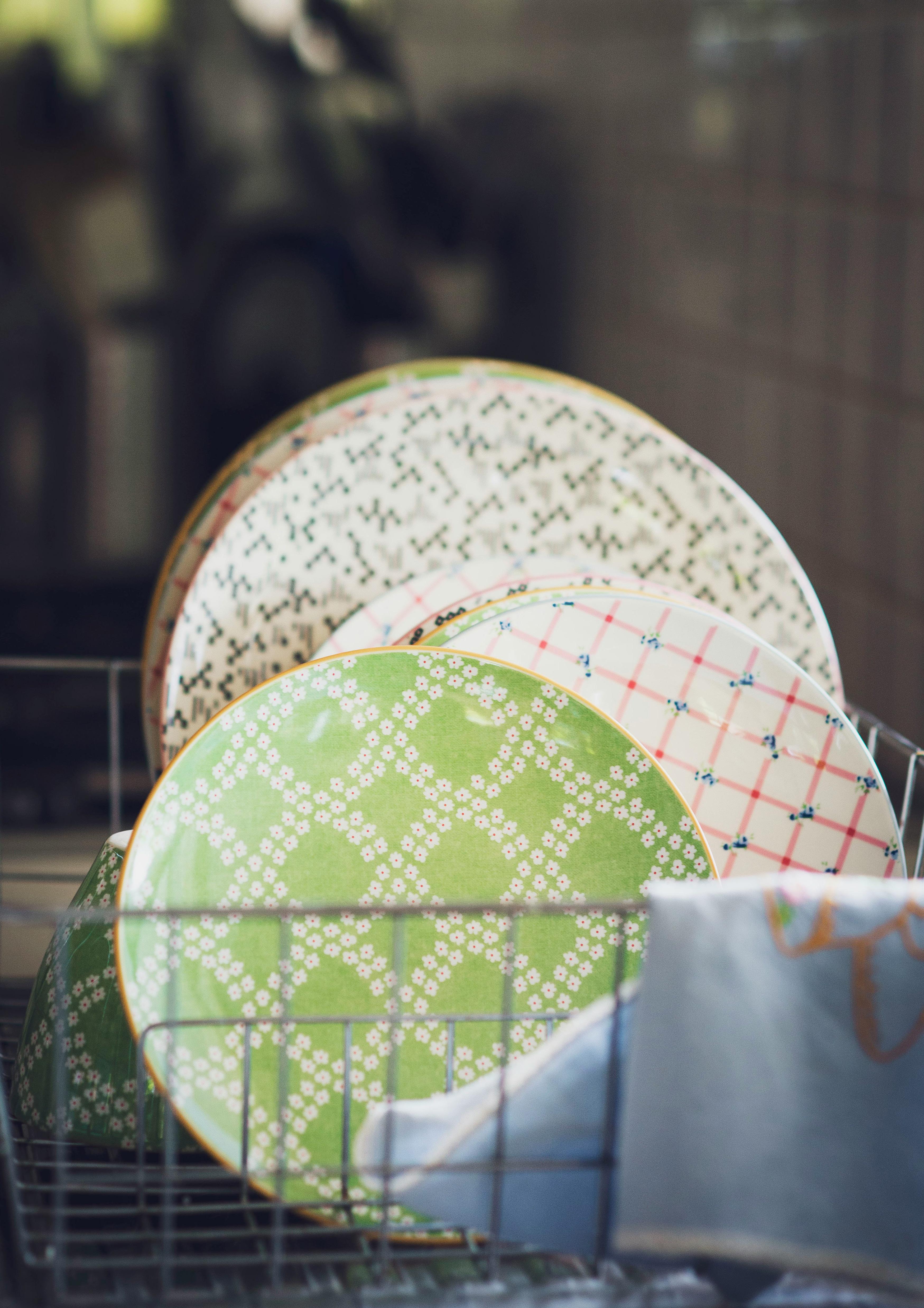
It’s that time of year again –spring! The season of renewal, with spring plants starting to bloom, some glimpses of the warmer weather creeping in, and of course the longer days with more daylight hours. It is truly no wonder that it’s one of the favourite seasons for so many. And of course, what else goes hand in hand with spring if it’s not a good clean and a thorough declutter of your home?
Spring cleaning has many possible benefits, including potentially boosting your mental health and wellbeing. So, if you think that cleaning and decluttering might help ease your stress, reduce your anxiety, and lift your mood, then there is nothing to lose by grabbing your cleaning things and getting started.
A messy or cluttered home can be so distracting, and can also feel overwhelming. The initial start can be hard, and finding a source of motivation is key, but the feeling of accomplishment after you have decluttered and cleaned can boost your mood and reduce stress, and better enables you to relax in your own home. Below we have listed five key benefits to starting your spring with a great clean and declutter.
De-stress and unwind: OK so initially with the all the cleaning and the decluttering you may not feel stress-free or relaxed! After all, not everyone finds cleaning fun or enjoyable - for me it’s a chore and I can’t help but feel that there are plenty of other things I could be doing with my time. And, if you’re already running a busy home, perhaps with pets and/or children then yes, it’s a mission to keep it clean. However, being
able to sit and unwind in a clean, tidy, fresh smelling room is always a great reward for me. I like to have a little bit of peace with a coffee and some me time. Plus, I am not running around like a crazy lady when a guest decides to drop by.
Improves creativity, concentration and productivity: Having a decluttered space can improve your concentration and productivity. If you work from home, or are creative, and there is a real benefit to having the right space that is working well for you. There is nothing inspiring about being surrounded by mess, and I am a lot more productive when my workspace is clear and tidy. I find having a list of things to work through easier, especially if I am not distracted by making other lists of cleaning or jobs simply from looking around the room!
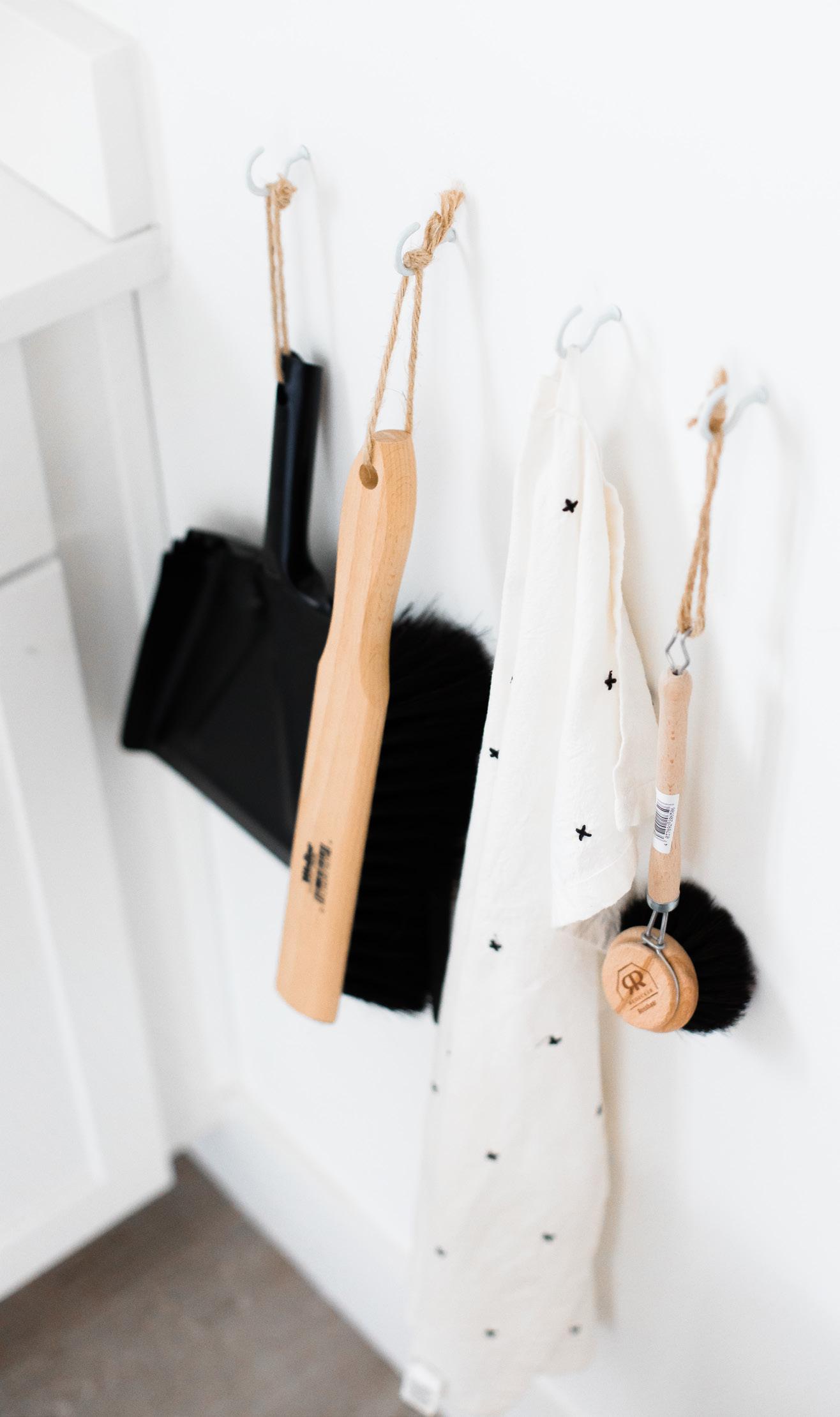
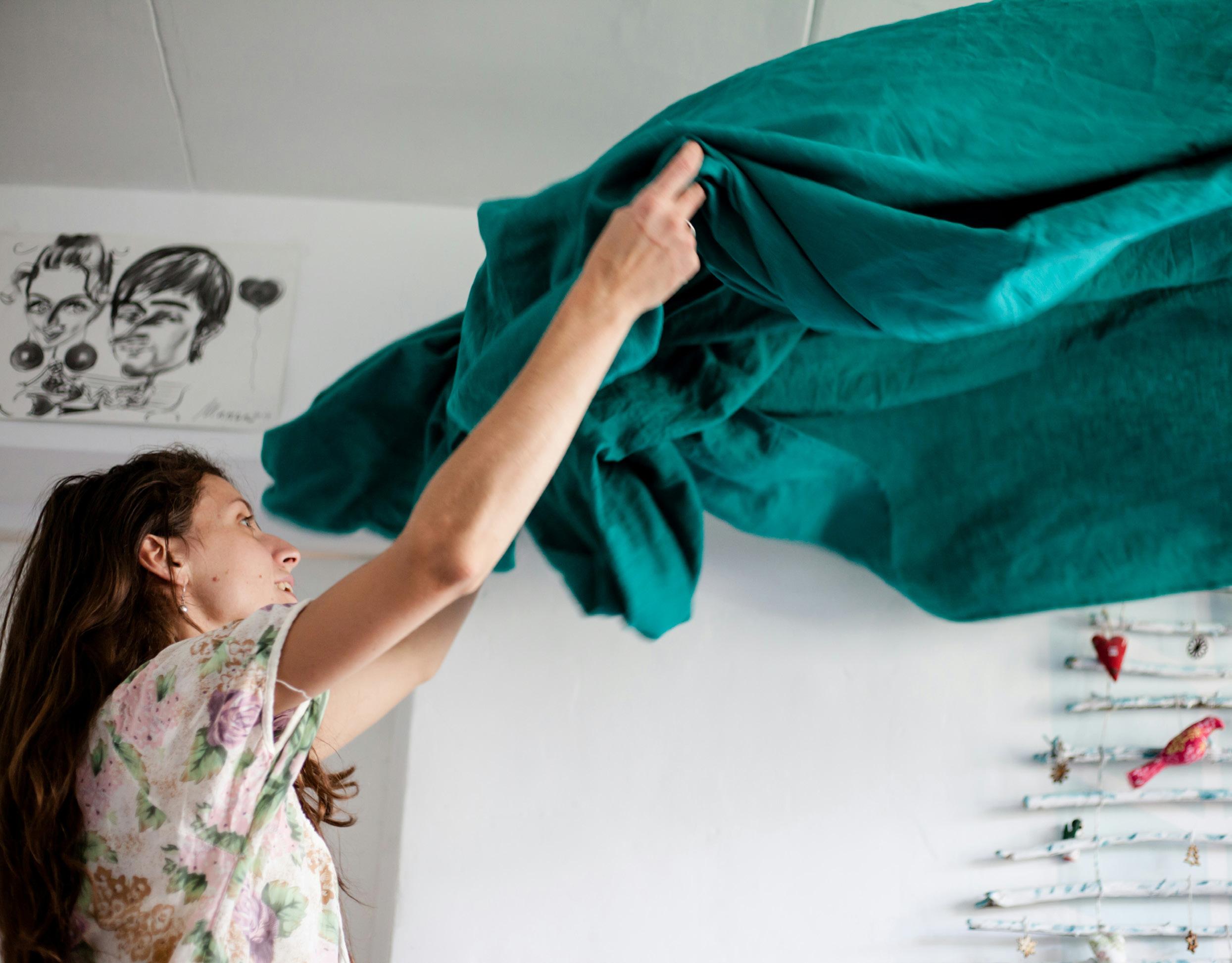
Boosts your health: The very real and physical act of cleaning has health benefits too. We all know about getting our daily steps in, or that moving is good for us, especially if you live quite a sedentary life. So, pushing the hoover around for example gets us up and moving which will boost physical wellbeing. I like to stick on some uplifting music, usually an 80’s pop music playlist and away I go –yes, I know it is not for everyone but it motivates me to dance around with the duster. During the Covid pandemic we all became hypervigilant with our cleaning, I remember going as far as to disinfect the food from the shops where I could! Of course this was done in panic mode, but it did boost our health, and we had fewer bugs in our homes. In addition, keeping many allergies at bay is another upside of a clean home.
Gives you a sense of accomplishment: Going from chaos to zen can boost your self-esteem, giving you a sense of achievement. Spring cleaning can have a significant impact on reducing stress and anxiety levels. Cluttered and disorganised living spaces can lead to feeling overwhelmed and anxious, which can contribute to stress and negatively impact mental health. The Anxiety and Depression Association of America has noted that ‘The actual physical activity of cleaning – when coupled with a cleaner house – can lead to a reduction in anxiety and overall depressive symptoms.’ By decluttering and organizing your living space, you can reduce stress and promote mental well-being, and that is a great reason to get stuck in.
Improves sleep: Keeping the bedroom free from clutter is also a fantastic way to enjoy your space, and to wake up feeling calm without the stress of looking at all the mess
when you are just starting your day. Plus, is there anything better than crawling into your bed when it is freshly washed and clean? It is one of my absolute favourite simple pleasures in life. I must admit I do enjoy the laundry-boosting beads and the fabric conditioner smells so much, they lift my mood and I always have a great night’s rest. Many studies have been conducted on the impact of sleeping in clean bedding and the results all say that most people feel more rested and get a better night’s sleep. And as poor sleep has been linked to some mental health issues, including depression and anxiety to me the effort of changing the bed linens is worth it!
Of course the stress can be overwhelming if you have a busy home, or a lot of clutter, and the not-knowing where or how to start can negatively affect you. My advice is to just start small if a full-on spring clean is just too much… as it is for me at times. I just
panic, become anxious and then nothing gets done, so I start small. Pick a room to concentrate on, and if that is too much, pick an area in the room. Or even just a drawer, after all we all have ‘the’ drawer where everything gets chucked in don’t we? Surely it’s not just our house! The sense of that small achievement can spur you onto the next area or room.
Sometimes I will write a list of what needs doing – and yes, I do delegate to the family, a small job or three to help. Spending a few minutes tidying up each day will make future cleaning easier and less time-consuming. The best part about not having to spend weekend hours cleaning? You will be able to spend more time doing things you want to do; like trying new recipes, spending time with loved ones, or getting in a quick workout if that’s what you enjoy. For me it’s the simple pleasure of a family movie night with treats and cuddles in our own space that gives me the most motivation.
 Photograph by CDC, Unsplash
Photograph by CDC, Unsplash

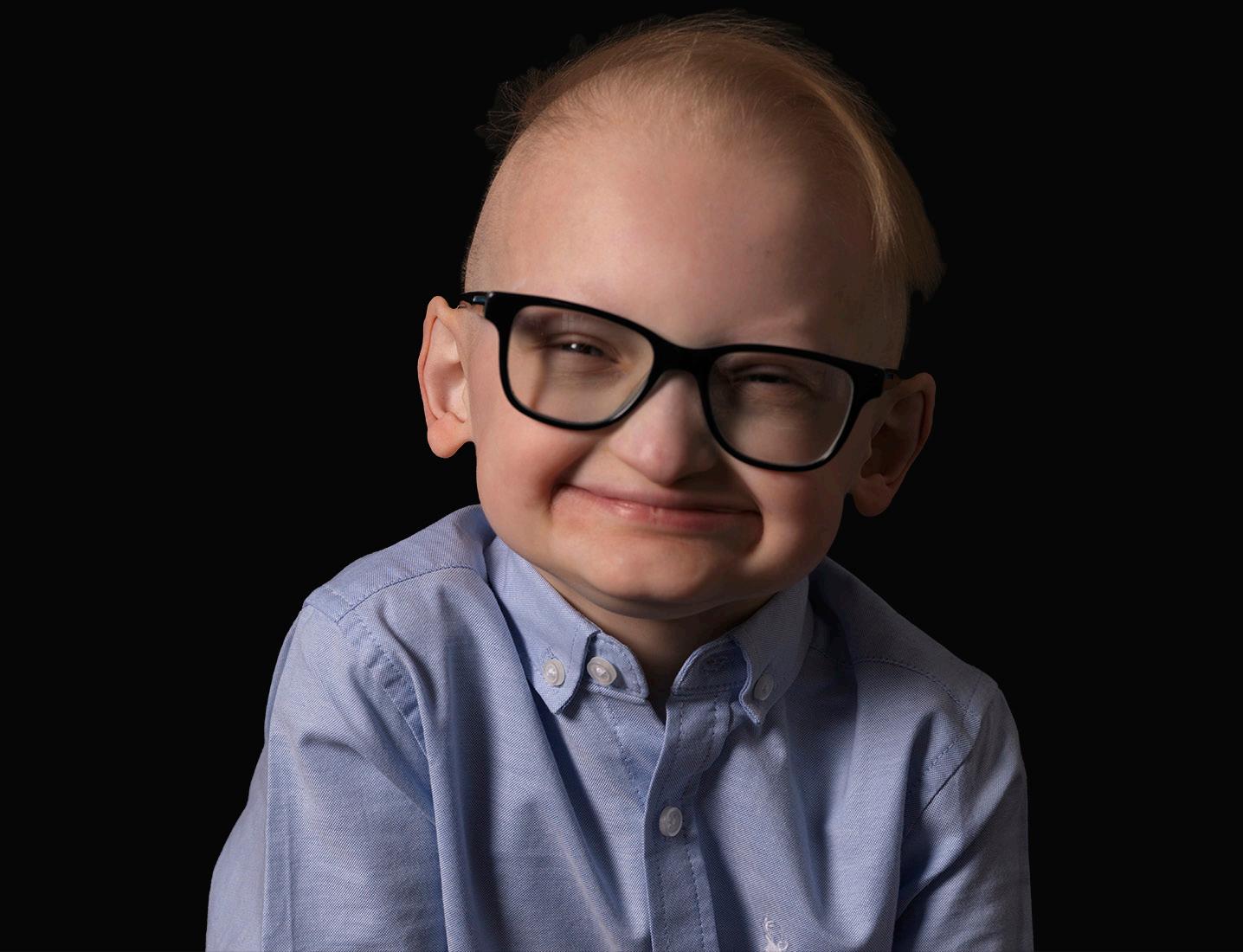
At Same but Different, we strive to make a positive difference to the lives of those affected by rare diseases. Through our Rare Navigator service, we offer emotional and practical support and information to individuals, their families and all involved in their care, from the point of diagnosis and beyond.
At Same but Different, we strive to make a positive difference to the lives of those affected by rare diseases. Through our Rare Navigator service, we offer emotional and practical support and information to individuals, their families and all involved in their care, from the point of diagnosis and beyond.
Our individualised support and advocacy service aims to ensure that each family is able to access the level of support they require to meet their needs. Our team can help you to access beneficial services and equipment, and can provide helpful information, tools and resources that encourage understanding of rare diseases and how it may affect your family.
Our individualised support and advocacy service aims to ensure that each family is able to access the level of support they require to meet their needs. Our team can help you to access beneficial services and equipment, and can provide helpful information, tools and resources that encourage understanding of rare diseases and how it may affect your family.
We work closely with national and local health and social care providers to ensure that our families are informed and have access to optimum care, treatment and services that can assist daily life and increase opportunities for independence and social interaction.
Our support area of North Wales will be expanded for the time-being and if we can't help you, we will put you in touch with our colleagues in disease specific support organisations. Katy Parry has a personal and professional understanding of the complexities and difficulties that families face and can support you in navigating your way through your rare disease journey. Some of the ways she supports families include:
Our support area of North Wales will be expanded for the time-being and if we can’t help you, we will put you in touch with our colleagues in disease specific support organisations. Katy Parry has a personal and professional understanding of the complexities and difficulties that families face and can support you in navigating your way through your rare disease journey. Some of the ways she supports families include:
•Home visits (whenever necessary)
• Home visits (whenever necessary)
•Supporting families to understand the choices of care that may be available
• Supporting families to understand the choices of care that may be available
• Helping families to access their local healthcare services
•Helping families to access their local healthcare services
We work closely with national and local health and social care providers to ensure that our families are informed and have access to optimum care, treatment and services that can assist daily life and increase opportunities for independence and social interaction.
For more information, please contact us on enquiries@samebutdifferentcic.org.uk or call 01352 757007
For more information, please contact us on enquiries@samebutdifferentcic.org.uk or call 01352 757007
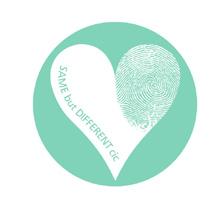
•Liaising with local health and social care teams, which may include your Occupational Therapist, Speech and Language Therapist or Social Worker
• Liaising with local health and social care teams, which may include your Occupational Therapist, Speech and Language Therapist or Social Worker
•Working with schools and teaching staff to provide information to support children in attending and achieving at school
• Working with schools and teaching staff to provide information to support children in attending and achieving at school
•Accompanying individuals and families to clinic appointments or meetings.
• Accompanying individuals and families to clinic appointments or meetings.
Same but Different cic, The Old Chapel, 91 Wrexham Street, Mold CH7 1HQ www.samebutdifferentcic.org.uk
 Photograph by Ceridwen Hughes
Photograph by Ceridwen Hughes
A CANCER CARE GIFT GUIDE
www.thortful.com
www.goodreads.com
www.liz.oriordan.co.uk
www.amazon.com
www.portoandbello.com
www.turtle-doves.co.uk
www.laroche-posay.co.uk
www.tropicskincare.com www.boots.com www.maggies.org shop.macmillan.org.uk www.medicalnewstoday.com www.nhs.uk
BRINGING COMMUNITIES TOGETHER AT THE SENEDD
www.samebutdifferentcic.org.uk/ whatmattersmost www.mariecurie.org.uk www.hospiceuk.org www.tnlcommunityfund.org.uk
DANCING TO A DIFFERENT TUNE
www.stxbp1disorders.org www.globalgenes.org
FACING THE FUTURE www.facialpalsy.org.uk www.moebiussyndrome.org
FINDING A WAY TO BE OK
www.peeps-hie.org
GROWING AS A PERSON THROUGH LOVE
www.livingwithxxy.org
www.lukeadamhawker.com www.instagram.com/ lukeadamhawker
MEET THE PROFESSIONAL www.rcotss-ip.org.uk www.wfot.org
PERFECTLY PERCY
www.pwsa.co.uk
RARE DISEASE ACRONYMS
www.samebutdifferentcic.org.uk/ acronyms
SMADVOCACY
www.sma-europe.eu
STEPPING IN STYLE
www.friendlyshoes.co.uk
www.specialkids.company
www.billyfootwear.com
www.marksandspencer.com www.nike.com
www.mountainwarehouse.com
STYLE
www.instagram.com/ madeupbycathryn
www.riverisland.com
www2.hm.com
www.marksandspencer.com
www.amazon.co.uk
UNRAVELLING THE SUGAR CODE
www.mayoclinic.org
www.ncbi.nlm.nih.gov
www.rarediseases.org
www.mpssociety.org.uk
VIBRANT VALENCIA
www.accessiblespaintravel.com
www.ilunionaqua4.com
www.inglesboutique.com
www.hospes.com
www.tabernacasera.com
www.restaurantekarak.com
www.grupogastrotrinquet.com
WHAT WE’RE INTO
www.michaelandmomtalkcancer.com
www.yellowkitebooks.co.uk
www.netflix.com
5 QUESTIONS WITH www.sbdcreative.co.uk
Supported by:



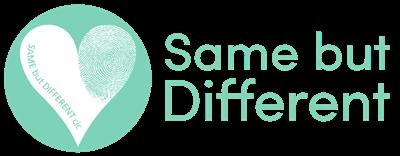

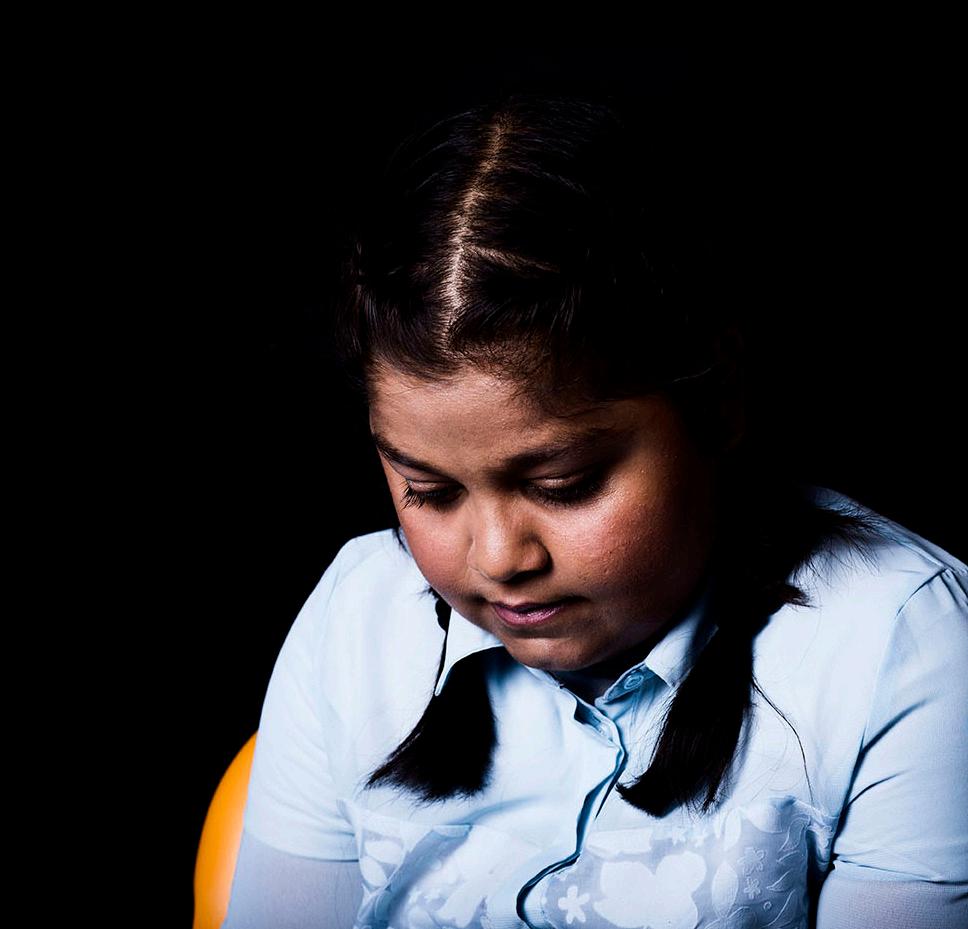
We produce powerful films, strong imagery & compelling narrative; creating a visual storytelling experience that allows you to connect more closely with your audience.
We work with organisations, agencies and publications that love to make an impact. We can join as a creative partner and help shape the creative direction into an impactful photography campaign or film, or we can work to your brief.
Helping you connect to your audience with integrity.
Creativity. Collaboration. Empowerment.
Find out more by visiting: www.sbdcreative.co.uk